
For the best Halloween movie night, it’s great to combine truly scary films with fun, feel-good options. This list offers a mix of famous slasher movies, spooky supernatural thrillers, beloved animated films, and hilarious classics to capture the Halloween spirit for everyone. You’ll discover stories about small-town mysteries, haunted homes, playful witches, and even kind ghosts, all perfect for turning a regular night into a complete, themed movie marathon.
Every suggestion comes with a description of the movie, information about its creators, and why it’s a great addition to your Halloween movie night. Use this information to create a varied watchlist – mixing scary favorites with lighter, more fun options – to keep the party lively and ensure everyone finds something they’ll enjoy.
‘Halloween’ (1978)
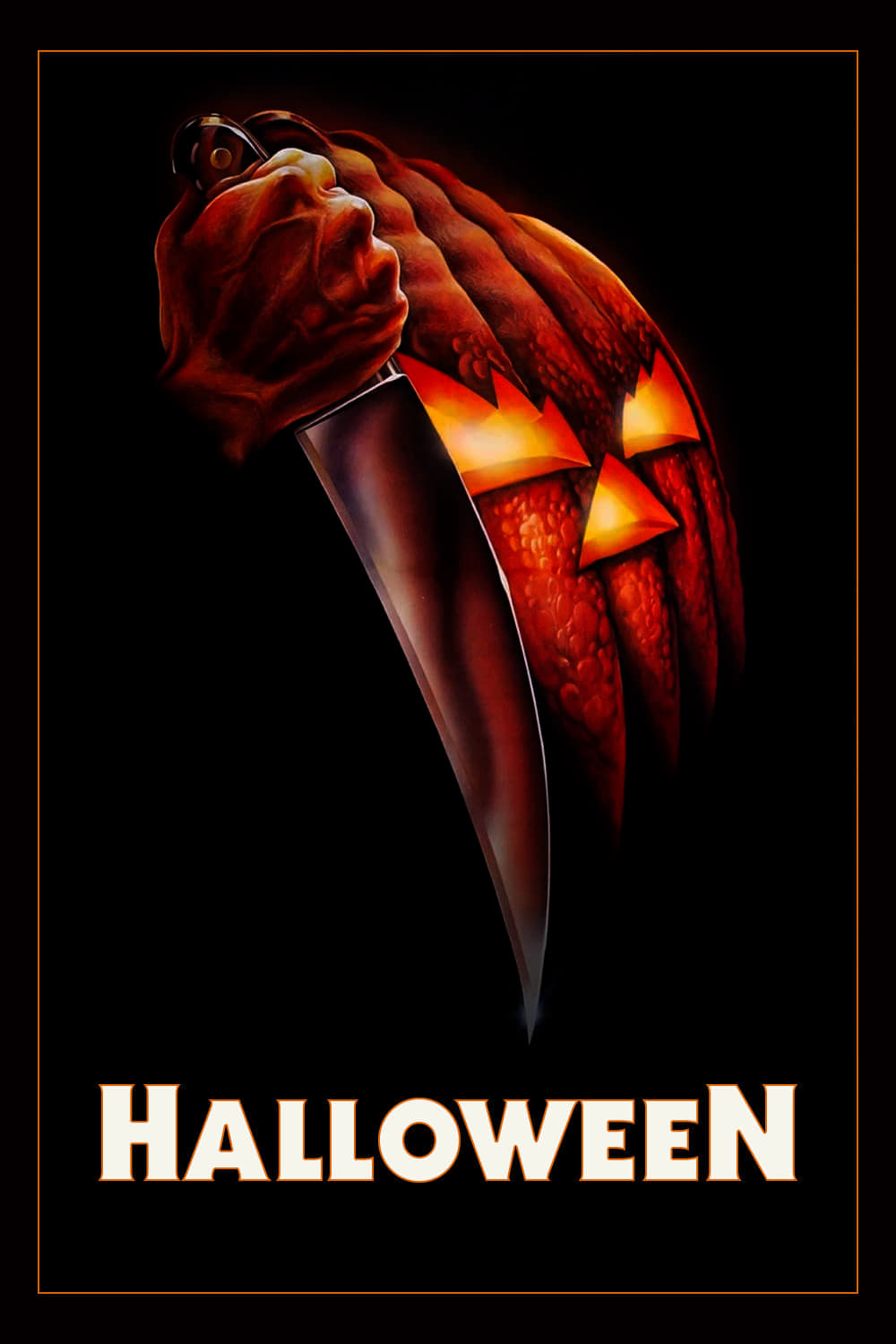
John Carpenter’s low-budget horror film centers around babysitters in a quiet neighborhood when Michael Myers comes back to his hometown on Halloween. The movie became known for its simple but effective visuals, a hauntingly sparse musical score, and the iconic masked killer, all of which heavily influenced many subsequent holiday-themed thrillers.
The film expertly builds suspense using extended shots and thoughtfully composed perspectives, making it easy for groups to follow along. Its format also allows for seamless breaks to enjoy snacks or play games without getting lost in the plot.
‘Trick ‘r Treat’ (2007)
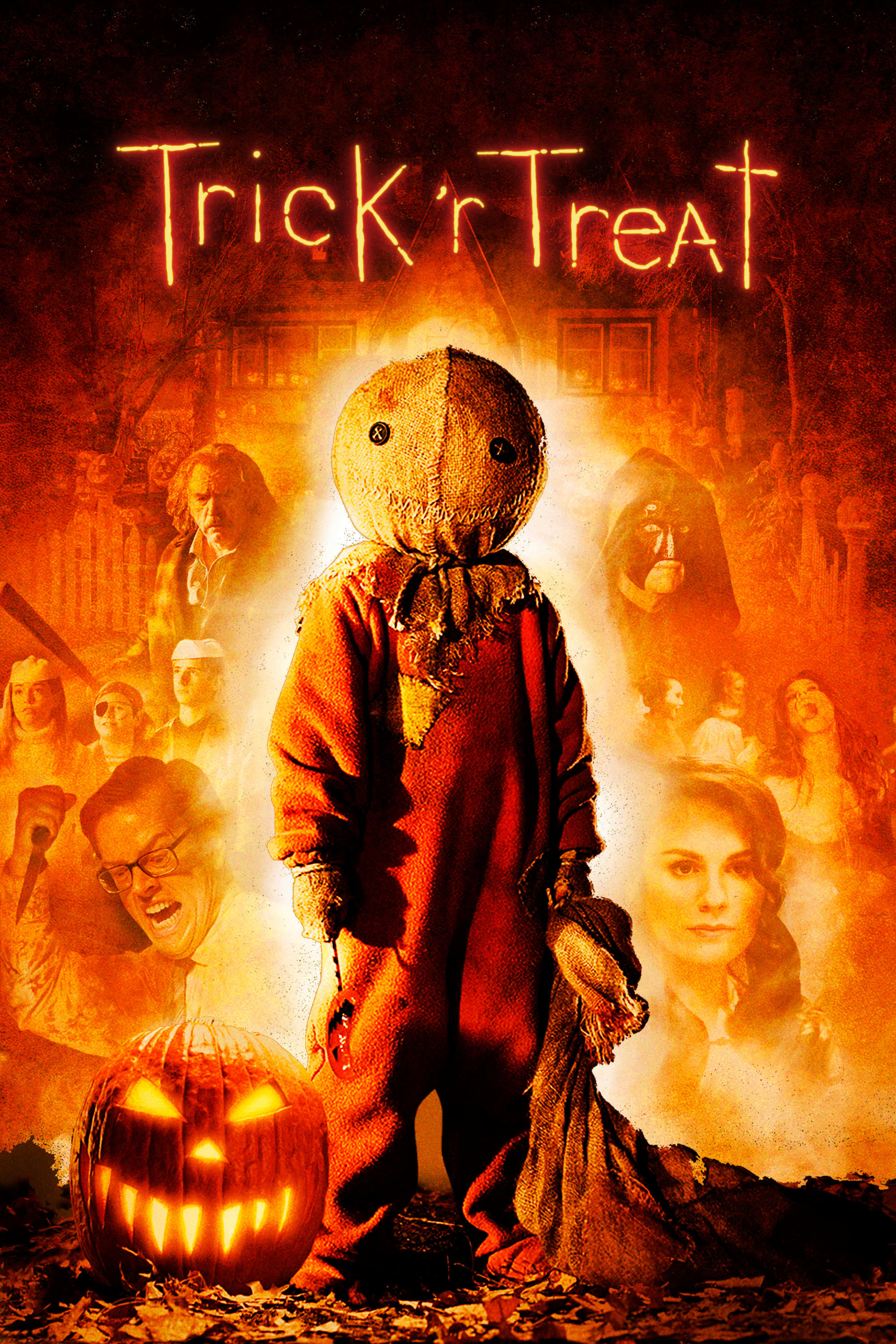
This collection of stories follows four different groups of people on Halloween night, all connected by a strange trick-or-treater named Sam. It cleverly brings together school stories, local traditions, and the problems that happen at parties, showing them all happening at the same time.
Because of its chapters being broken into separate segments, it’s perfect for gatherings – you can easily stop between stories to include activities. The film also encourages viewers to pay attention to the holiday’s traditions and decorations, giving you ideas for creating a themed atmosphere with props.
‘Hocus Pocus’ (1993)
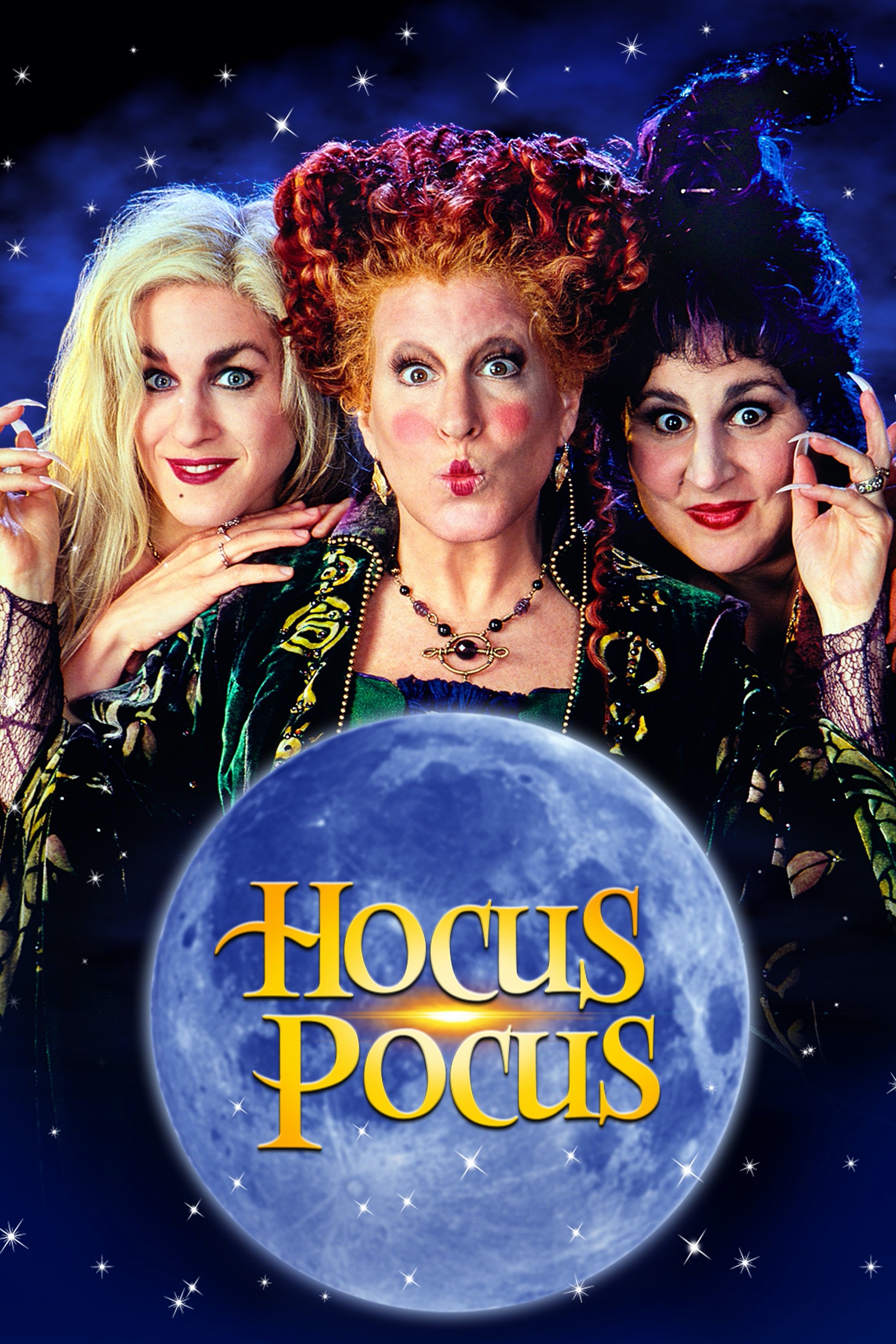
When a curious teenager ignites a black flame candle, three sisters mysteriously return to life and cause chaos in Salem. This story combines catchy musical numbers, charming talking animals, and just enough spooky moments to entertain viewers of all ages.
This is a reliable option for programming during the early evening, especially before showing anything too frightening. The themes of witchcraft and the bright, vibrant costumes also create a great atmosphere for family-friendly activities, like games, and enjoying pumpkin-flavored snacks.
‘The Nightmare Before Christmas’ (1993)
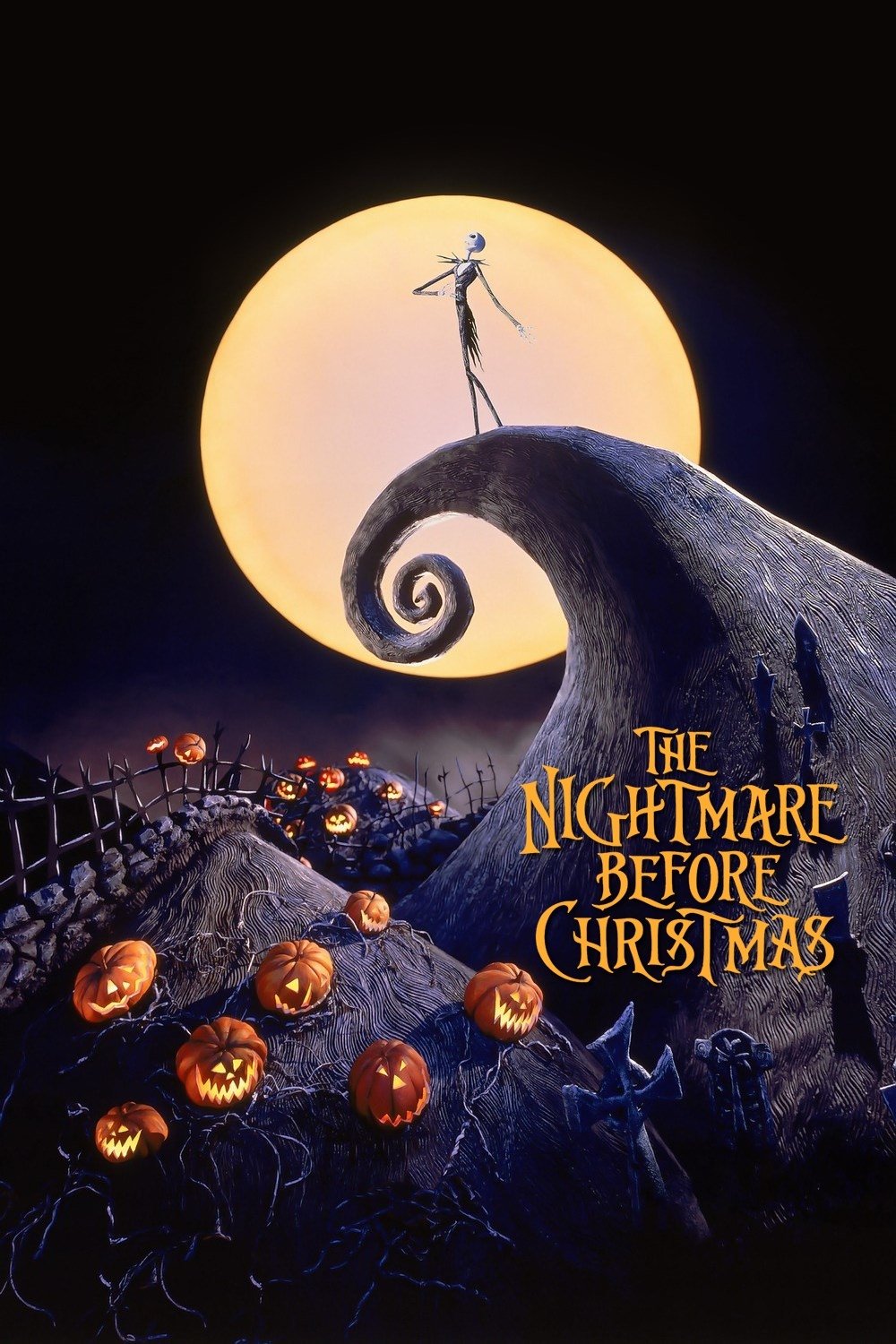
Jack Skellington stumbles upon a gateway to a cheerful town and gets the idea to bring another holiday back to his own world. The stop motion animation technique gives each character and every detail of the sets a wonderfully real, hands-on feel, perfectly matching the holiday theme. It’s a visually charming experience!
The songs help tell the story, holding the attention of children while older viewers admire the careful attention to detail. It’s perfect whether you’re watching it to get started with your day or as a relaxing way to end it and unwind. It works equally well as a warm up feature or a late night comfort rewatch to wind down.
‘Scream’ (1996)
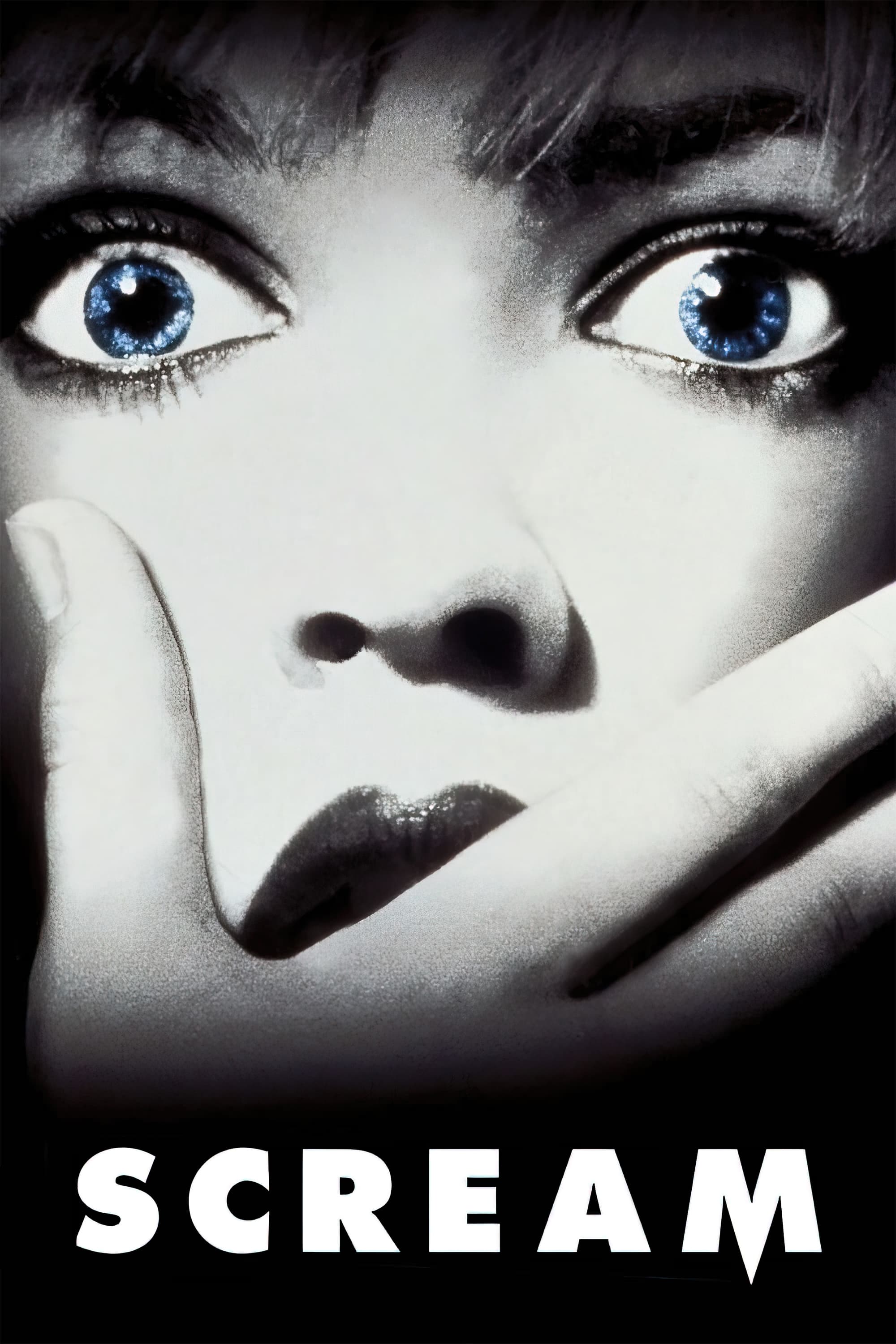
An anonymous caller terrorizes a group of high school friends, subtly referencing the rules of a horror movie. Wes Craven cleverly revisits classic horror themes, presenting a mystery that encourages viewers to try and figure out who’s behind the attacks. It’s a fresh take on a familiar formula.
As a big cinema fan, I think the ‘whodunit’ setup is brilliant for parties. It’s so engaging because everyone gets to follow the suspects and piece together the clues. Plus, the script often nods to older, classic mysteries, and that’s fantastic! It allows you to create a really rich and complex movie marathon experience, building on those references. It’s a great way to make an event feel truly immersive, and it’s a lot of fun!
‘The Exorcist’ (1973)

In Georgetown, a child’s possession compels a priest to grapple with his beliefs and anxieties, all within a realistic environment. The film relies on tangible effects and thoughtful sound work, which remain captivating even with distractions.
Due to its strong impact, this experience is ideal when the group is prepared for a deep dive. Dim the lights and minimize interruptions to fully appreciate the gradual unfolding and ceremonial elements.
‘Hereditary’ (2018)
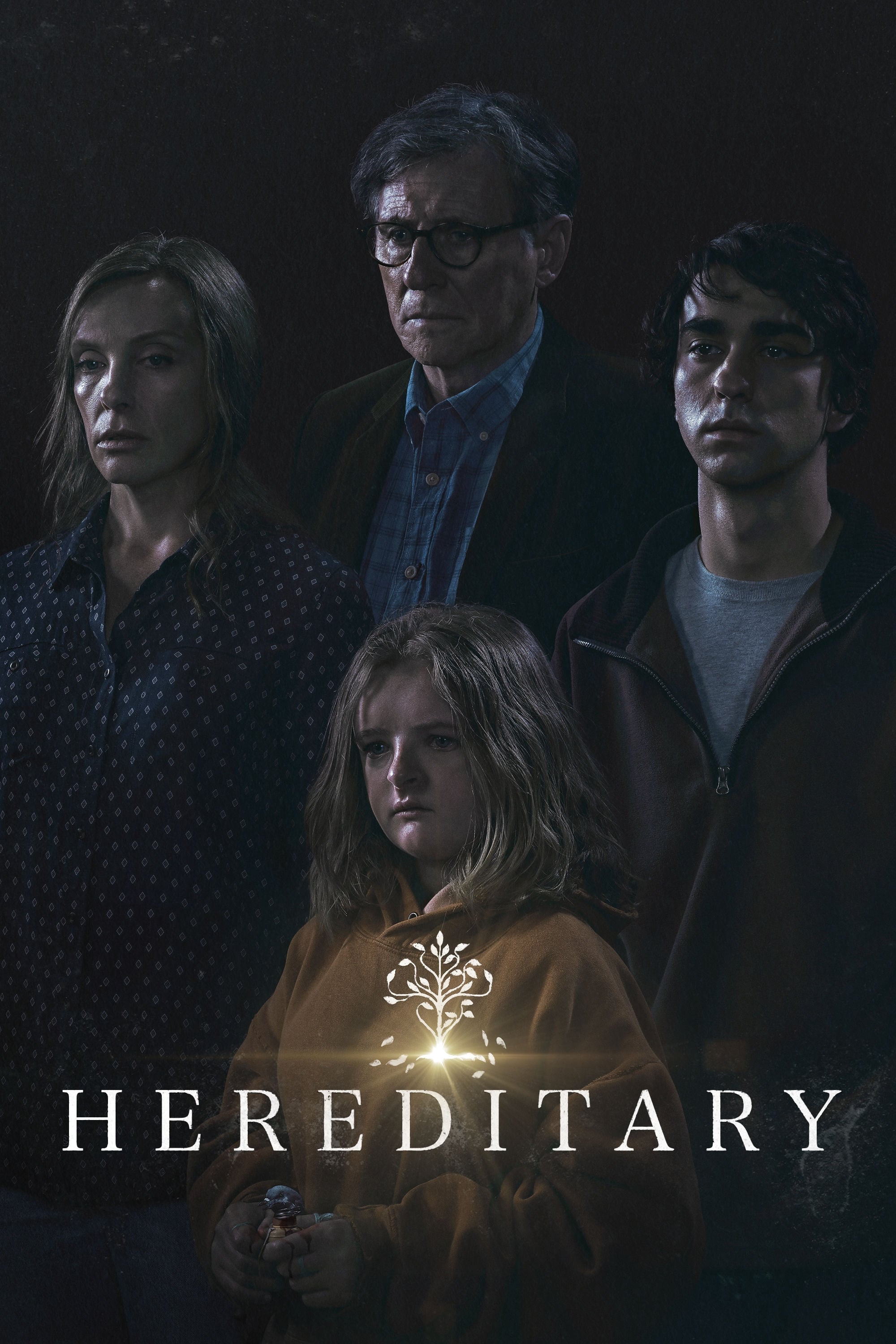
A family navigates sorrow that gradually uncovers a hidden, supernatural scheme. Ari Aster expertly crafts ordinary settings, building tension from subtle clues that escalate into intense shock.
This choice works best with a less boisterous audience, so it’s ideal to show it during the middle of a marathon after things have calmed down. The visual themes become clearer upon rewatching, making it a great pick for experienced horror enthusiasts.
‘The Conjuring’ (2013)
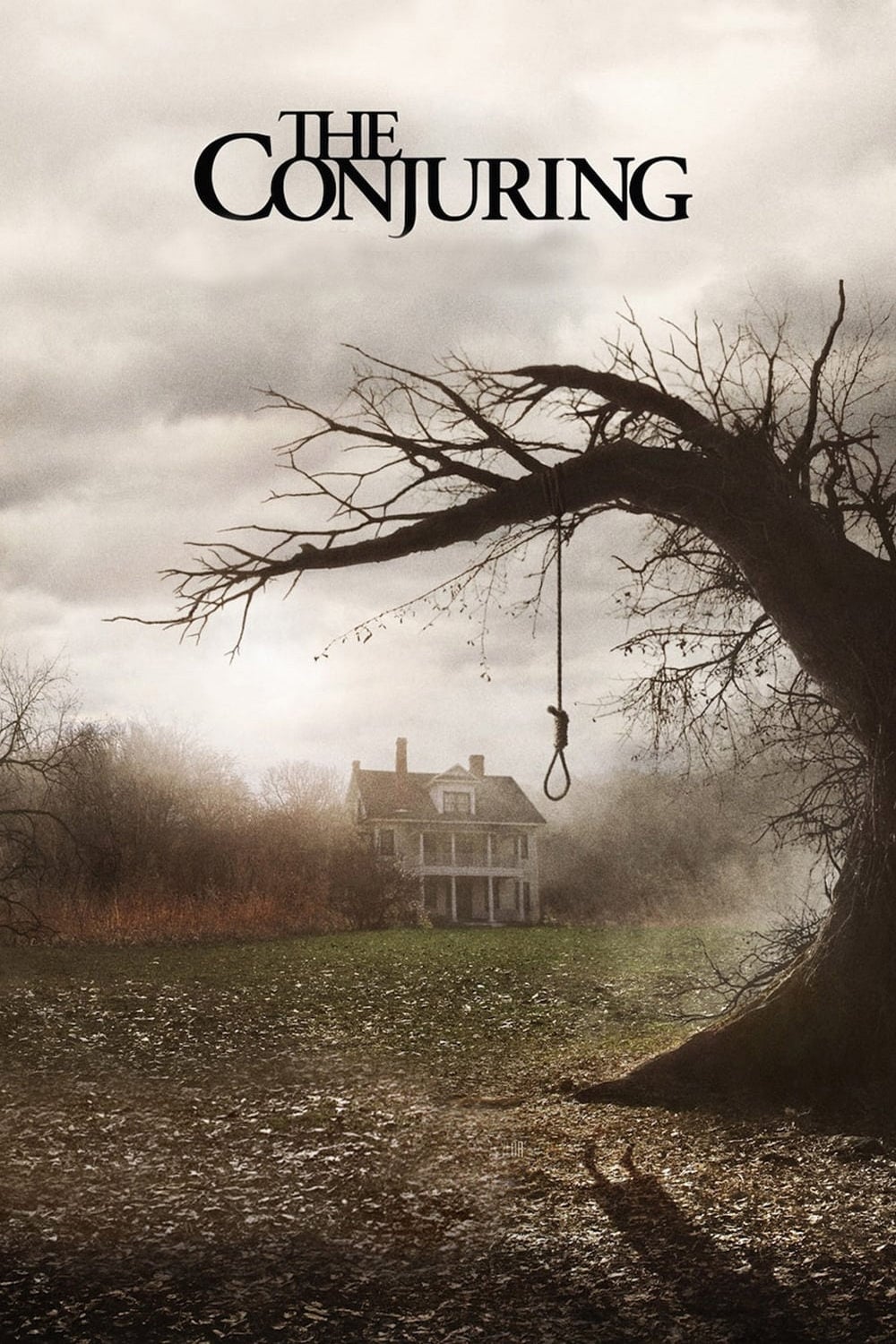
A team of paranormal investigators helps a family on a farm who are experiencing increasingly frightening events. The movie builds suspense by using a historical time period, deliberate camera work, and a well-defined layout of the farm’s rooms to direct the scares. It’s a slow burn, but effective.
The haunted house design is easy to understand for groups with varying experience levels, as the objectives and areas are well-defined. You could enhance the experience by adding a segment about a local urban legend or having a storytelling session between the main attractions.
‘Get Out’ (2017)
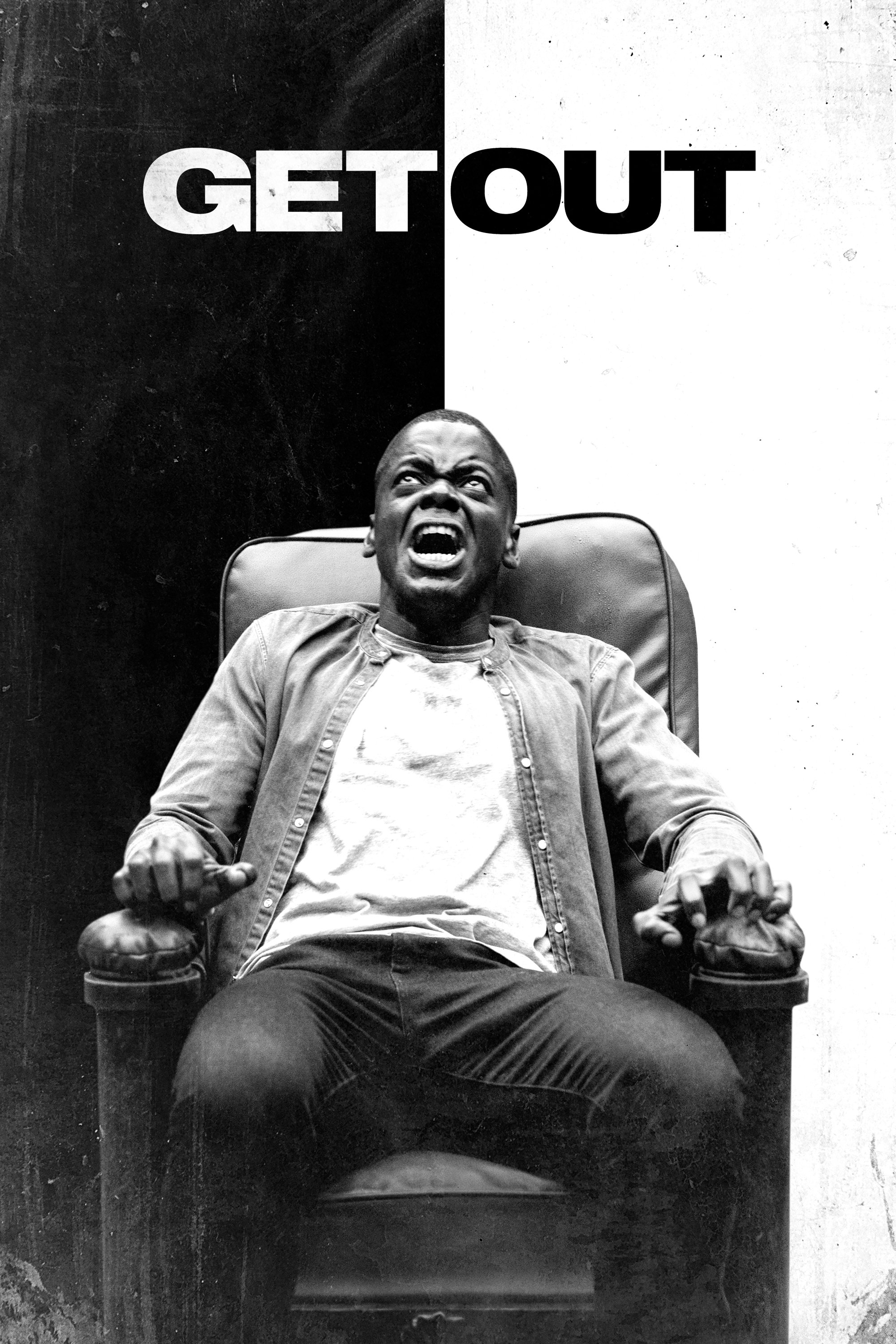
A photographer travels to his partner’s family’s estate, where pleasant social interactions conceal a deeply unsettling secret. The story builds tension and includes hints that become clear and satisfying upon subsequent viewings.
This is helpful for starting chats during breaks, as the visual and spoken clues are simple to remember. The game’s speed also maintains interest without needing frequent, startling moments.
‘It’ (2017)
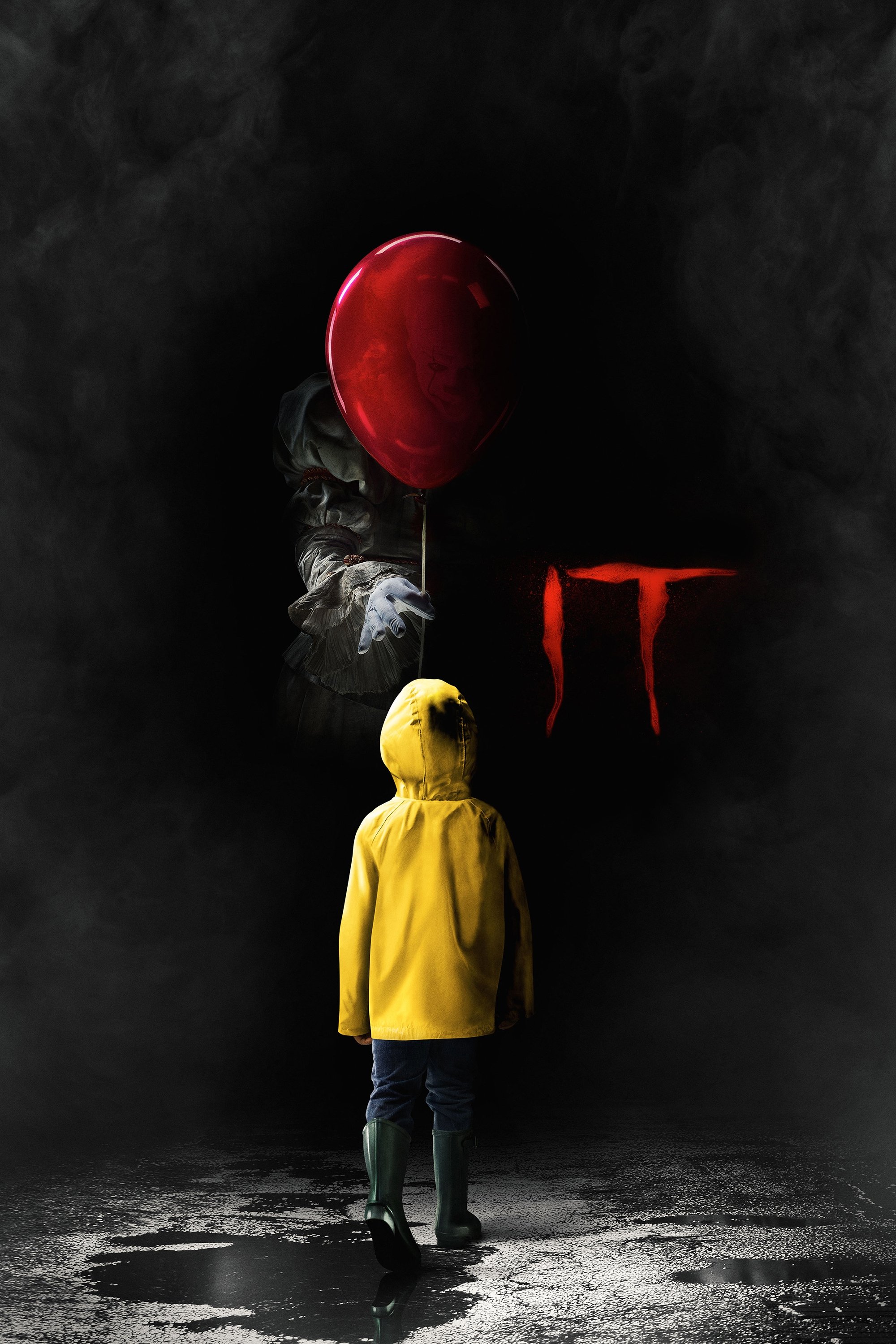
In a close-knit small town, a group of friends bands together to confront a creature that can change its form and reappears repeatedly. The narrative skillfully blends the nostalgia of childhood adventures with exciting, fast-paced action sequences.
The show’s strong cast of characters means everyone will likely connect with at least one person. It’s a good choice to play early in a series of shows, as its engaging pace helps build excitement for what comes next. The positive energy it creates carries over to the following selection.
‘Beetlejuice’ (1988)
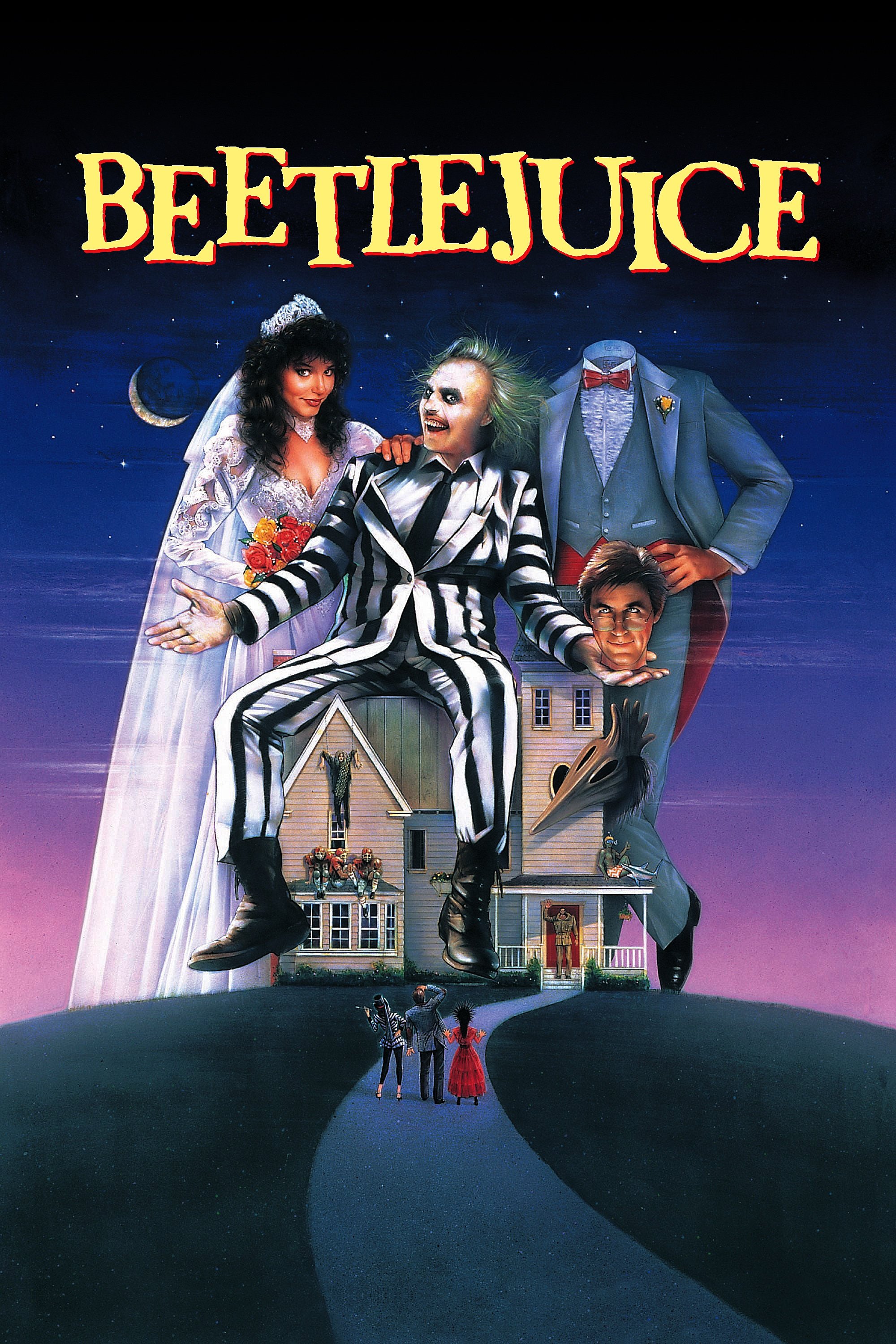
A recently departed couple enlists the help of a wild and unconventional specialist in biological exorcism to get their house back. The film’s visuals, crafted with Tim Burton’s signature style, are packed with striking makeup and clever, hands-on effects.
It also serves as a lighthearted comedic pause amidst more intense stories, all while maintaining a spooky atmosphere. The scenes and outfits lend themselves well to creating themed treats and photo opportunities for your guests.
‘Ghostbusters’ (1984)
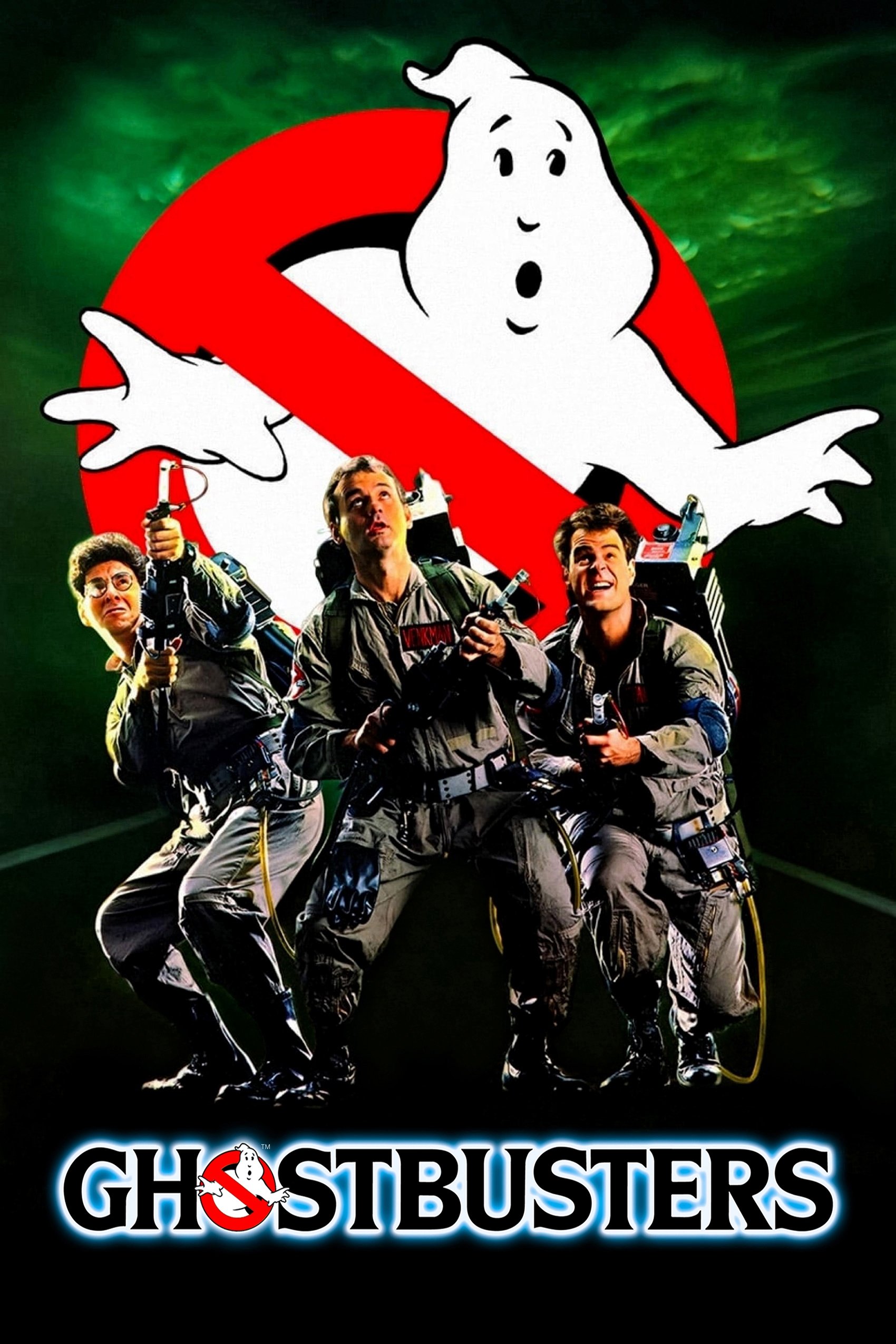
A team of entrepreneurs captures ghosts throughout New York City with self-made gadgets and risky strategies. The story quickly explains its guidelines, making it easy for new viewers to understand the equipment and vocabulary.
Since humor moves the story forward, it’s great for audiences of all ages and people tuning in and out. You can easily add things like fun facts about the tech or a fast costume contest without breaking the flow of the narrative. It seamlessly integrates these elements.
‘The Blair Witch Project’ (1999)
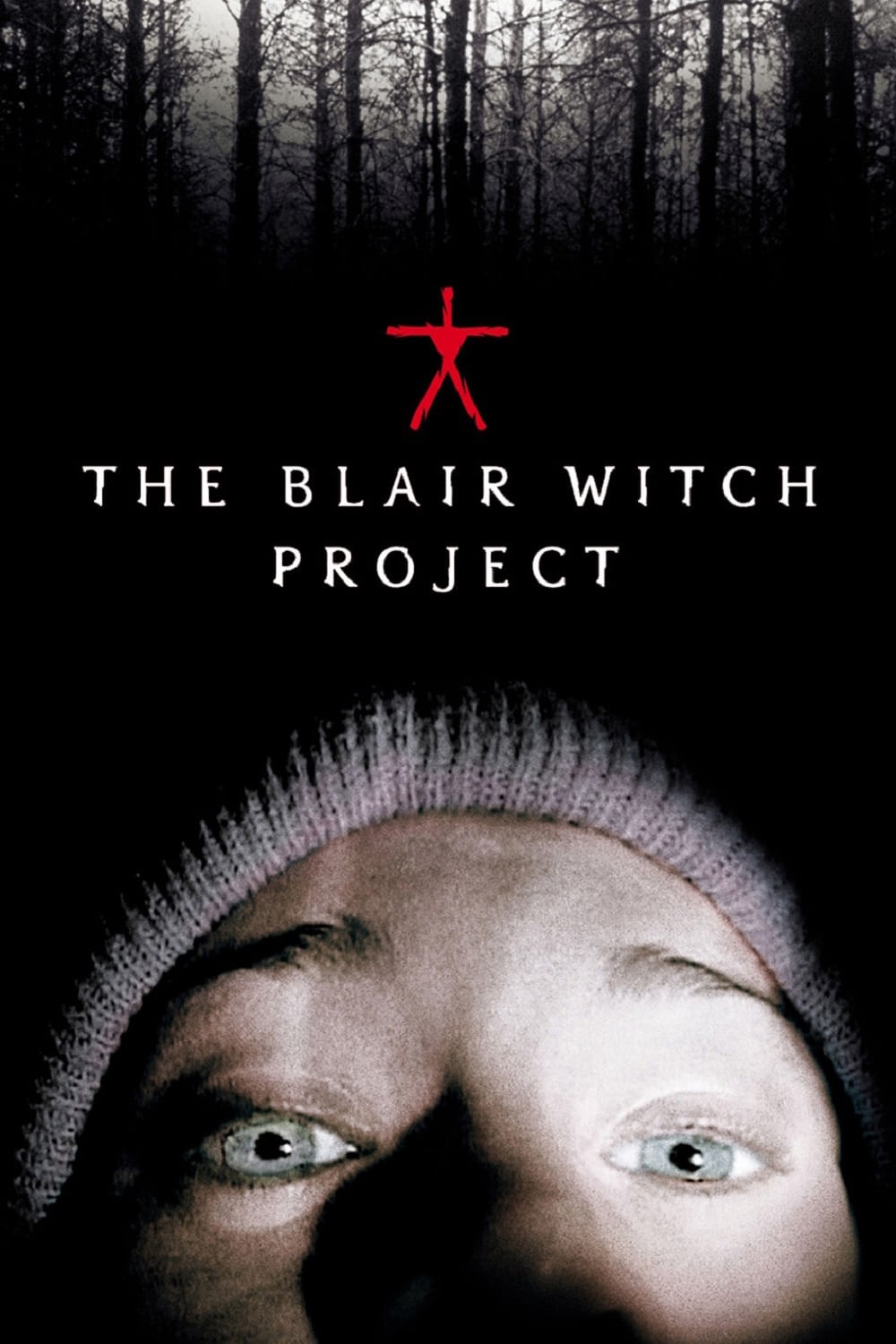
Three filmmakers become lost in the forest while trying to record a story that locals tell. The movie is presented as found footage, and it creates a feeling of unease by using basic techniques, such as nighttime sounds and a confusing map, to build tension and fear.
I love how simple this is! It’s totally something I could set up for a scavenger hunt before the movie – it’s so easy to copy. And the instructions say to keep the lights low and ask everyone to put their phones away – that’s a brilliant idea! It really helps build the tension and makes everything more suspenseful. I think that’s key to enjoying the experience, preserving that feeling of escalating uncertainty.
‘A Nightmare on Elm Street’ (1984)

A terrifying killer stalks teenagers in their dreams, exploiting their deepest fears. The film distinguishes itself from typical slasher movies with its impressive practical effects and creatively constructed dream sequences, resulting in truly unique and memorable set pieces.
This serves as a solid connection between traditional horror and more imaginative stories. It allows viewers to contrast different creative scenes and choose what they like best, fostering engaging conversations about the films.
‘The Shining’ (1980)
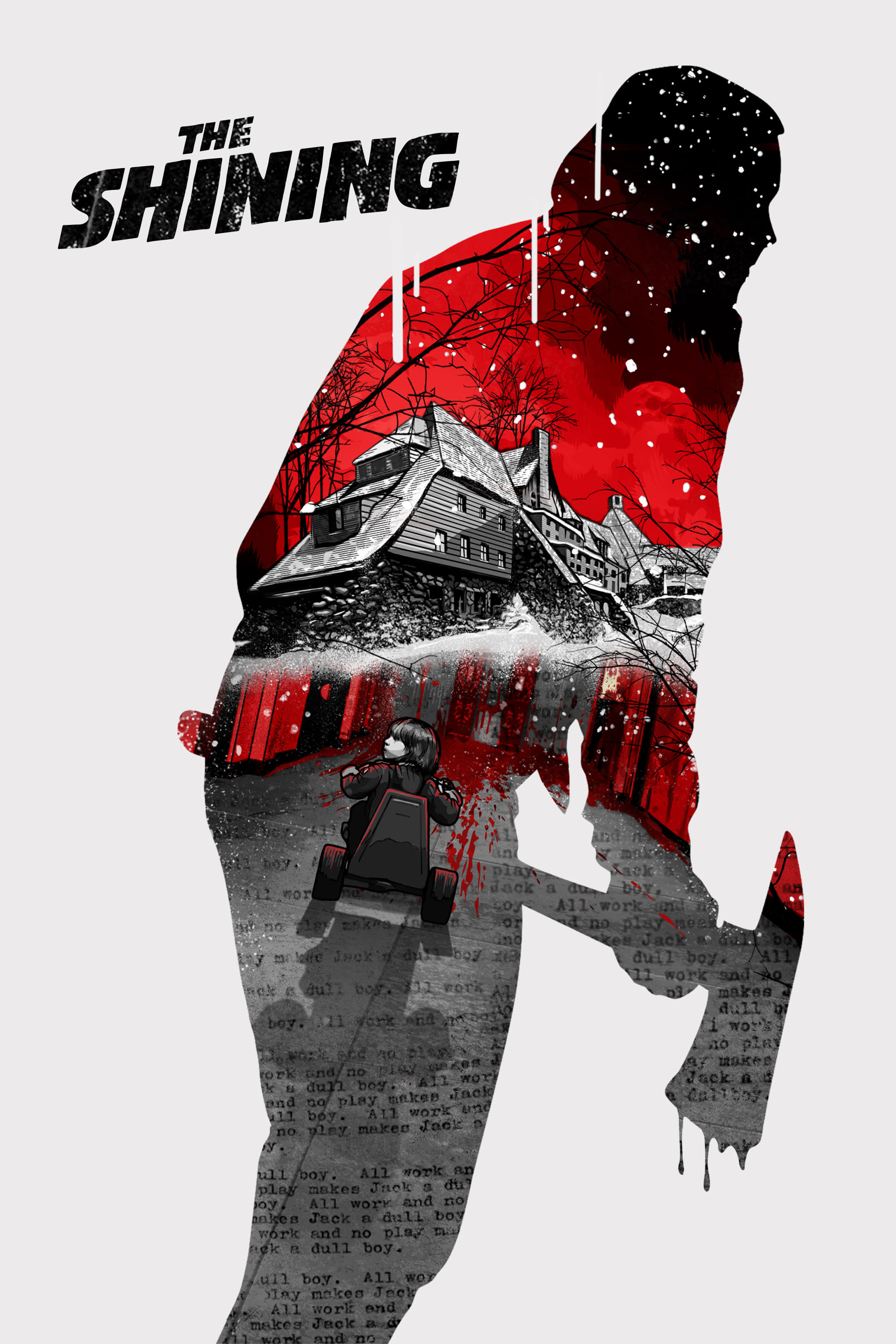
I was completely drawn in by this movie about a family who spends the winter as caretakers at a really isolated hotel. It’s amazing how the feeling of being cut off really messes with everyone’s heads, and you can *feel* the tension building. What I especially loved was how the filmmakers used the camera – it’s so steady and the hallways are filmed in a way that makes it feel like *we’re* walking through the hotel with them. It’s effortless to follow along and get completely lost in the space, which only adds to the creepy, psychological atmosphere. It’s a really effective technique!
As a fan, I’ve found this really shines when you can just let it play without being disturbed – it lets the tension build beautifully. I think it’s perfect as a late-night listen, especially when everything is quiet and you can really focus. It just creates this amazing atmosphere if you give it the space it needs.
‘Coraline’ (2009)
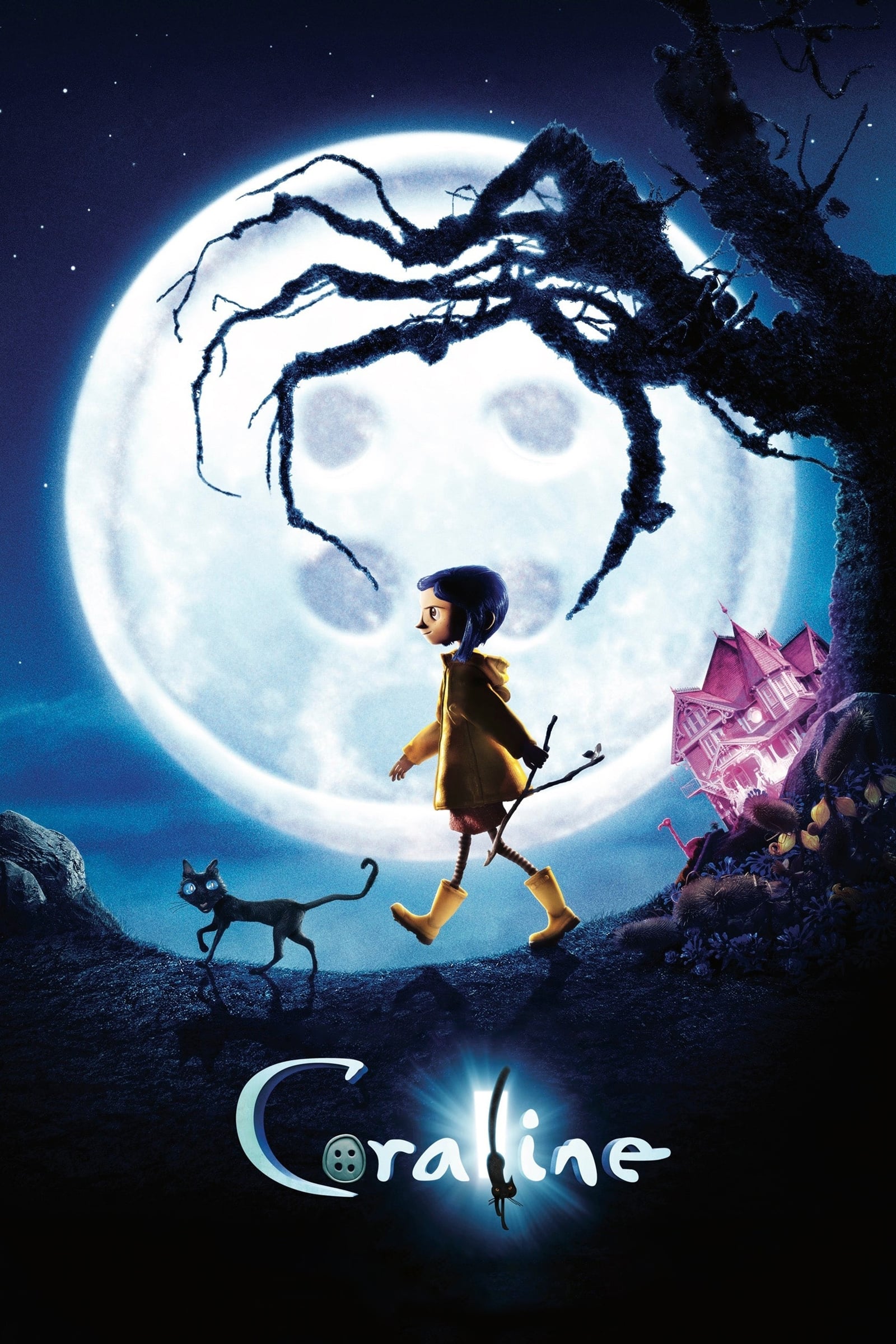
A young girl stumbles upon a secret door leading to a different version of her home, one that shows her what her life could be like if everything was perfect. The film uses stop motion animation, blending comfortable, inviting visuals with slightly disturbing images, but it’s generally suitable for older children.
I love how easy this is to follow as a family – it’s really well laid out and we don’t get lost! We’ve been having even more fun by doing crafts alongside it, like making button art or paper keys, which helps us really get into the story and keeps the fun going even after we turn off the screen.
‘Practical Magic’ (1998)
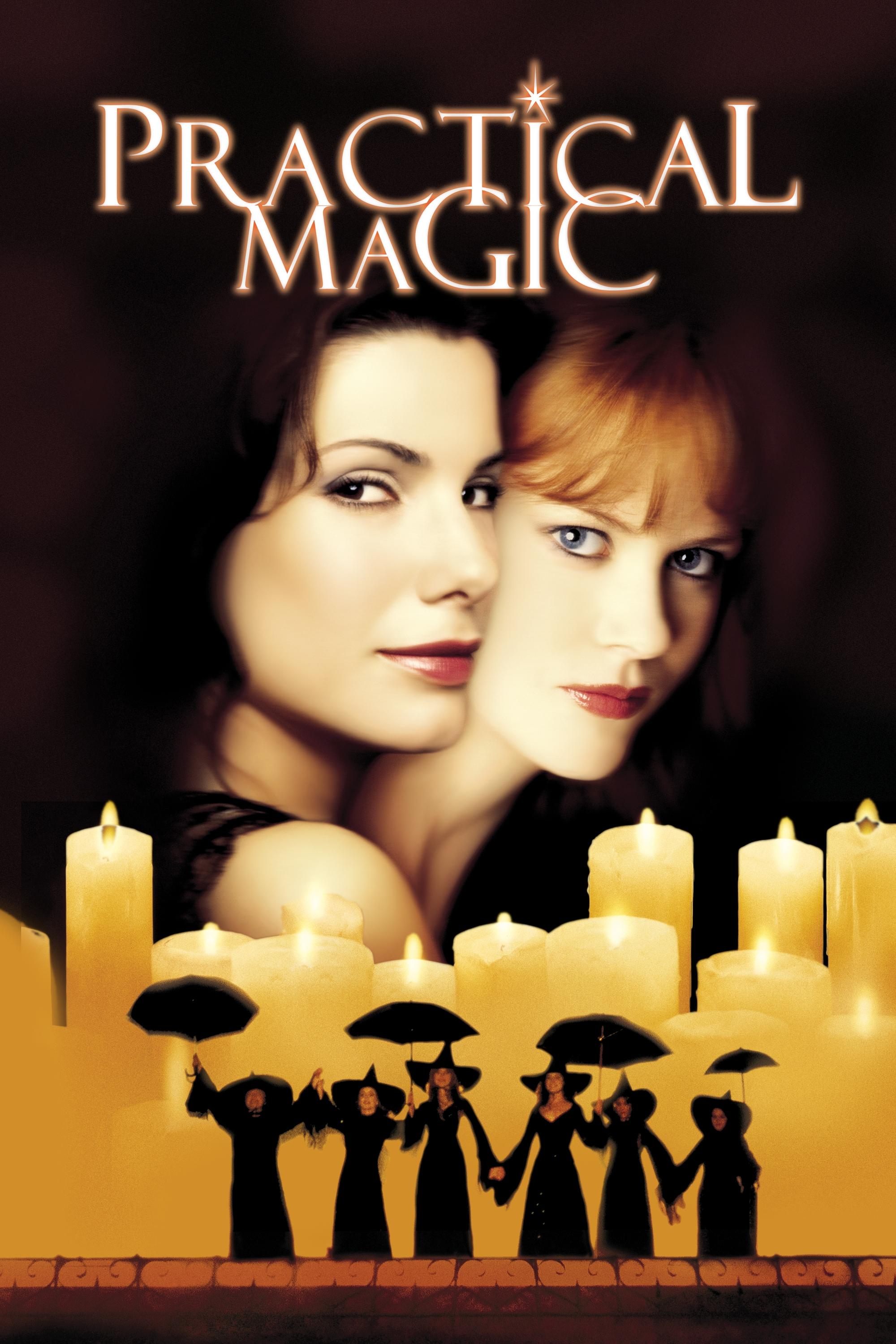
The story follows two sisters, who are witches, as they navigate life in a small town-dealing with local gossip, finding romance, and getting caught up in a risky situation. It highlights the strength of family bonds, the practice of rituals, and a cozy home that’s full of charm and inspires seasonal decorating. Learn more about the enchanting world they inhabit.
This is perfect for a casual get-together looking for a slightly spooky atmosphere, but without being overly frightening. It’s great for kicking off a movie marathon with cider and snacks before moving on to scarier films.
‘ParaNorman’ (2012)
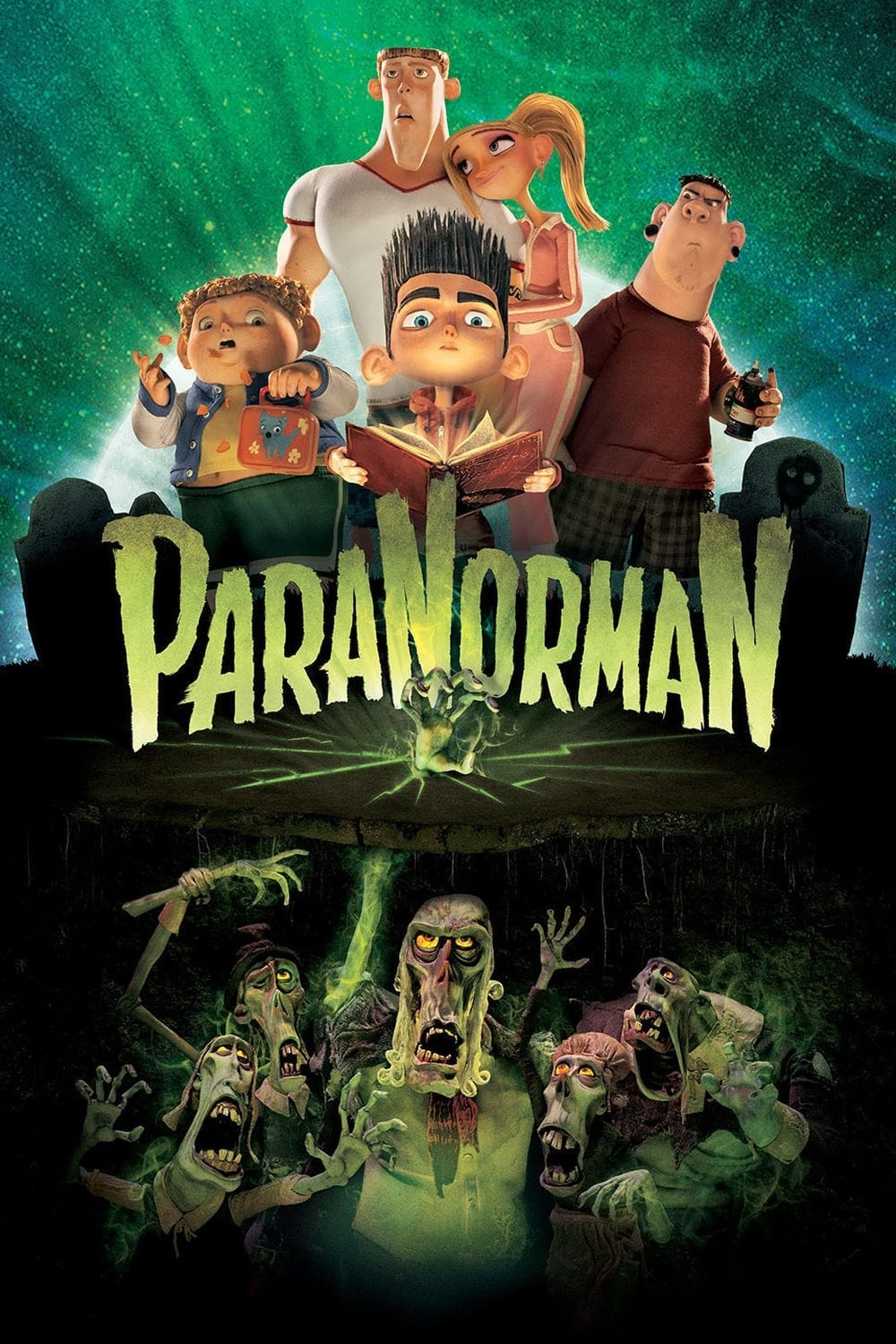
A young boy with the ability to see ghosts needs to right a past wrong to protect his town from a dangerous curse. The movie does a good job of explaining the story behind the curse, and the supporting characters are well-developed, which helps keep the story moving at a good pace.
With its themes of understanding others and historical context, it’s a great choice for audiences of all ages. It also complements decorations centered around a neighborhood setting, such as hand-painted signs and cardboard gravestones.
‘Young Frankenstein’ (1974)
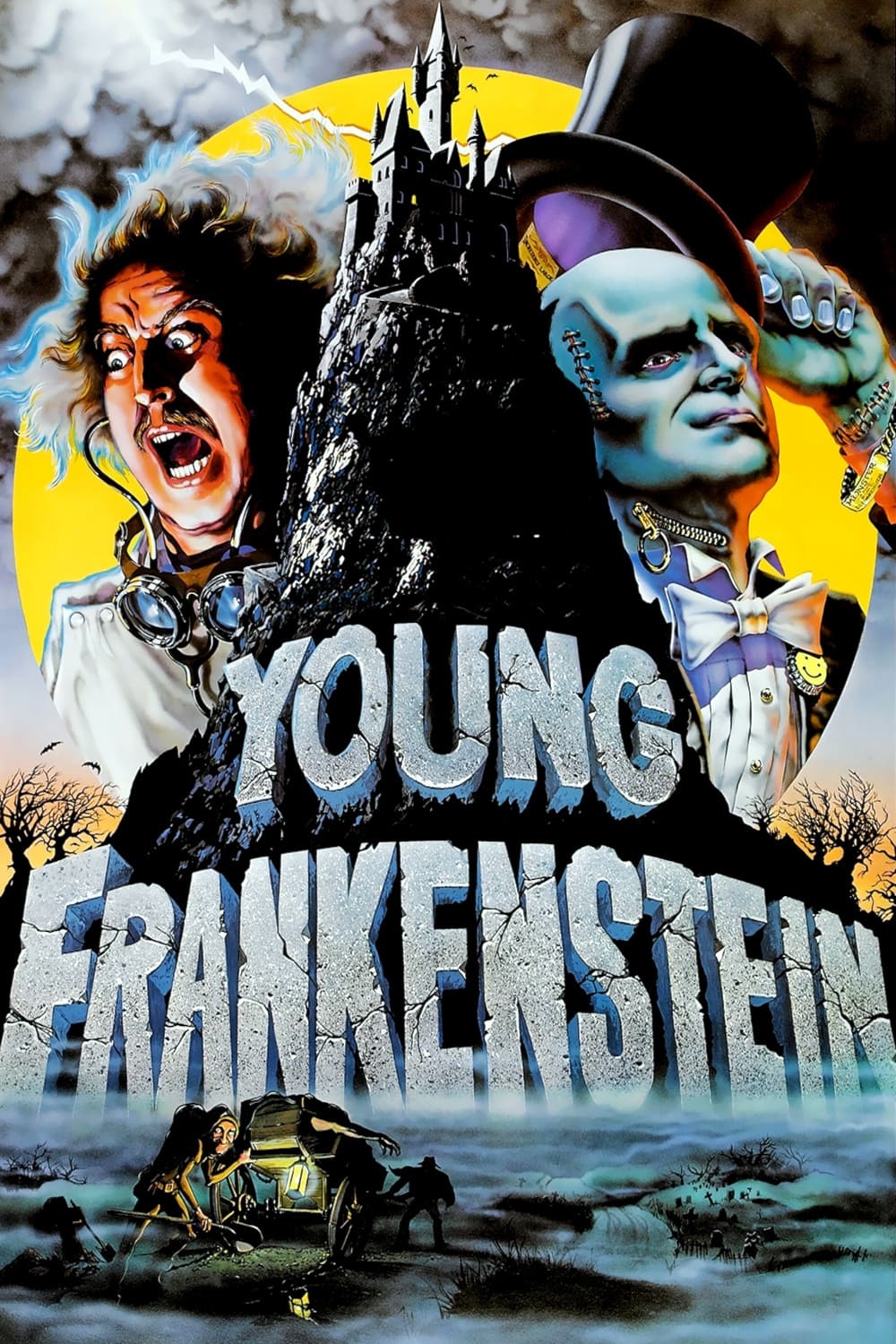
A doubting doctor unexpectedly comes into possession of a castle and carries on with an experiment they’re already familiar with, but the outcomes are surprising. The movie brings to life the iconic look of old-fashioned labs, and it’s filled with clever jokes, both in what the characters say and what you see on screen.
Since it nods to classic monster films, it’s a great way to get people new to the genre acquainted with its origins. Show it after a more intense movie to lighten the mood, but keep the spooky atmosphere going.
‘The Addams Family’ (1991)
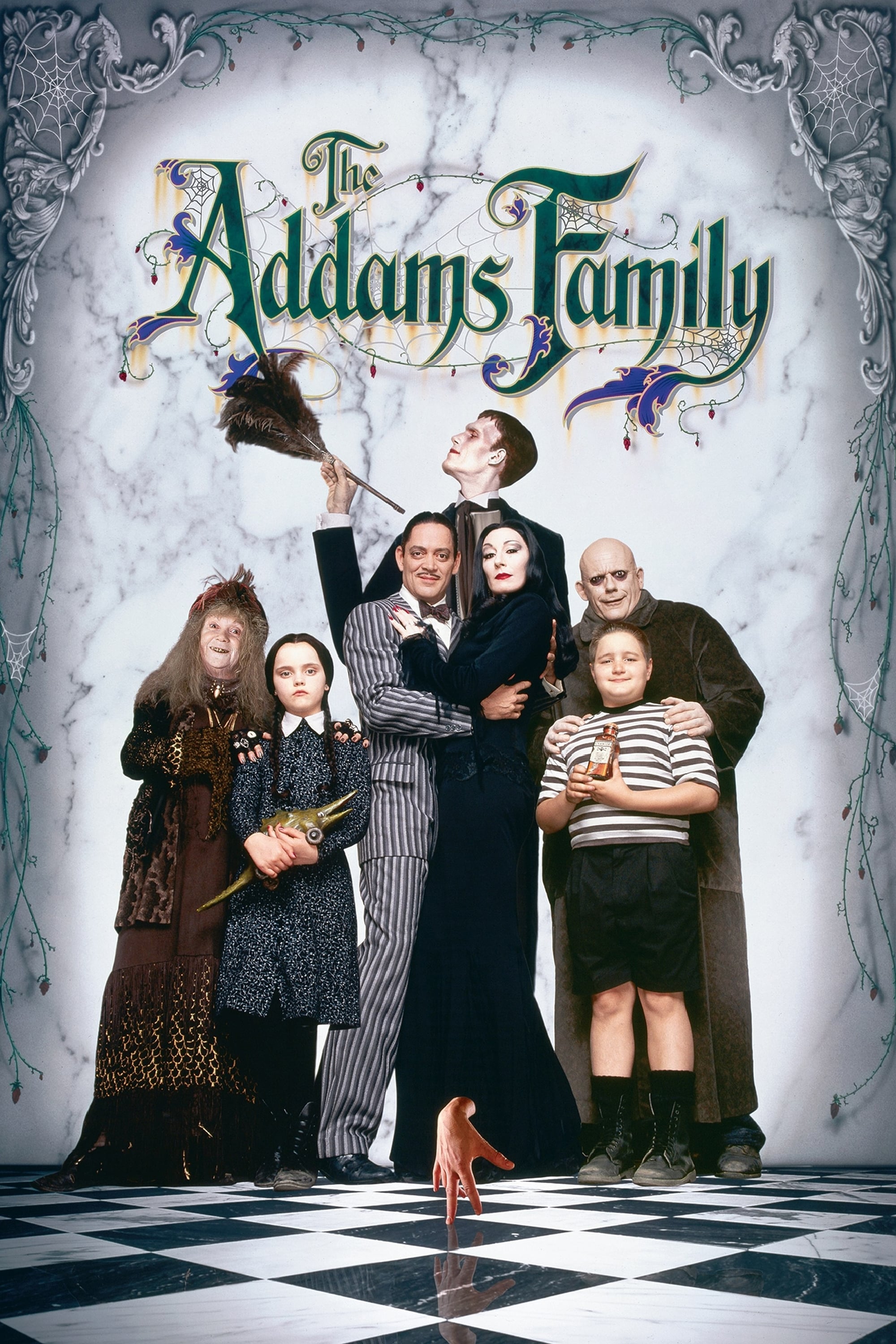
I just finished watching a film where a relative, thought lost to time, unexpectedly reappears at a rather imposing, gothic mansion. It immediately throws the family, a tightly-wound group, into a spiral of suspicion. What really struck me wasn’t necessarily the plot itself, but the sheer visual spectacle. The production design is lavish – the sets are incredibly detailed and the costumes are absolutely spot on. And honestly, the core theme? It’s something we’ve all seen before, but it’s executed in a way that feels instantly familiar and, dare I say, comforting.
It’s a great choice to end a family movie night with, maintaining the Halloween spirit without being too scary. The characters’ recurring jokes and visual humor make it a light and easy watch – perfect for when you’re tidying up after a party.
‘Poltergeist’ (1982)
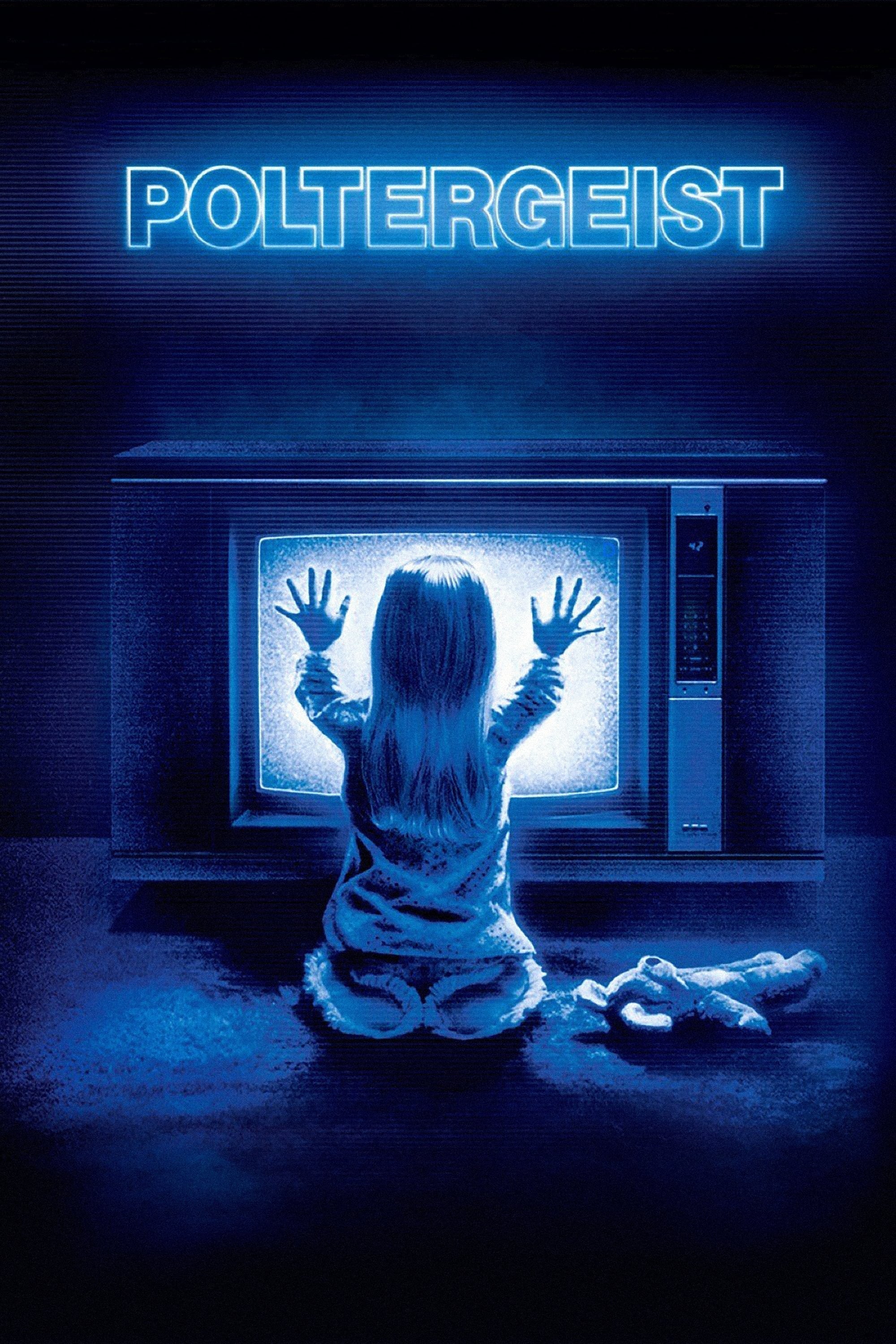
A family living in the suburbs finds their lives disrupted by eerie occurrences when supernatural forces begin to focus on their youngest child, using their television as a gateway. The film, directed by Tobe Hooper and produced by Steven Spielberg, relies on realistic practical effects to create a chilling atmosphere of hauntings within a typical home.
The environment utilizes everyday objects – rooms, TVs, and toys – making it simple to decorate a viewing area using things you likely already have. Combine this with a haunted house concept and basic elements like screen static and flashing lights to quickly build a spooky scene.
‘The Ring’ (2002)
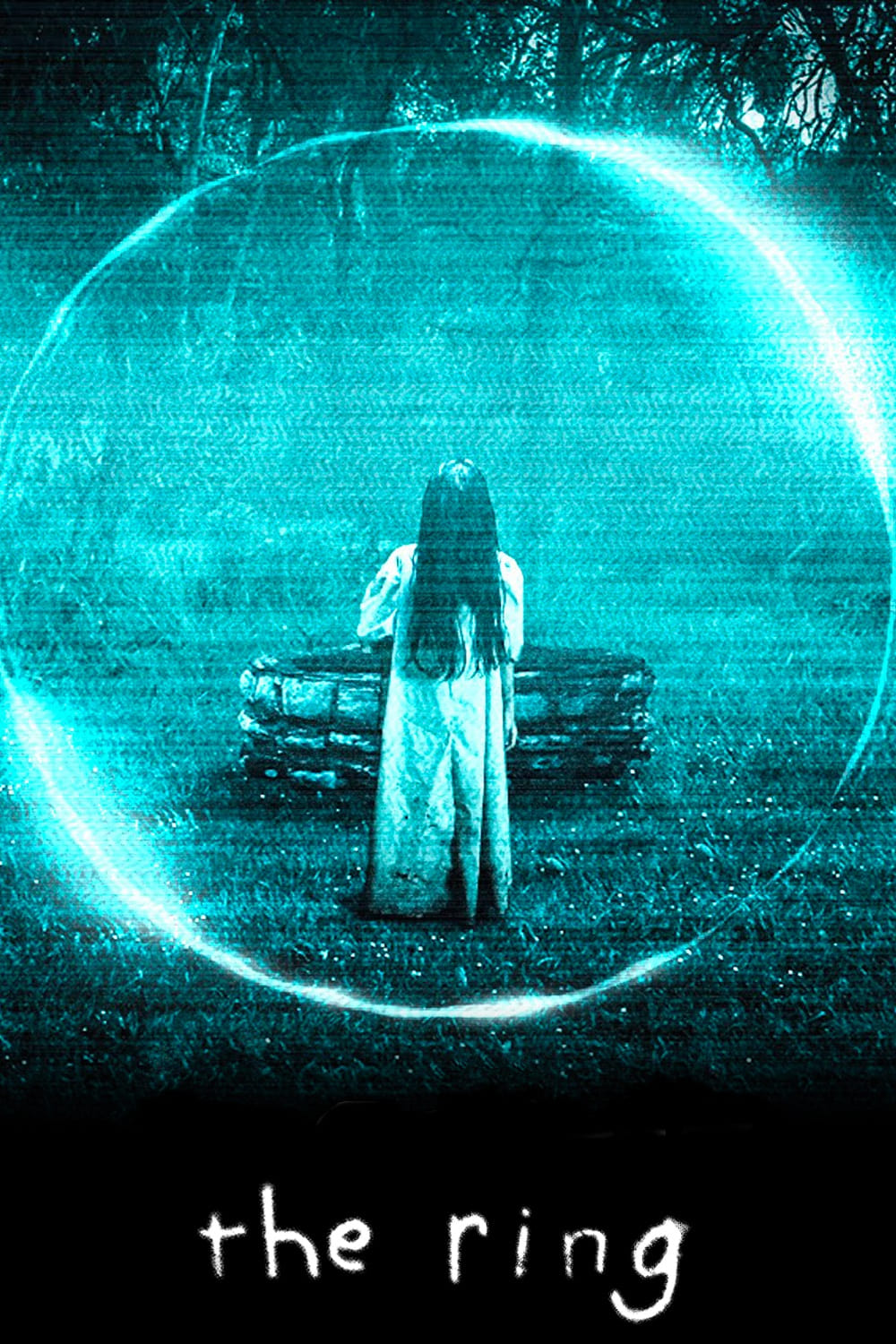
A reporter looks into a supposedly cursed videotape that leads to death for anyone who watches it – they receive a phone call and then have just seven days to live. The updated version of the story was directed by Gore Verbinski and features Naomi Watts, with the film emphasizing unsettling visuals and hints that help unravel the mystery.
The story is easy to follow when watching with a group, as the main character investigates clues. You can make the experience more engaging with a simple countdown card to signal breaks between scenes, and add a fun touch to your table setting by using a bowl of blank tapes or discs as decorations.
‘Insidious’ (2010)
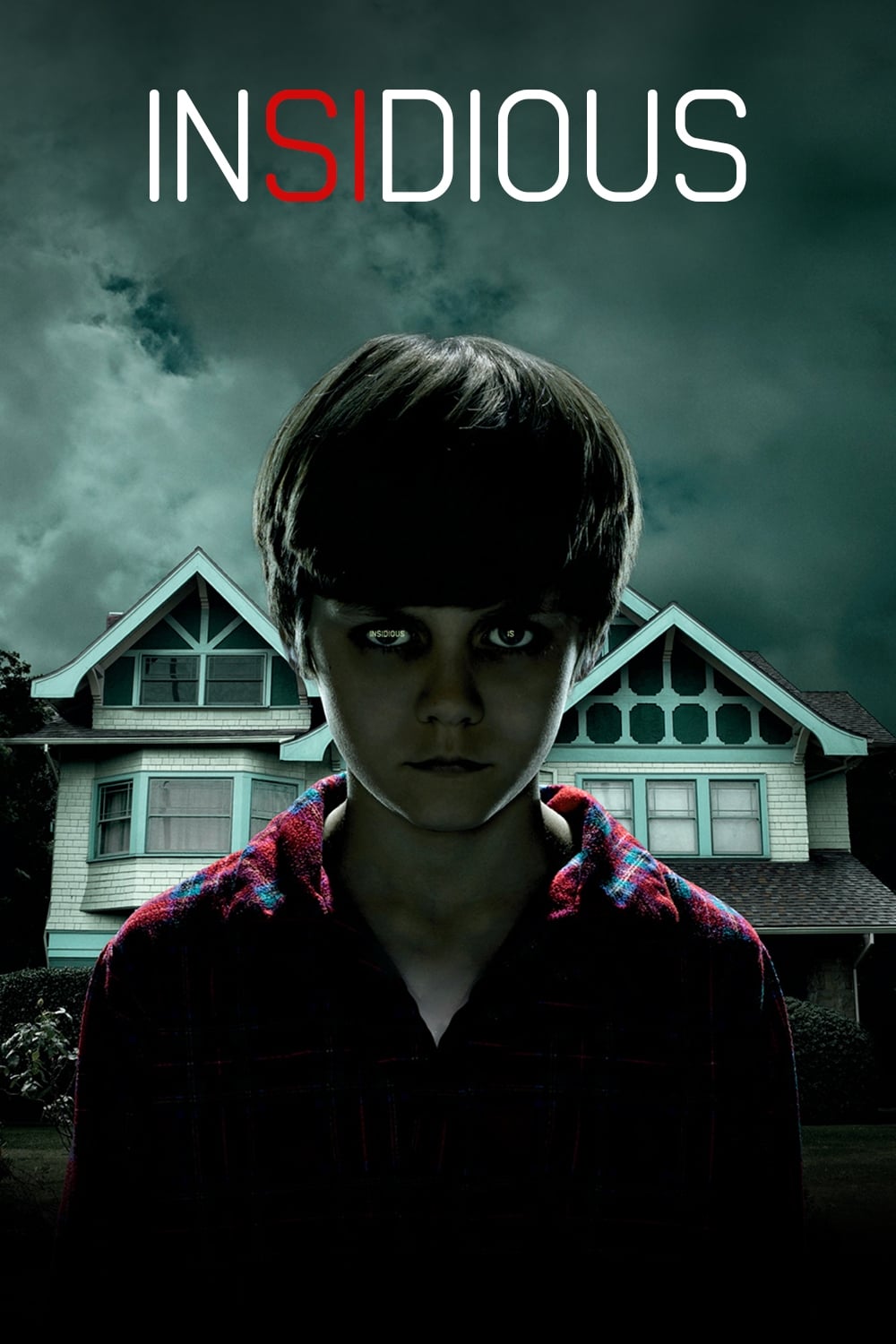
As a huge horror fan, I was really hooked by this movie! It centers around a family who finds out their child is, essentially, a doorway for spirits from this other place called the Further. It’s directed by James Wan, and what I loved is how he blends those classic, creepy in-home scares with a much bigger, more complex spirit world. Plus, they introduce these paranormal investigators who help explain all the rules of this ghostly realm – it’s a clever way to move the story along and keep you invested.
The film is neatly divided into parts focusing on discovery and rescue, making it easy to plan breaks for snacks or games. You can even print a layout of your living room and note where the scary moments happen, turning the viewing experience into a fun, map-based activity.
‘The Babadook’ (2014)
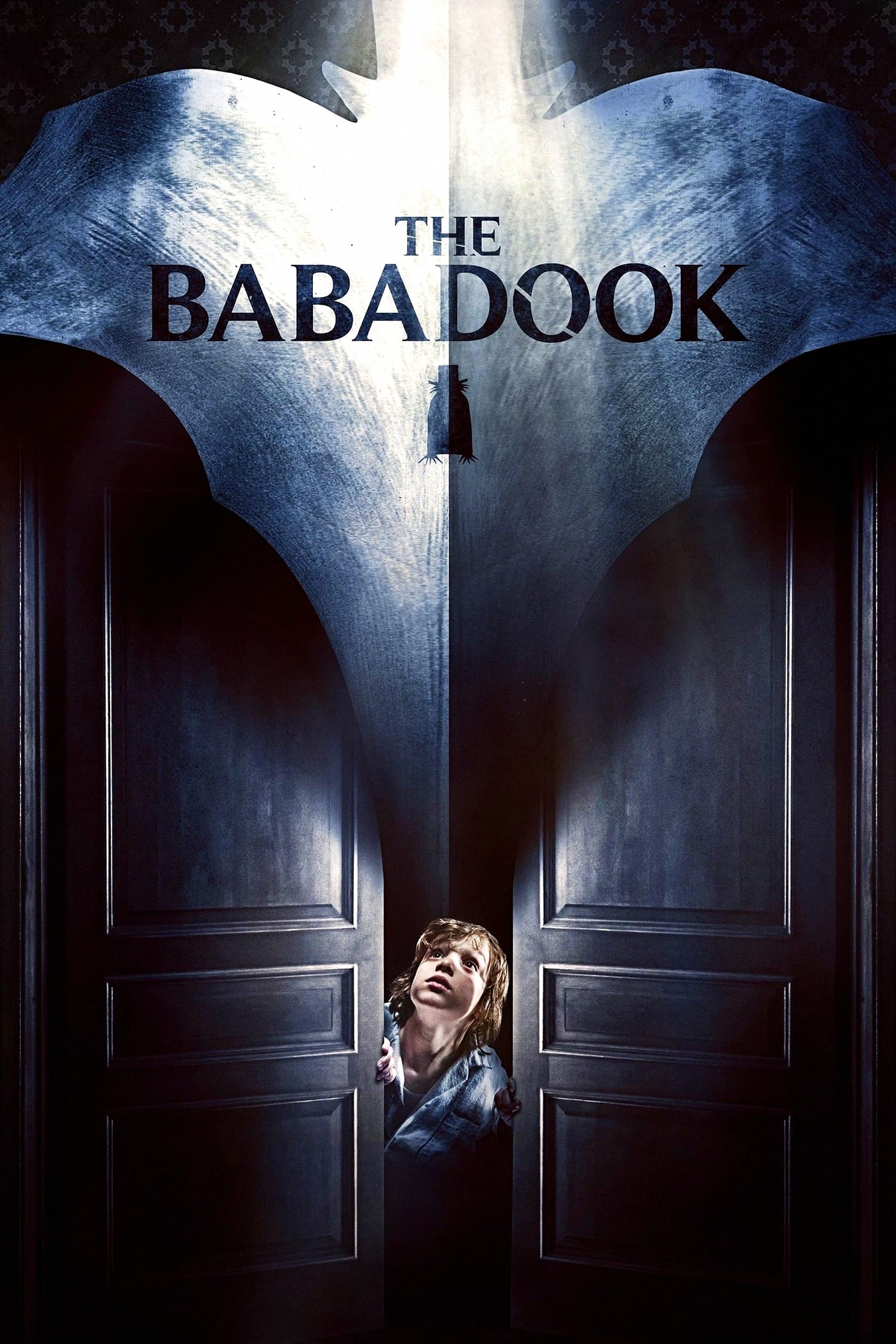
A mother who has lost her husband and her son are haunted by a mysterious figure that initially appears within the pages of a pop-up book. Jennifer Kent directs a tightly focused story, skillfully employing sound and shadow to illustrate how this unsettling presence increasingly invades their home.
I’m planning a party and I’m really excited about a book theme! It’s super easy to pull off – think lots of folded paper crafts and a classic black and white color scheme. I’m thinking of giving each guest some little cardstock sheets when the party starts so they can make fun pop-up shapes. That way, they can be creative without missing any of the important stuff that’s happening! It’s a great way to keep everyone engaged. You can find tons of DIY tutorials online for paper crafts, too!
‘A Quiet Place’ (2018)
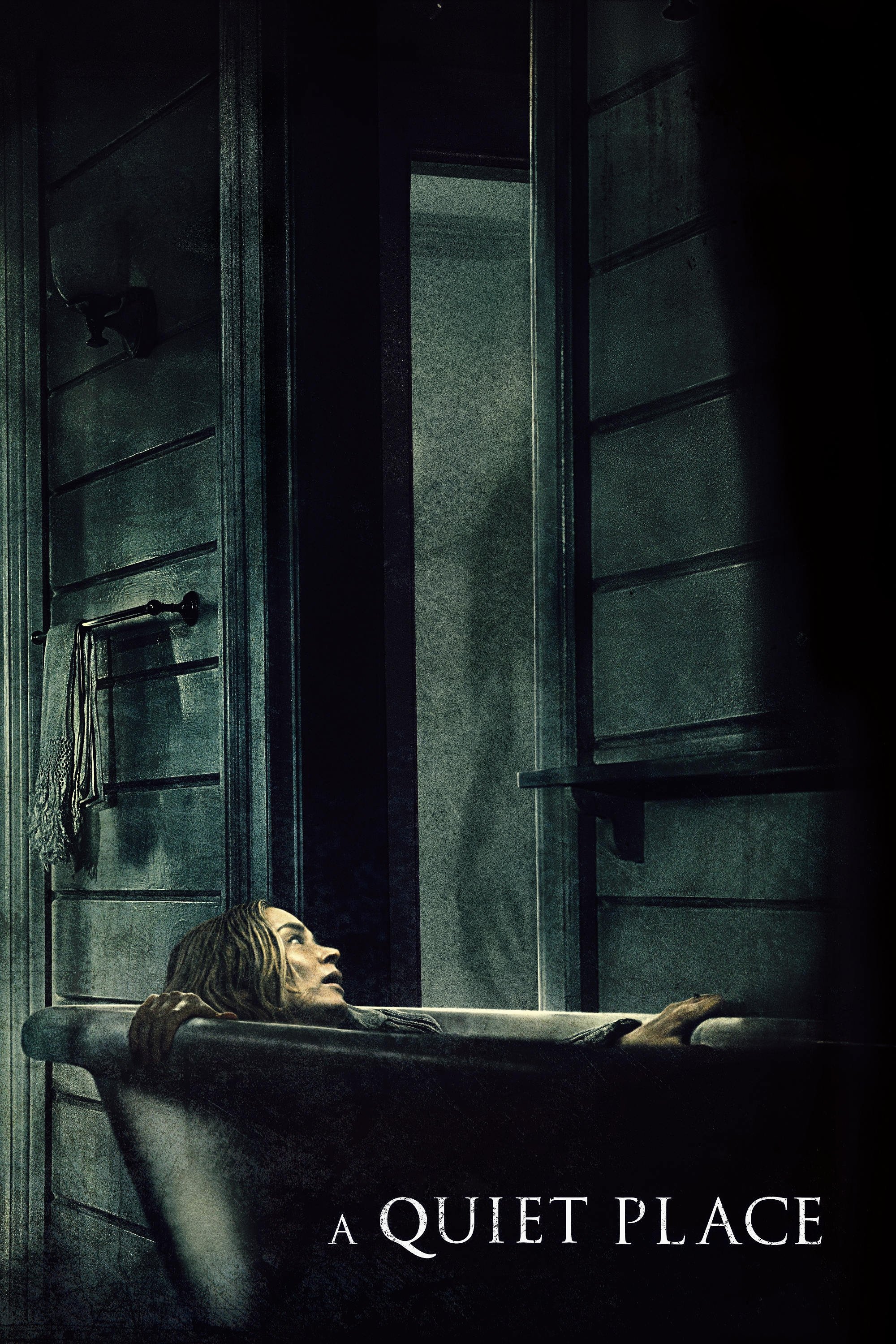
A family must live in complete silence to stay alive, as terrifying creatures hunt using sound. John Krasinski directs and acts in the film, alongside Emily Blunt. The movie relies heavily on visual storytelling to establish the rules of their world-like pathways made of sand and the need to take quiet, careful steps.
As a movie buff, I’ve found a fun way to handle quiet viewing! Instead of talking during the film, we use written notes to order snacks, and even play charades during intermissions. It keeps things lively without breaking the immersion. Also, a little trick I picked up – I put all the crinkly snack wrappers in bowls beforehand. That way, nobody accidentally ruins a tense scene with loud rustling!
‘Train to Busan’ (2016)
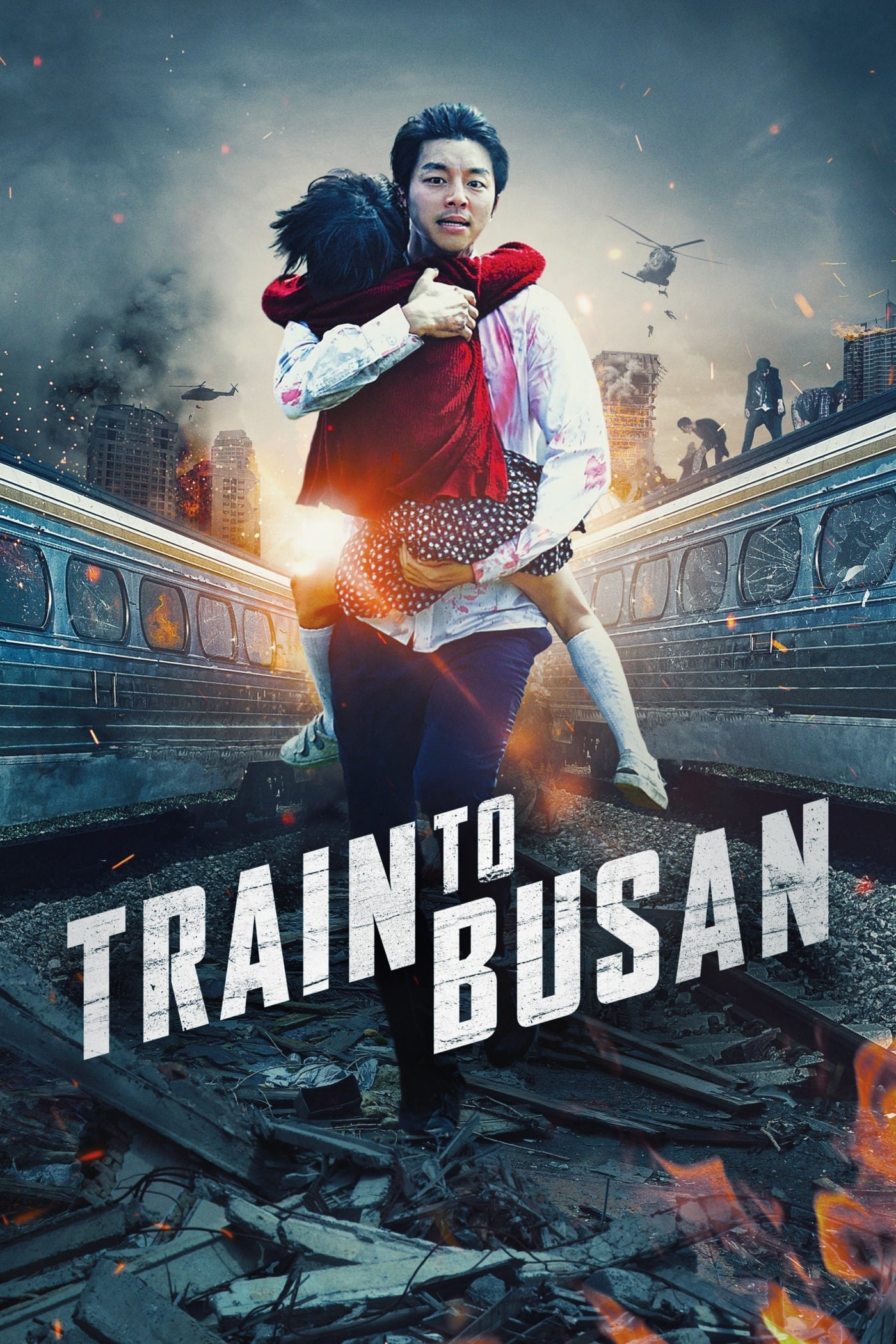
A zombie outbreak unexpectedly occurs on a fast-moving train, trapping the passengers. Director Yeon Sang ho crafts a tense survival story, cleverly using the train’s moving compartments to create increasingly dangerous and frightening confrontations.
Having cars proceed one after another allows for predictable timing of breaks between stops. Prepare snacks at designated stations, clearly marked with the corresponding car numbers, so viewers can quickly get refreshments during planned breaks and be back before the next segment begins.
‘The Witch’ (2015)
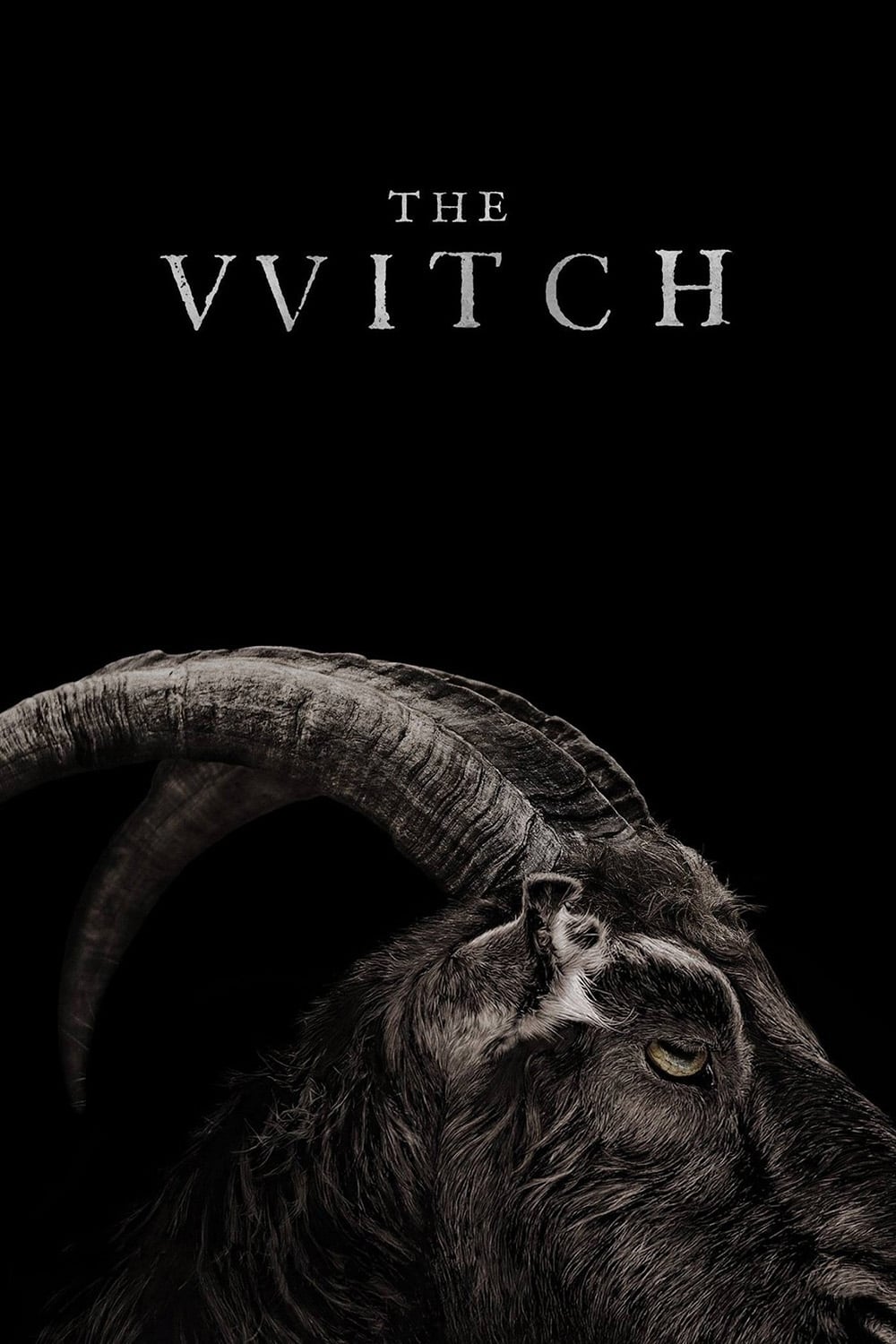
I was completely drawn in by this story of a family living in New England during the 1630s. It really captures how paranoia and isolation can creep in when you’re living on the edge of the wilderness. The director, Robert Eggers, does an amazing job creating this atmosphere. He uses language that feels authentic to the time period and relies on natural light to show how suspicion grows within their little home. It’s unsettling and beautifully done.
The setting, steeped in history, is enhanced by the warm glow of candlelight and dim lighting, creating the perfect atmosphere. To help those unfamiliar with older language, provide a small card listing a few archaic words, so everyone can easily understand the key phrases and follow along without getting lost. Consider adding a glossary for better clarity.
‘The Cabin in the Woods’ (2012)
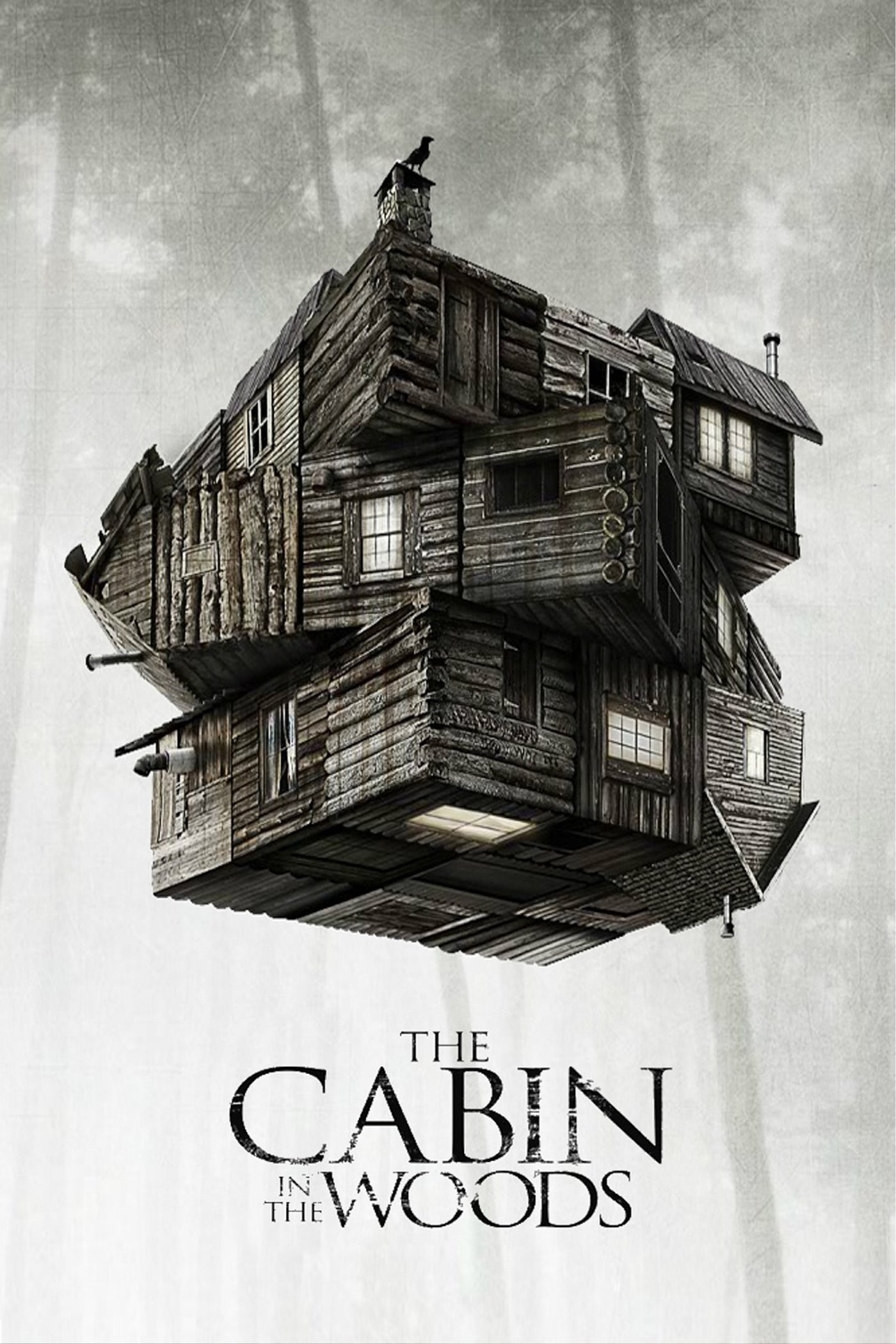
A group of friends heads to a secluded cabin unaware they’re unknowingly participating in a carefully planned ritual. Directed by Drew Goddard, the story unfolds to reveal a massive facility orchestrating terrifying scenarios, complete with buttons and screens, controlling the horror.
The film’s complex structure is best enjoyed with careful watching, so consider short breaks after scenes set in the control room to allow for discussion. You could also create a simple bingo card featuring typical horror tropes and have your guests mark off squares as they happen throughout the movie.
‘Shaun of the Dead’ (2004)
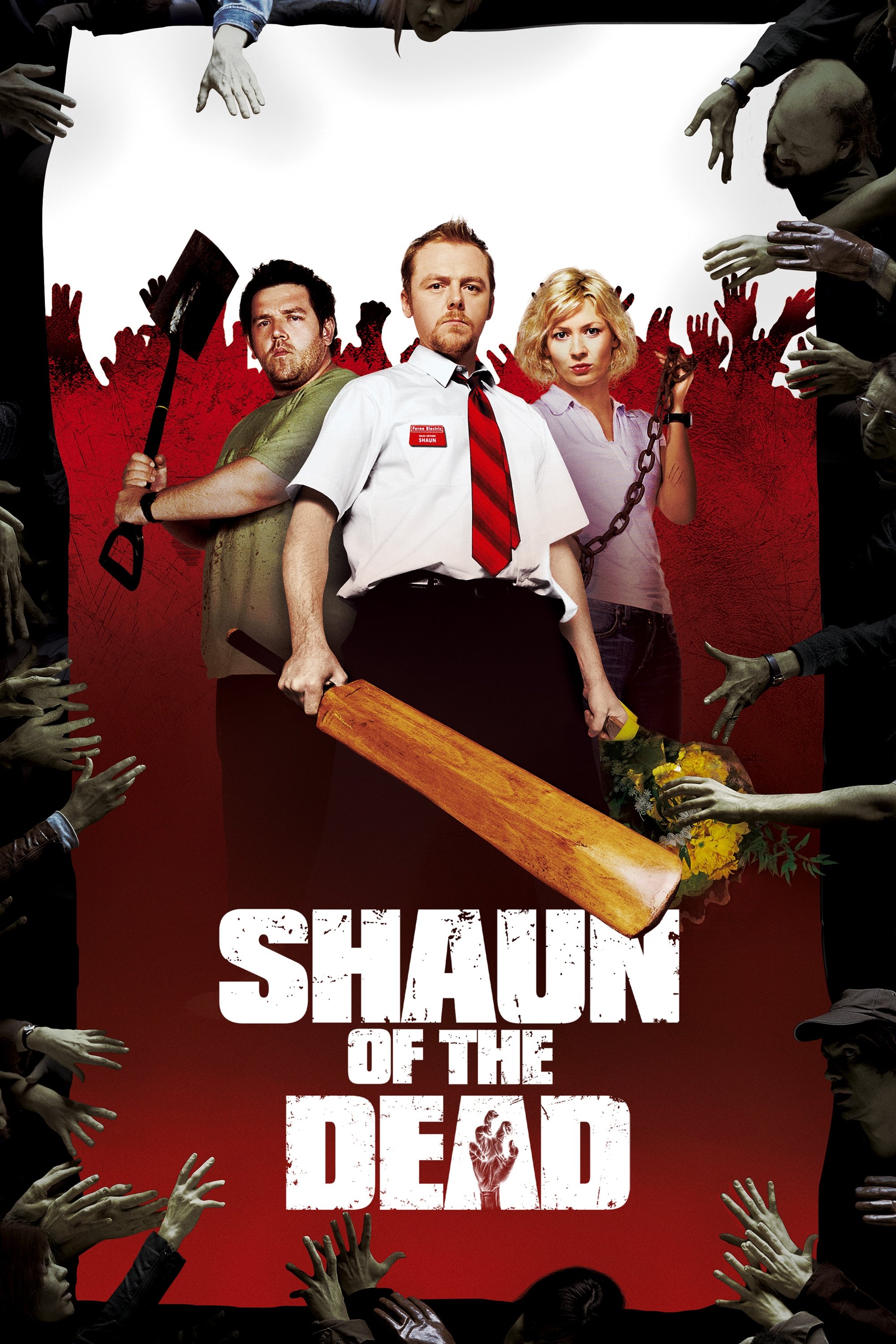
The story follows a man in London attempting to get his life back on track just as a zombie outbreak erupts. Edgar Wright directs, using carefully planned visual humor and a fast-paced editing style as the characters navigate apartments, pubs, and city streets.
The location is simple to customize with pub-style food and a specific area marked as a safe haven. Create a short list of tasks for viewers to check off as the main character tries to achieve each objective during the video.
‘Zombieland’ (2009)
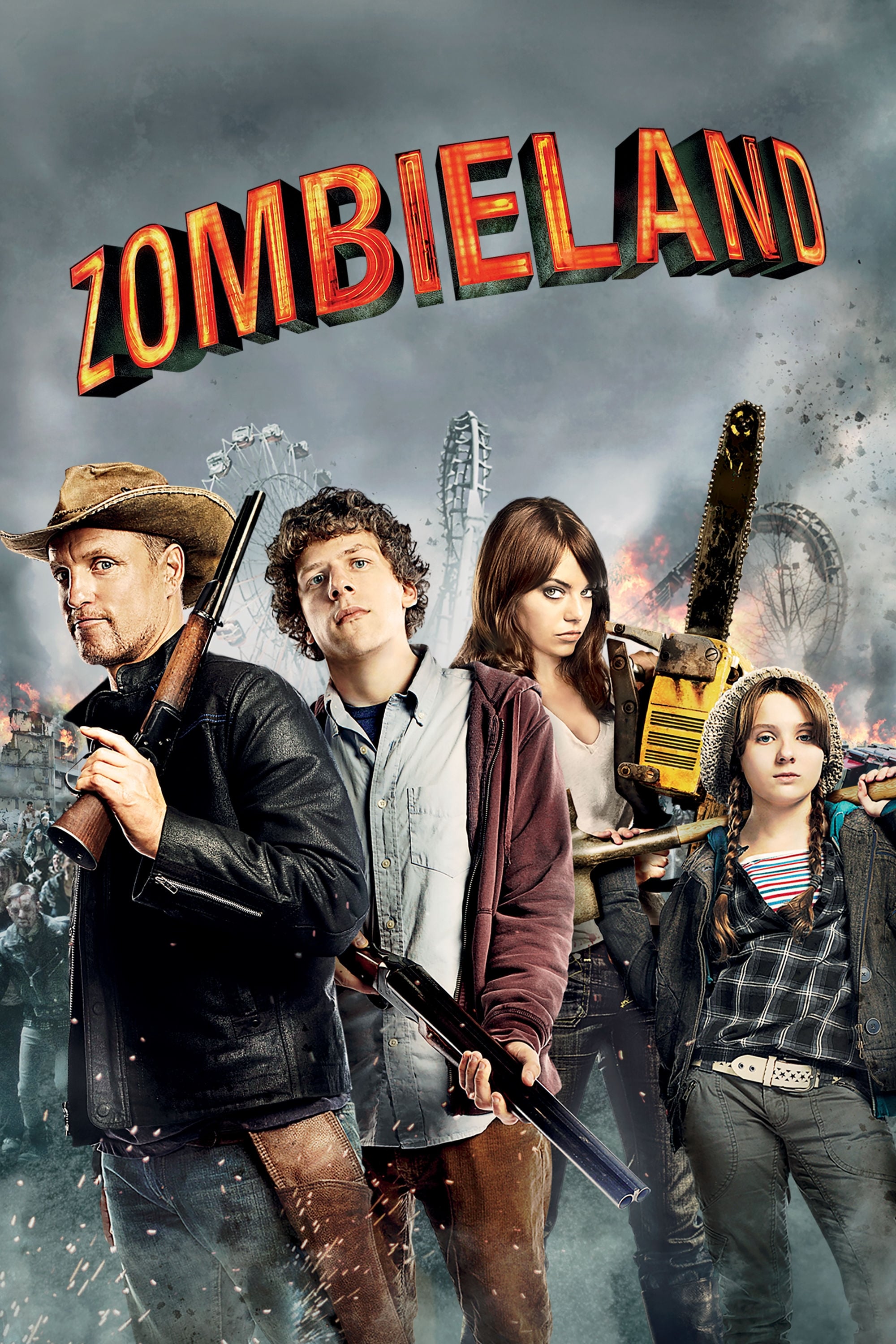
A careful person who has survived a disaster joins forces with others and uses a specific set of guidelines to travel across a zombie-infested United States. Ruben Fleischer directs the story like a road trip, and each rule is shown on screen as different challenges happen.
It’s easy to create party signs and on-screen prompts for the game using these rules. Simply give each guest a card with a number on it, and have them show that card whenever the corresponding rule appears. This will help keep everyone involved and entertained during slower moments.
‘Army of Darkness’ (1992)
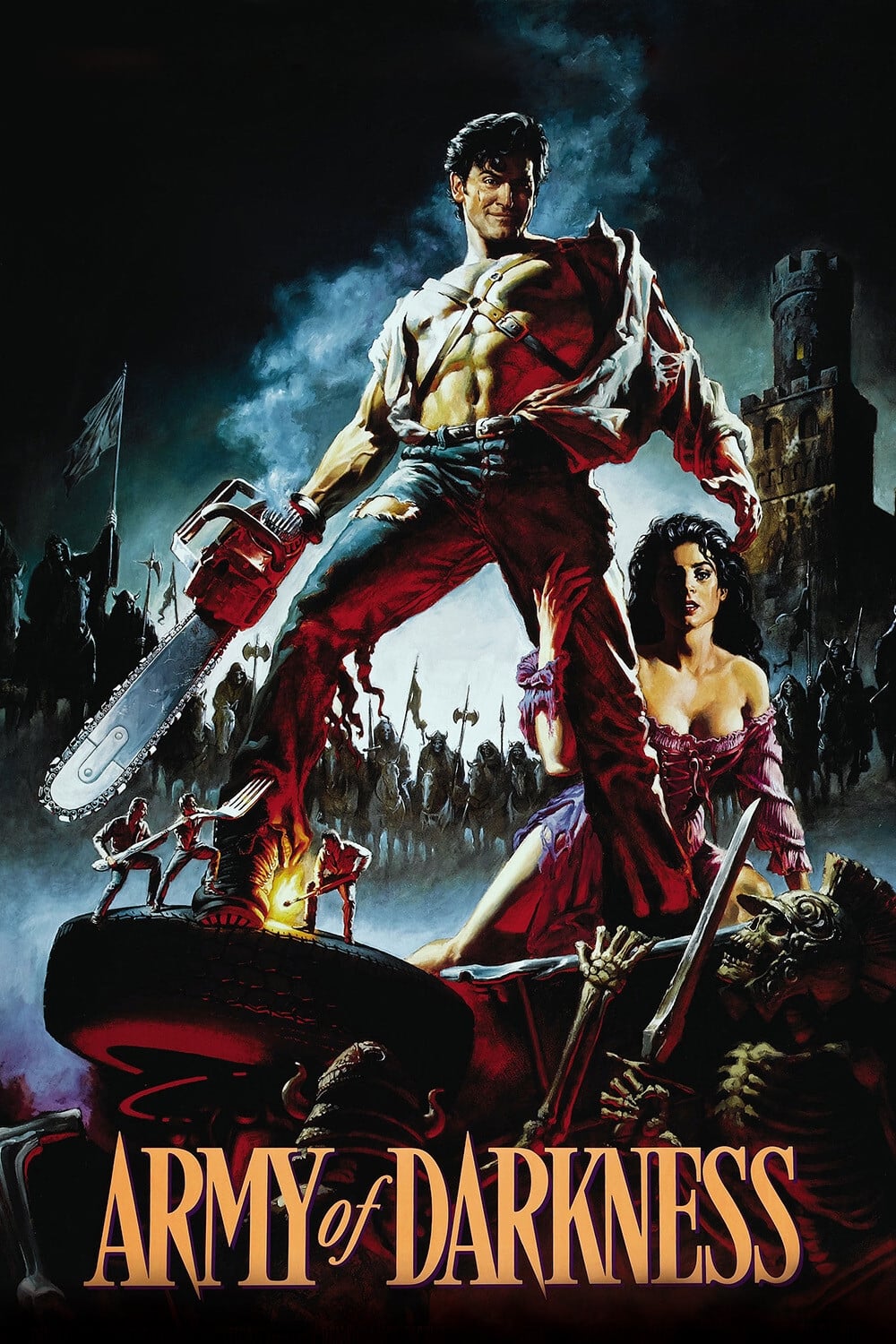
Okay, so I just watched this movie and it’s wild! A guy gets thrown back to the medieval times and has to fight off undead enemies, but he’s not exactly equipped! He’s using whatever he can find as weapons, which is pretty awesome. It’s directed by Sam Raimi and it’s a really fast-paced adventure. What I loved is how Raimi mixes really cool, practical effects with some hilarious, over-the-top slapstick – it’s a surprisingly funny action movie!
The movie’s medieval props allow for simple costume setups with things like cardboard shields and plastic goblets. Demonstrate how to quickly make a prop or two before the film starts, so the audience will have themed items ready to use during exciting scenes. This will enhance their experience!
‘The Rocky Horror Picture Show’ (1975)
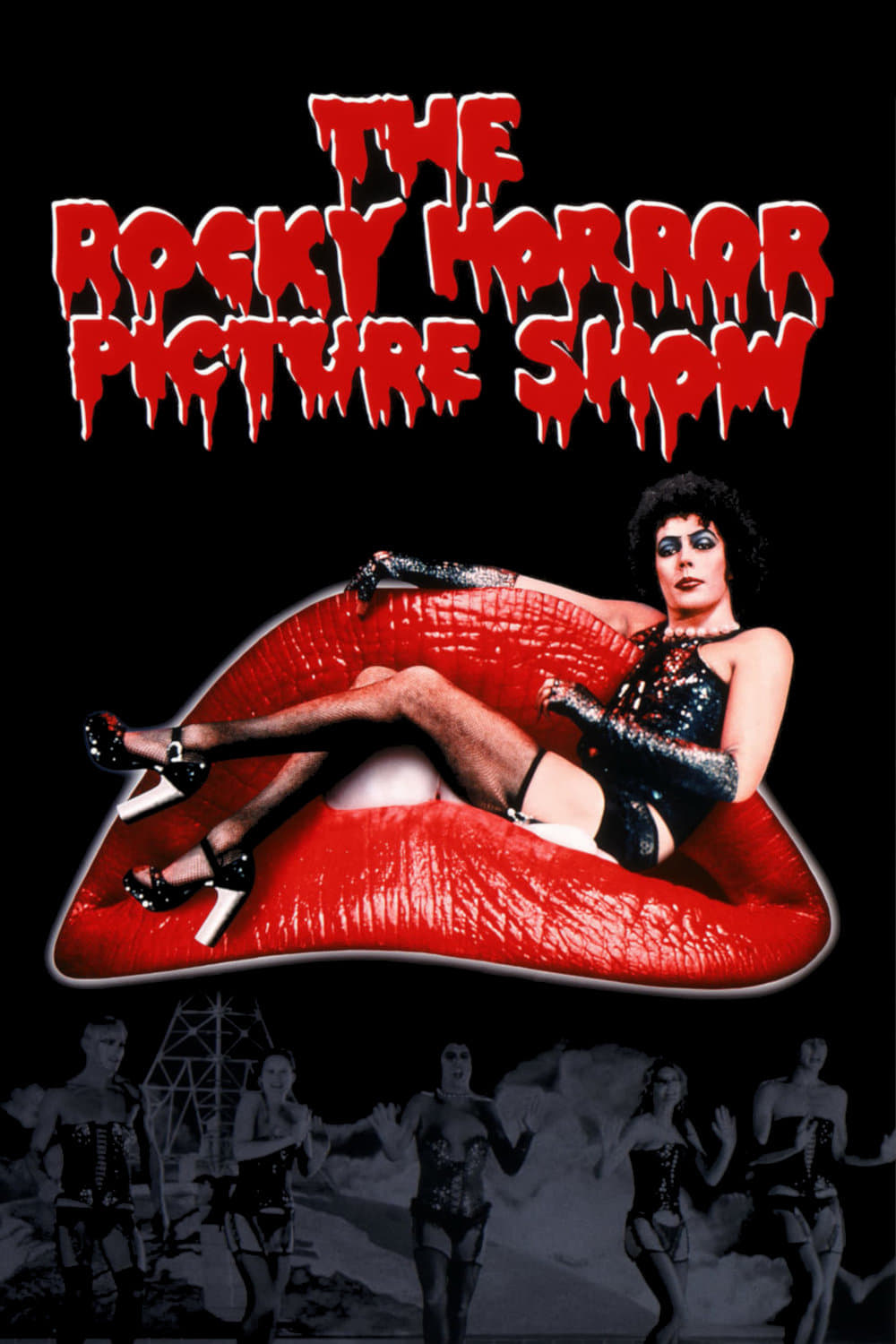
A couple, lost and alone, unexpectedly finds a mansion where a very eccentric scientist is throwing a strange party. The film is a cult musical directed by Jim Sharman, known for getting the audience involved with traditions like call backs and prop cues. It’s a truly interactive experience.
You can create a simple guide to help people participate, listing typical moments such as confetti and newspapers. To keep things easy and safe, use props like paper items and soft materials that are quick to clean up after the performance.
‘Carrie’ (1976)
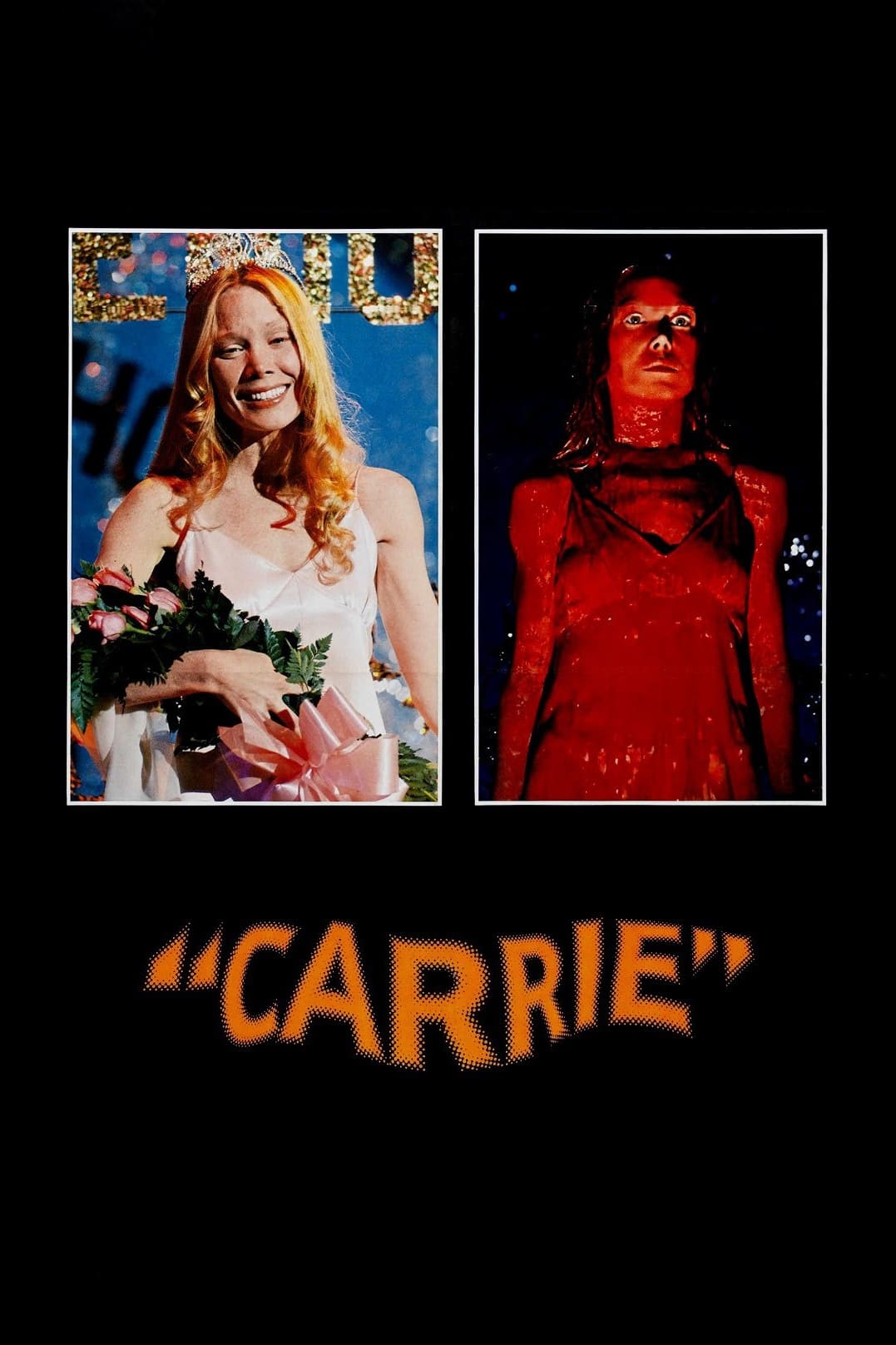
A timid student discovers they have the ability to move objects with their mind, all while facing challenges from bullies and a difficult family situation. Brian De Palma directs the film, using techniques like split screen and suspenseful pacing, culminating in a dramatic showdown at the school dance. It’s a classic tale of overcoming adversity.
The prom theme is simple to bring to life using streamers and a basic photo area. Provide corsage stickers and a voting form for fun, lighthearted superlatives to reflect the mood of the movie before the key plot twist.
‘The Texas Chain Saw Massacre’ (1974)

A group of friends traveling by car meet a strange family in the countryside of Texas and find themselves pursued by a murderer with a chainsaw. Director Tobe Hooper films in a realistic, documentary-like way, starting with scenes shot in daylight that slowly build a feeling of being trapped inside a cramped farmhouse.
For a country atmosphere, consider using wooden tables and cutlery made of materials other than metal to ensure safety. It’s also important to minimize the sound of any fans so that the sound effects are easily heard when the scene moves inside.
‘Friday the 13th’ (1980)
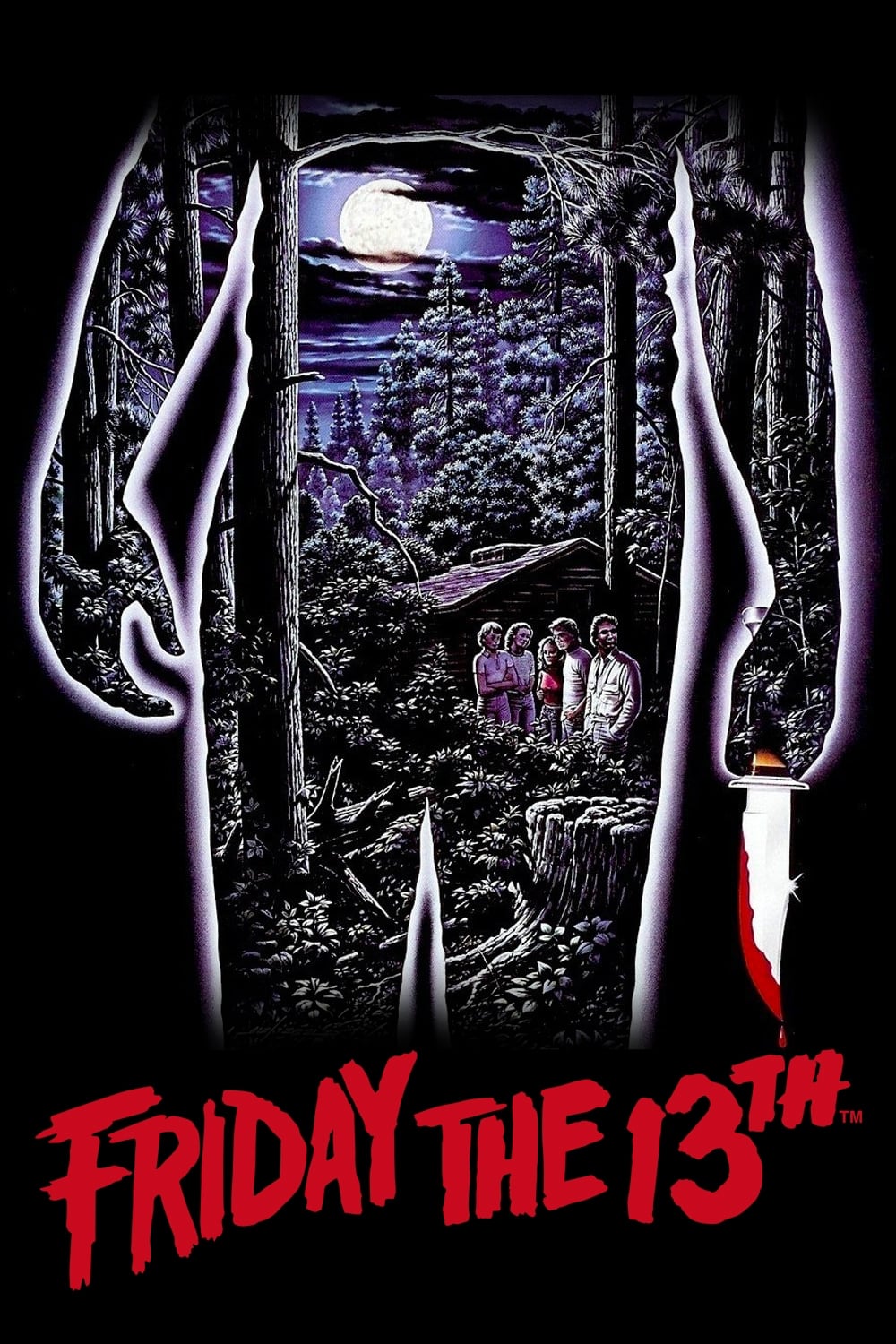
I’m really getting into this summer camp story! It follows the counselors as they get everything ready to reopen, but there’s a secret attacker causing trouble on the grounds. What I appreciate is how Sean S Cunningham built the story around locations – the cabins, docks, and woods – that are super easy to follow on a simple map. It makes it really immersive and I can practically picture everything as I read!
Create a snack table decorated like a campsite, with different areas labeled as the mess hall, dock, and a trail mix station. Give each guest a small paper map to help them find each snack location and remember where each ‘scare’ (surprise or spooky element) is placed.
‘Candyman’ (1992)
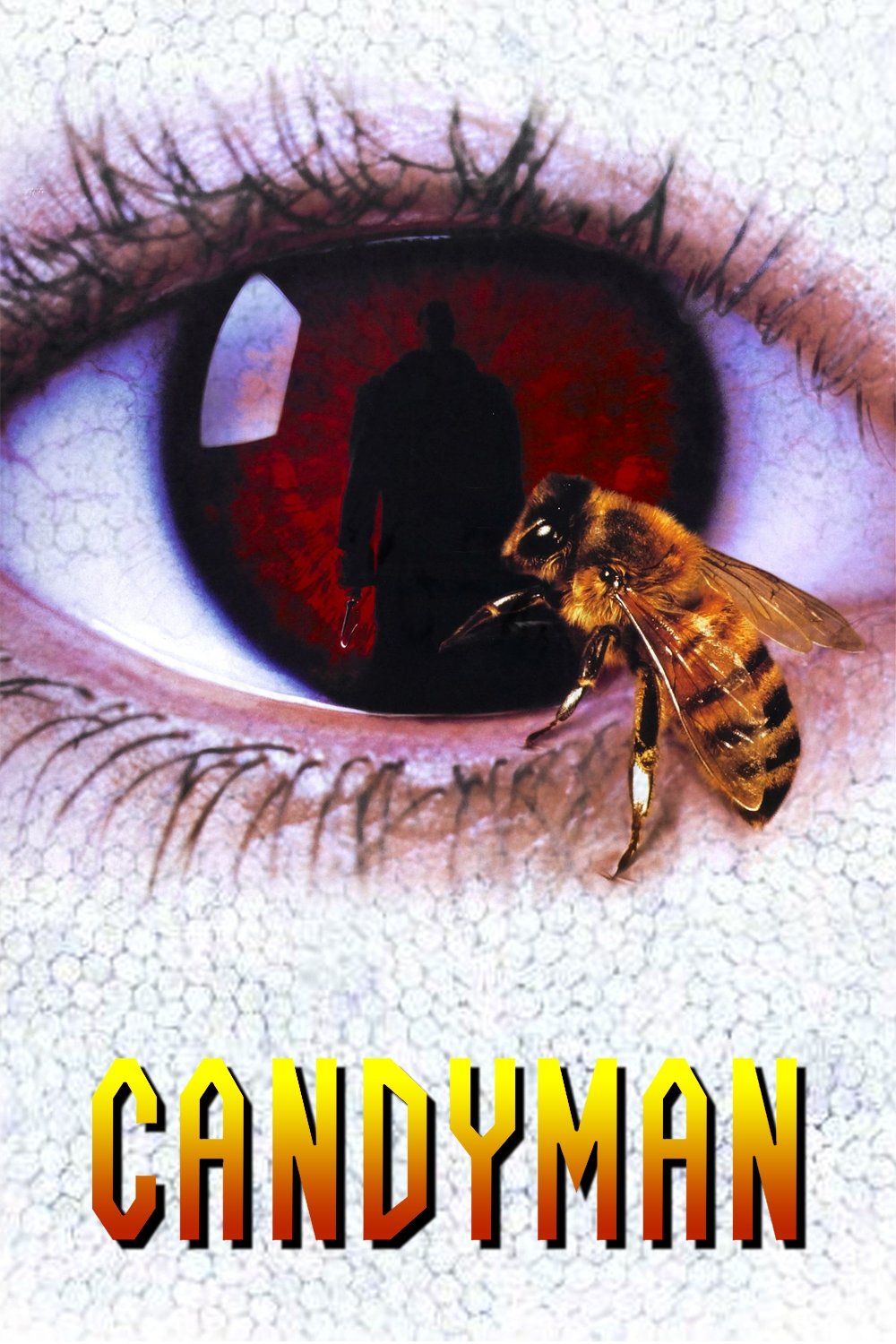
A graduate student investigates a local legend connected to a public housing complex and a string of killings. The film, directed by Bernard Rose, uniquely combines elements of folklore, investigative journalism, and compelling imagery, all built around a truly unforgettable villain.
The legend setup benefits from briefly explaining the rules beforehand, and a mirror prop can be used just for playful photos. Have a concise handout available that details both the story and the actual places it’s based on, to help focus the conversation after the movie is over. This will ground the discussion in reality. Remember to keep it brief!
‘The Others’ (2001)
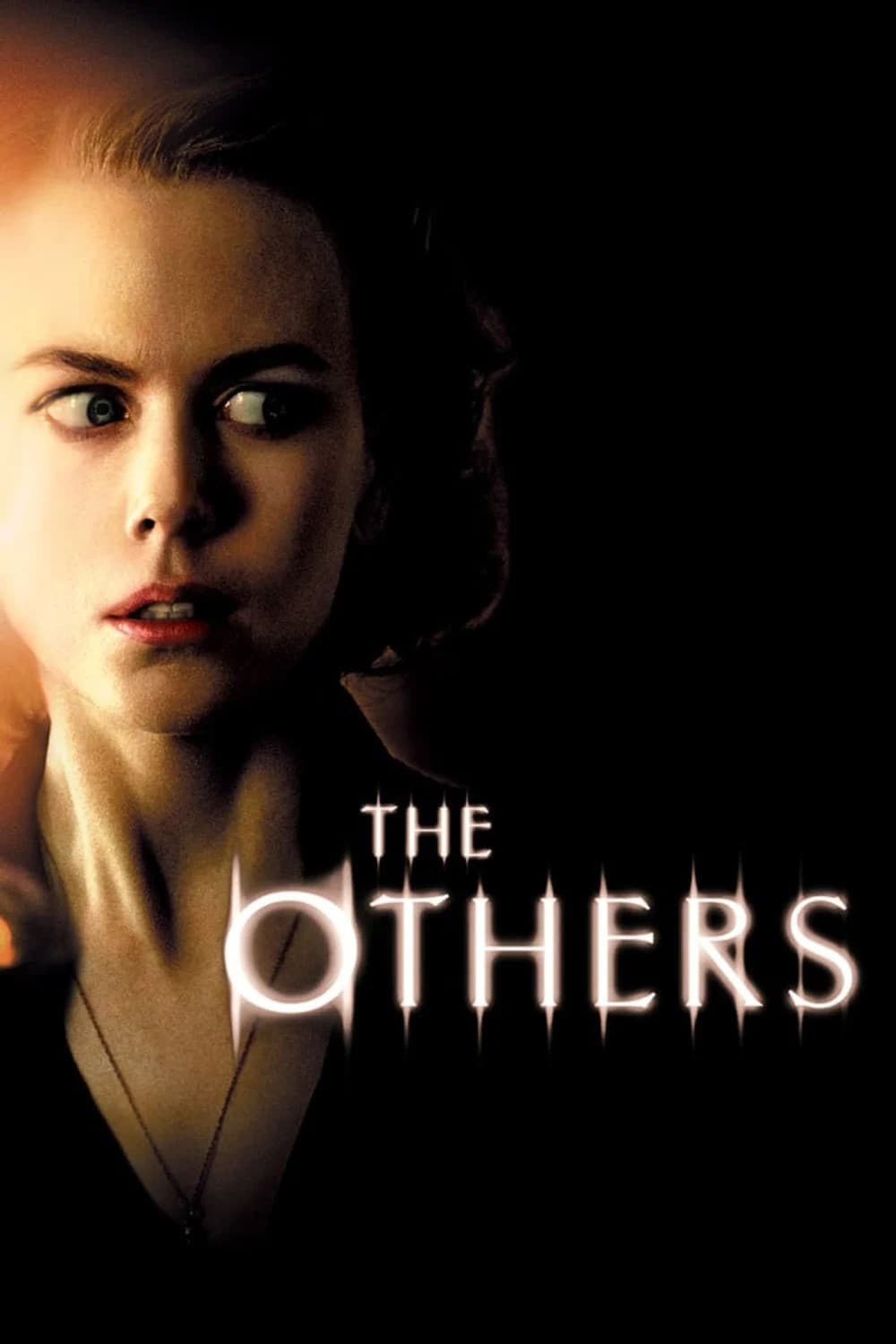
A mother and her children, who are sensitive to light, reside in a mansion constantly covered in fog, requiring careful attention to doors and curtains. Alejandro Amenábar skillfully builds a narrative where everyday tasks become hints about the secrets hidden within the house.
To create a similar atmosphere to the movie, you can use blackout curtains or turn the lights down low. Also, it’s helpful to have a list of doors and keys so viewers can keep track of which rooms are open or locked as the mystery unfolds.
‘What We Do in the Shadows’ (2014)
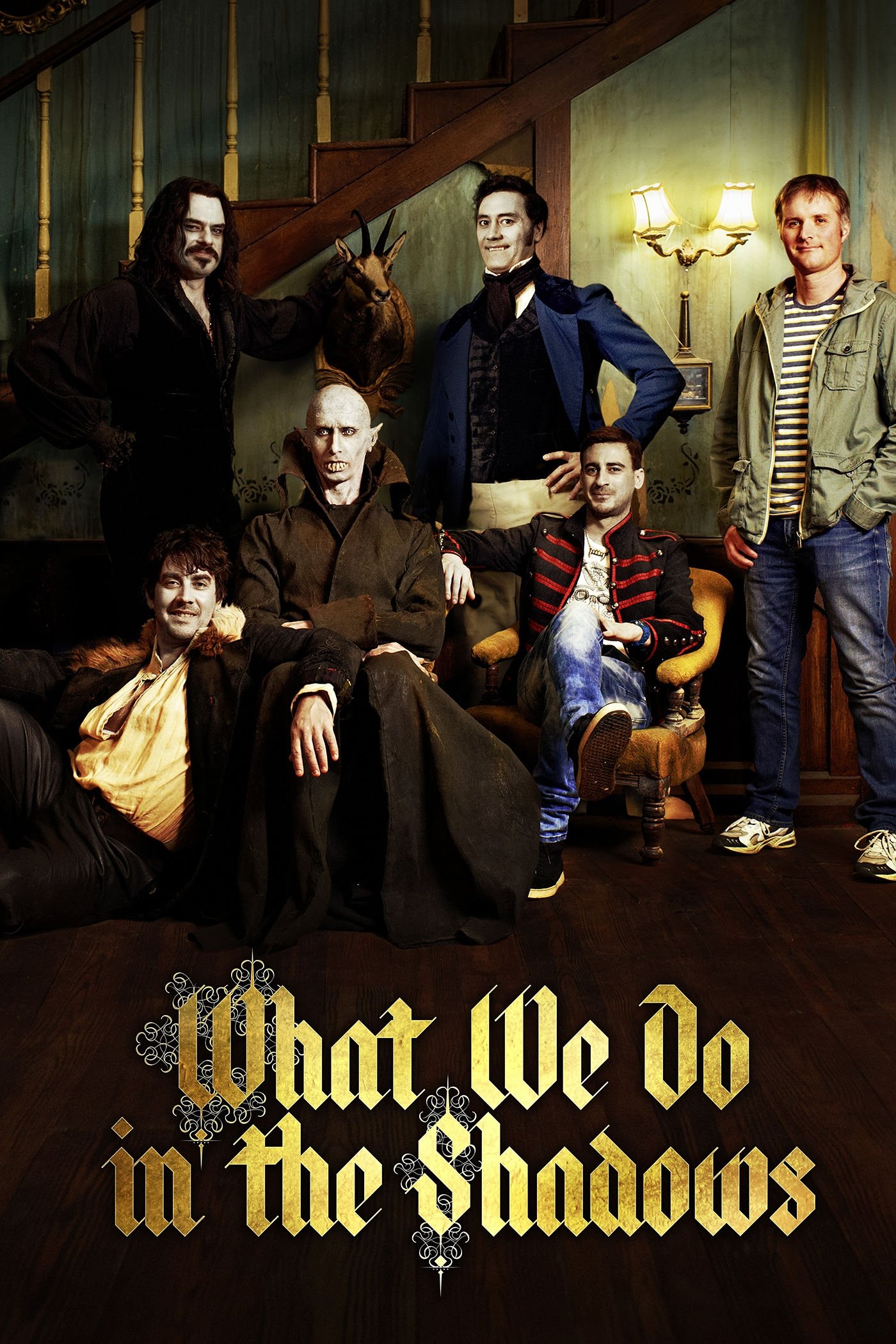
In modern-day Wellington, a flat is shared by a group of vampires who deal with everyday issues like household chores and disagreements. Taika Waititi and Jemaine Clement combine realistic, documentary-style interviews with fantastical, supernatural elements – think invitations to events and long-standing ancient feuds.
The simulated interview setup works great for fun photo opportunities during breaks and for guests to write down quick, playful confessions. Providing guests with character role stickers – like those representing well-known figures or people from past eras – makes it simple for everyone to participate in ongoing jokes and conversations.
‘Gremlins’ (1984)
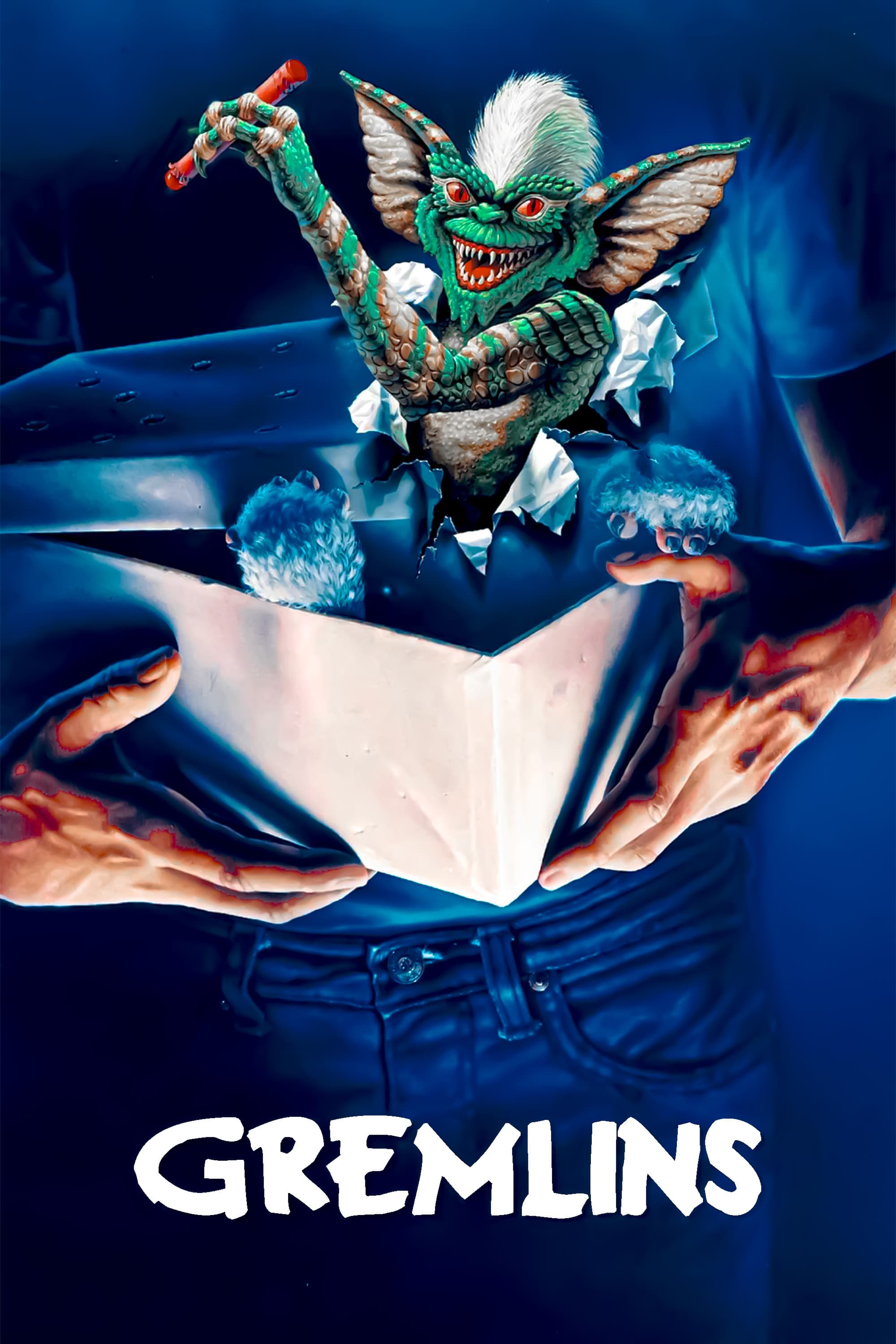
A quiet town finds itself swamped by playful but troublesome creatures that rapidly increase in number whenever someone disregards the rules. Joe Dante presents three straightforward instructions for looking after a mogwai, and these rules directly inspire every exciting scene and action sequence in the film.
Create fun signs near the snacks and drinks to gently remind guests about the rules – no water and no late-night treats! For lighting that’s both safe and fits the theme, use battery-powered tea lights – perfect for a gremlin-proof glow in spooky or cozy spaces. Remember to place them strategically!
‘Sinister’ (2012)

A writer specializing in true crime uncovers home movie footage that points to a series of connected murders and a mysterious force orchestrating them. Director Scott Derrickson builds the film’s narrative around the unveiling of each reel and the subsequent investigation that unfolds.
The film is structured in a way that allows for short breaks after each section, giving viewers a chance to collect their thoughts. It’s helpful to create a timeline where people can record dates and places; this will make the story easier to follow as the hints start to come together.
‘Psycho’ (1960)
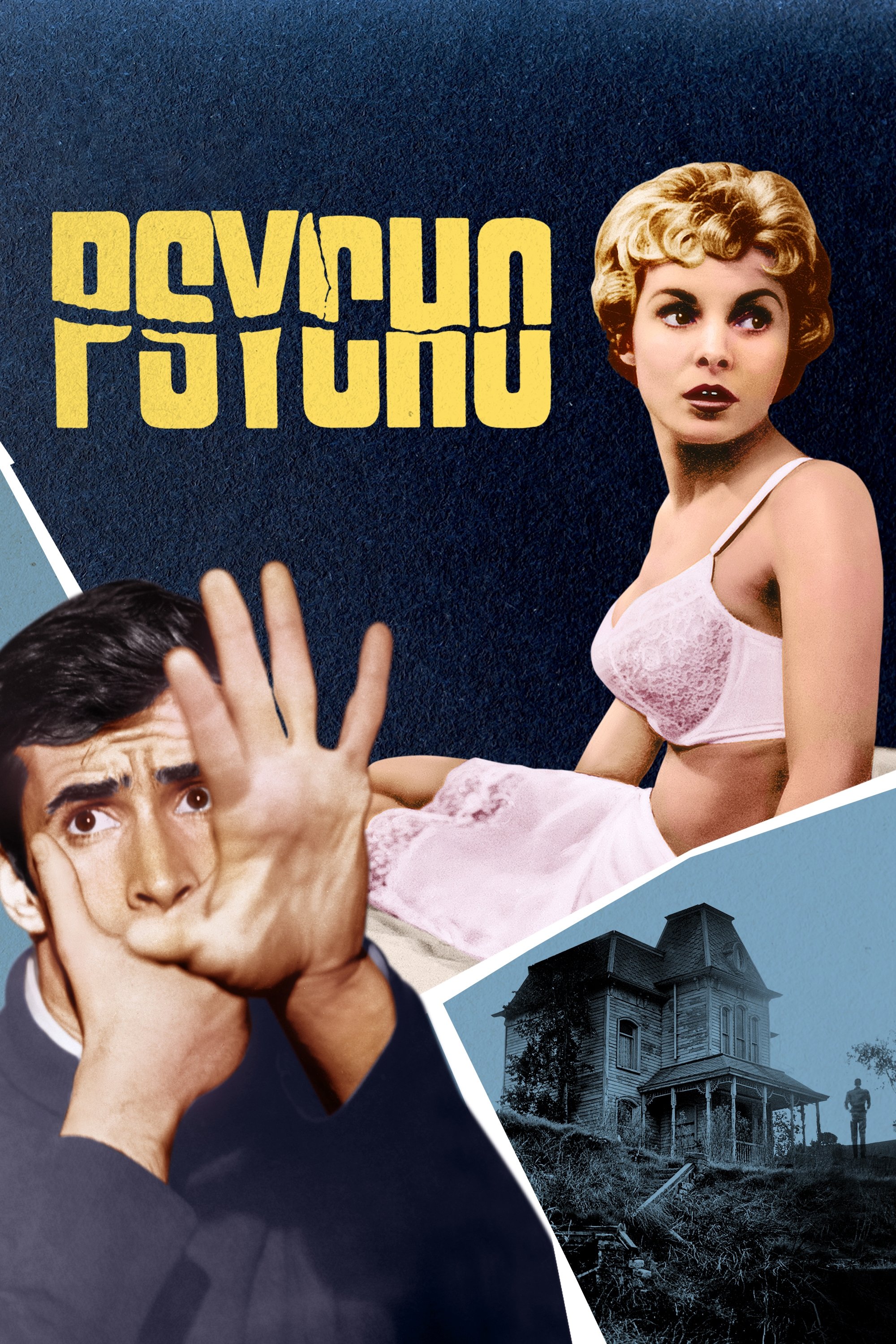
I was absolutely captivated by this film! It tells the story of a secretary who’s desperately trying to escape something, and she ends up at this incredibly eerie roadside motel. The owner is… well, he’s a bit odd, seemingly controlled by his mother, even though she’s not physically present. It’s all masterfully directed by Alfred Hitchcock, who worked from a screenplay by Joseph Stefano. What’s really interesting is that the film is based on a novel by Robert Bloch, and they used black and white photography, which I understand was partly to help keep the budget manageable. It adds to the atmosphere, though!
I was absolutely blown away by how innovative this film was! The way they constructed the shower sequence, using incredibly quick cuts and perfectly timed sound, was something I’d never seen before. And Bernard Herrmann’s string score? It was instantly iconic! That memorable motif was so effective that studios kept using it in trailers and on television for years afterward – it really left a lasting impression.
‘The Thing’ (1982)

At an Antarctic research station, scientists encounter a parasitic being capable of perfectly mimicking the creatures it consumes. The Thing was directed by John Carpenter and features impressive, hands-on creature effects created by Rob Bottin, utilizing prosthetics and animatronics. This approach gives the creature a uniquely terrifying and realistic appearance.
The isolated location restricts opportunities to flee and structures the story around challenges that confirm who people really are. Ennio Morricone provides a simple, repeating musical theme that builds tension and uncertainty between the characters.
‘Alien’ (1979)
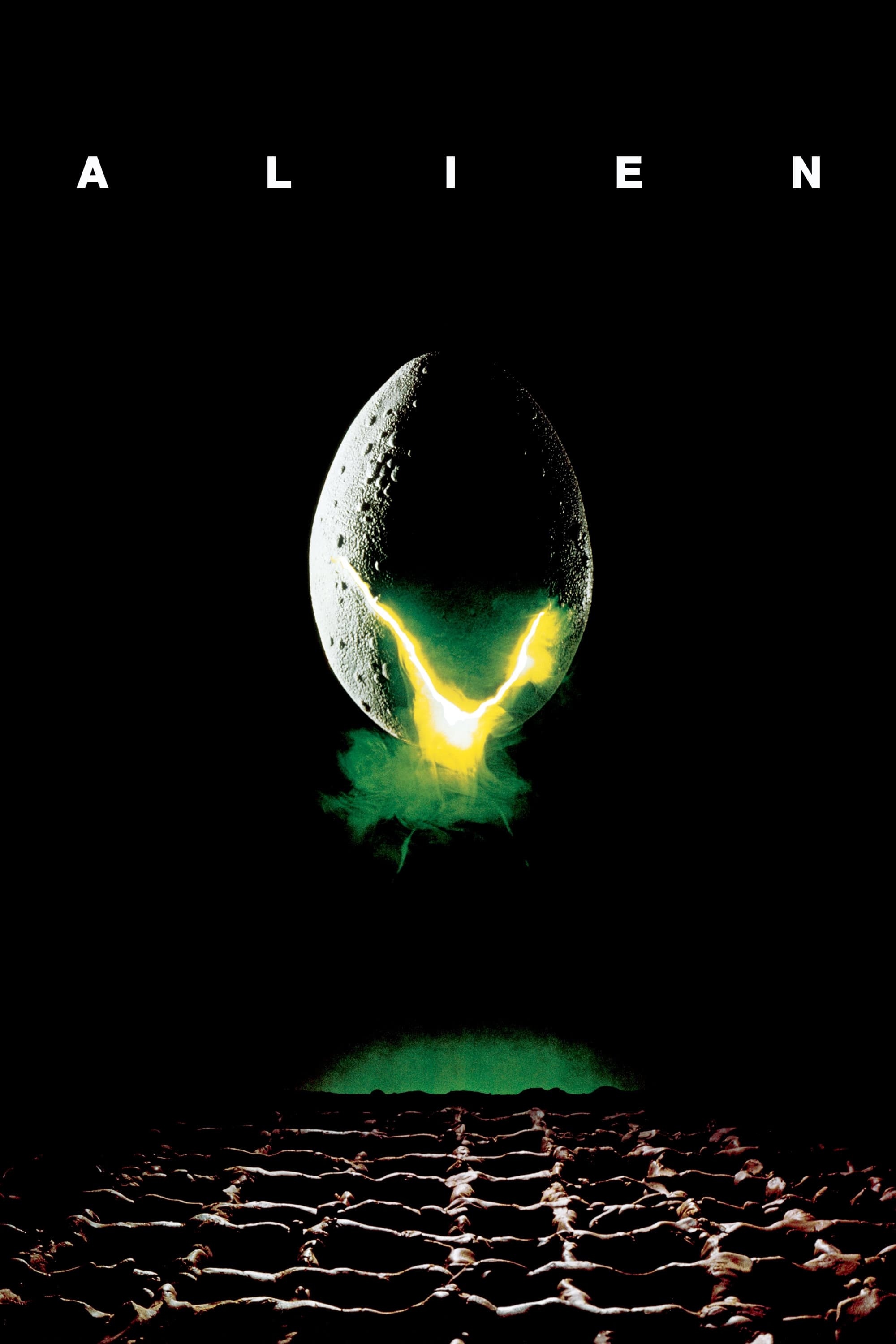
As a huge movie fan, I always get chills thinking about the setup of this film! It starts with a commercial spaceship changing course to check out a strange signal, and unfortunately, they bring something seriously nasty back with them. Ridley Scott really knocked it out of the park directing, and the visuals are unforgettable. A big part of that is the incredible production design by H.R. Giger – he created these sets that are just brilliantly unsettling, mixing cold, industrial hallways with these really organic, almost… biological textures. It’s a perfect blend of tech and something deeply alien.
The story follows a single creature as it navigates the charted areas of the ship, while the crew adheres to their assigned tasks. Jerry Goldsmith’s score and the surrounding sounds of the ship’s machinery create a tense atmosphere leading up to each confrontation.
‘Evil Dead II’ (1987)
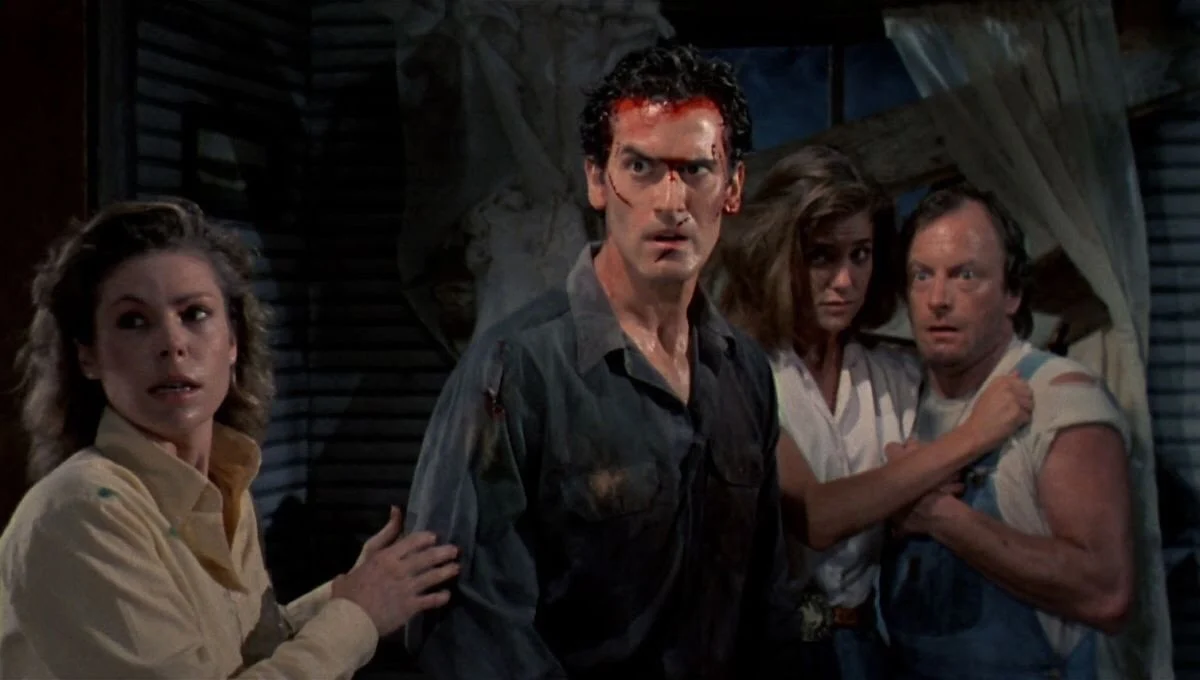
A man staying in a forest cabin is haunted by demons brought to life through an ancient archaeological recording. Sam Raimi directs the film, blending scary scenes with energetic camera work and quick cuts to create a visually dynamic and fast-paced style.
Practical makeup effects and stop motion animation are used to show possession and the gruesome results of dismemberment, all within one setting. The story immediately links to the original film by recreating important moments from it in a shorter opening sequence, before introducing new plot developments.
‘An American Werewolf in London’ (1981)
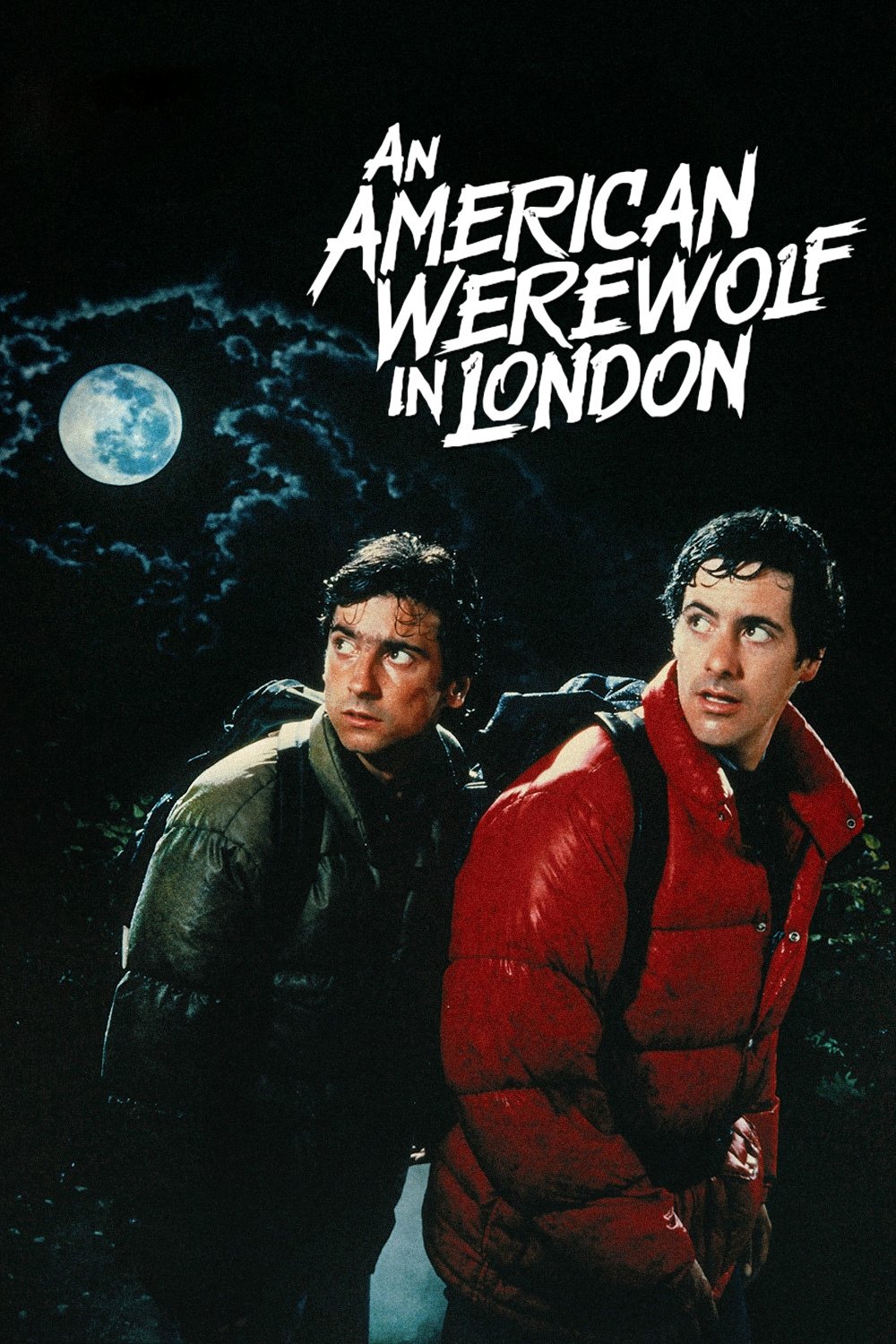
Two people journey across the English countryside, but only one lives through an attack that causes him to change each month. John Landis directed the film, and Rick Baker created the incredible transformation effects using practical methods like appliances and bladder rigs.
Famous London spots like the underground and Piccadilly Circus are featured in exciting chase sequences, using real footage of those locations. The music includes songs about the moon, carefully chosen to match what’s happening in the story.
‘The Wicker Man’ (1973)
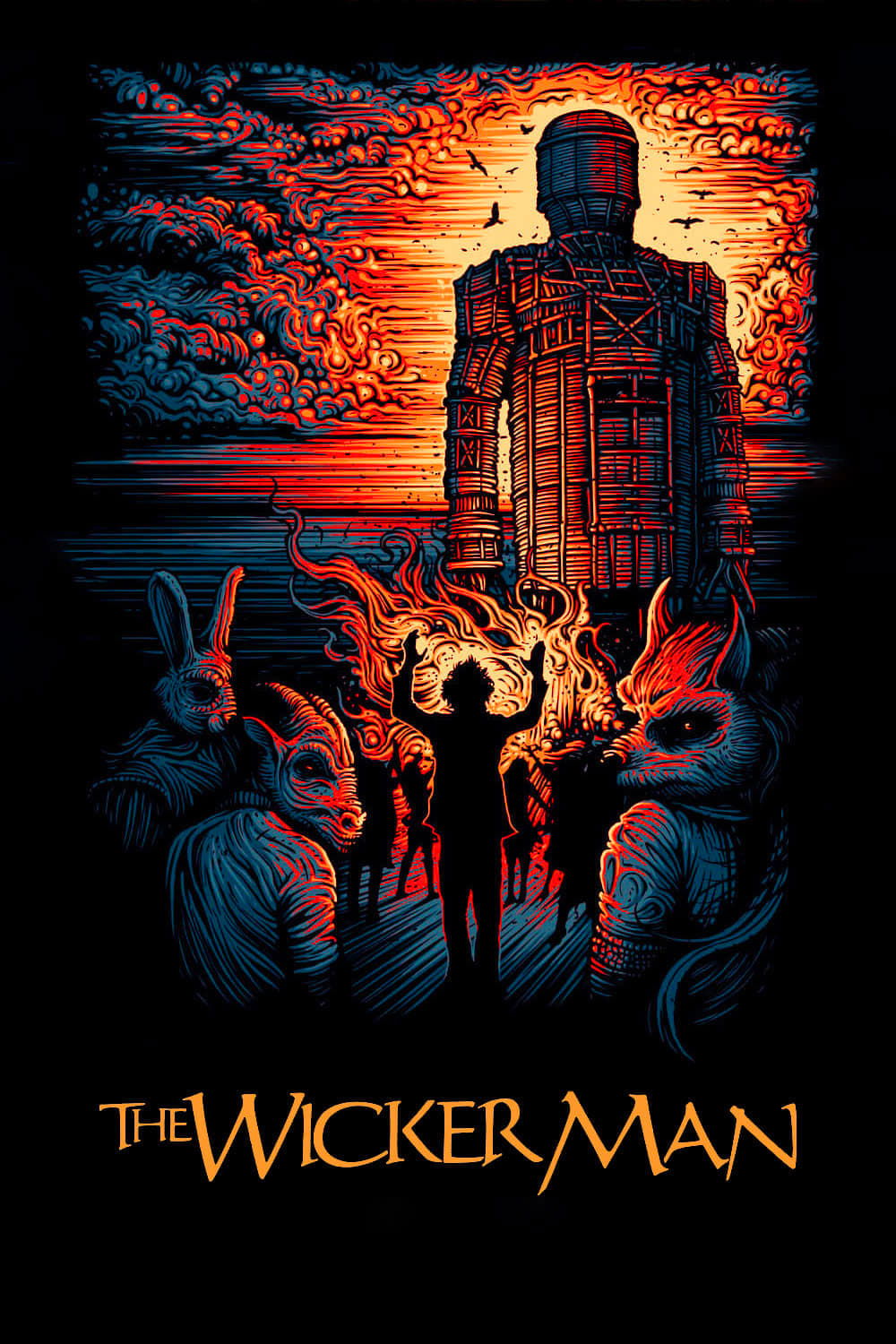
A police sergeant travels to a faraway island to find a missing girl and unexpectedly discovers the islanders’ traditional ceremonies. The film, directed by Robin Hardy and written by Anthony Shaffer, uses traditional folk songs and parades to illustrate the deeply held beliefs of the community.
The inquiry progresses by way of interviews, which uncover differing accounts regarding the child. The production team filmed on actual coastal settings in Scotland and designed costumes to resemble those used in traditional seasonal celebrations, as documented in folklore research.
‘The Omen’ (1976)
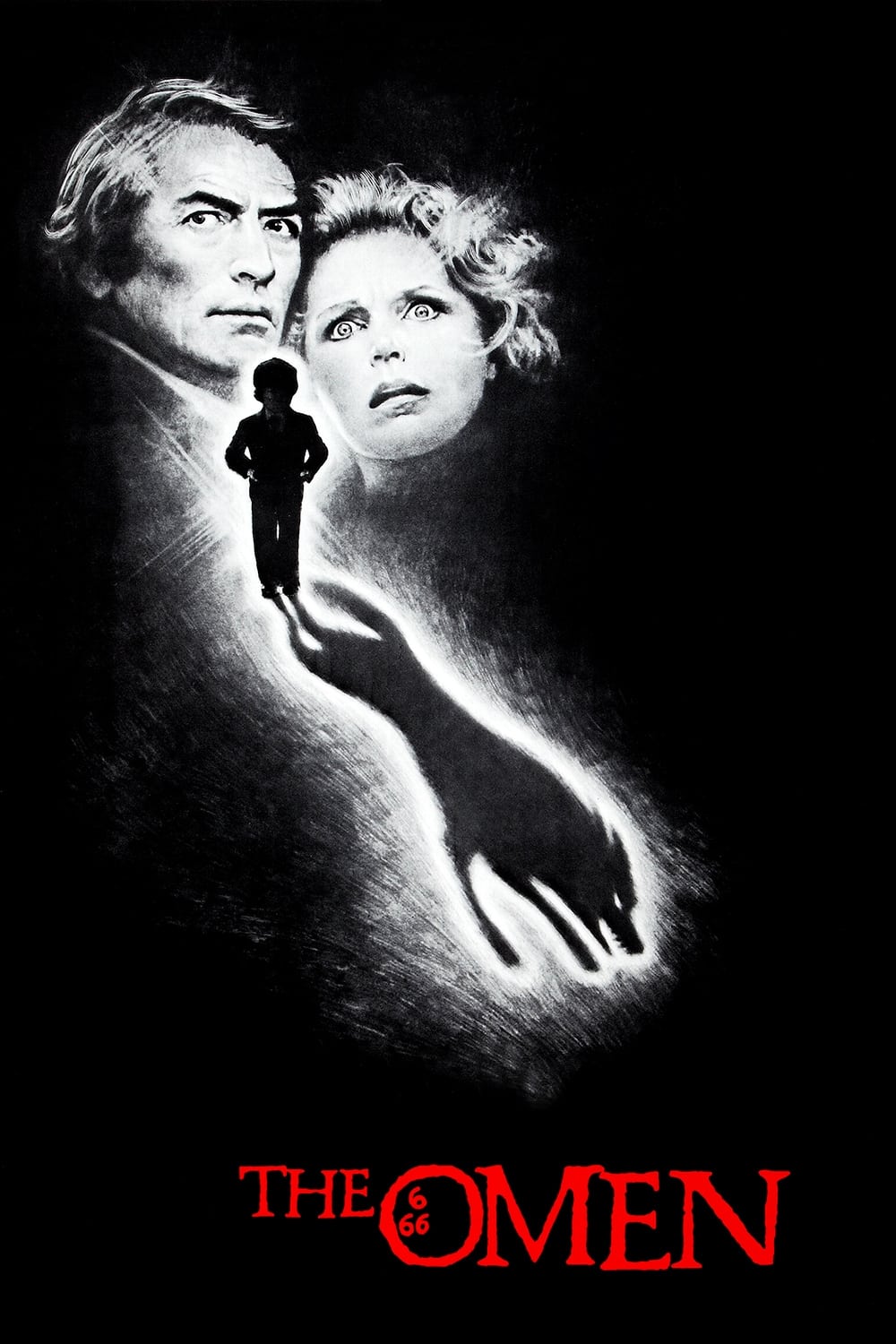
A diplomat finds himself in an unexpected situation when he adopts a child, only to discover that the boy is connected to troubling predictions about the future. The film is directed by Richard Donner, and features a memorable score by Jerry Goldsmith, which includes choral pieces sung in Latin.
The film’s elaborate scenes are presented as coincidences, subtly alluding to stories from the Bible and significant numerical sequences. It also established repeating characters and imagery that would reappear in subsequent films and the later television series.
‘The Sixth Sense’ (1999)
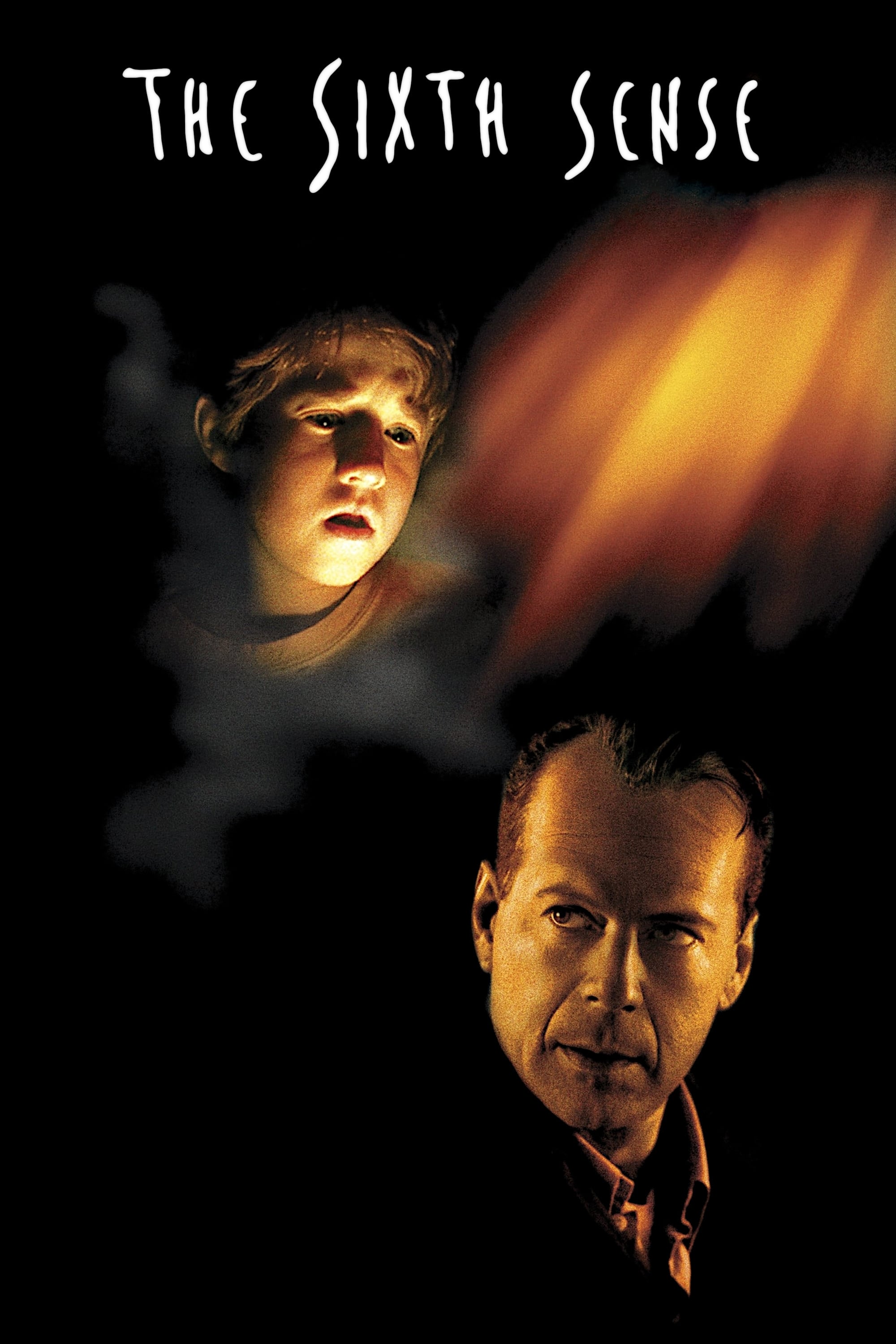
A child psychologist is helping a boy who says he sees deceased people and is having trouble understanding these experiences. M. Night Shyamalan both directs and wrote the screenplay, carefully placing visual hints throughout homes and other public areas.
The story unfolds through therapy sessions, each addressing and resolving a unique haunting while also explaining the purpose behind each ghost’s request. Certain objects and colors reappear throughout the narrative, subtly drawing the viewer’s focus without giving away the complete solution too soon.
‘The Fly’ (1986)
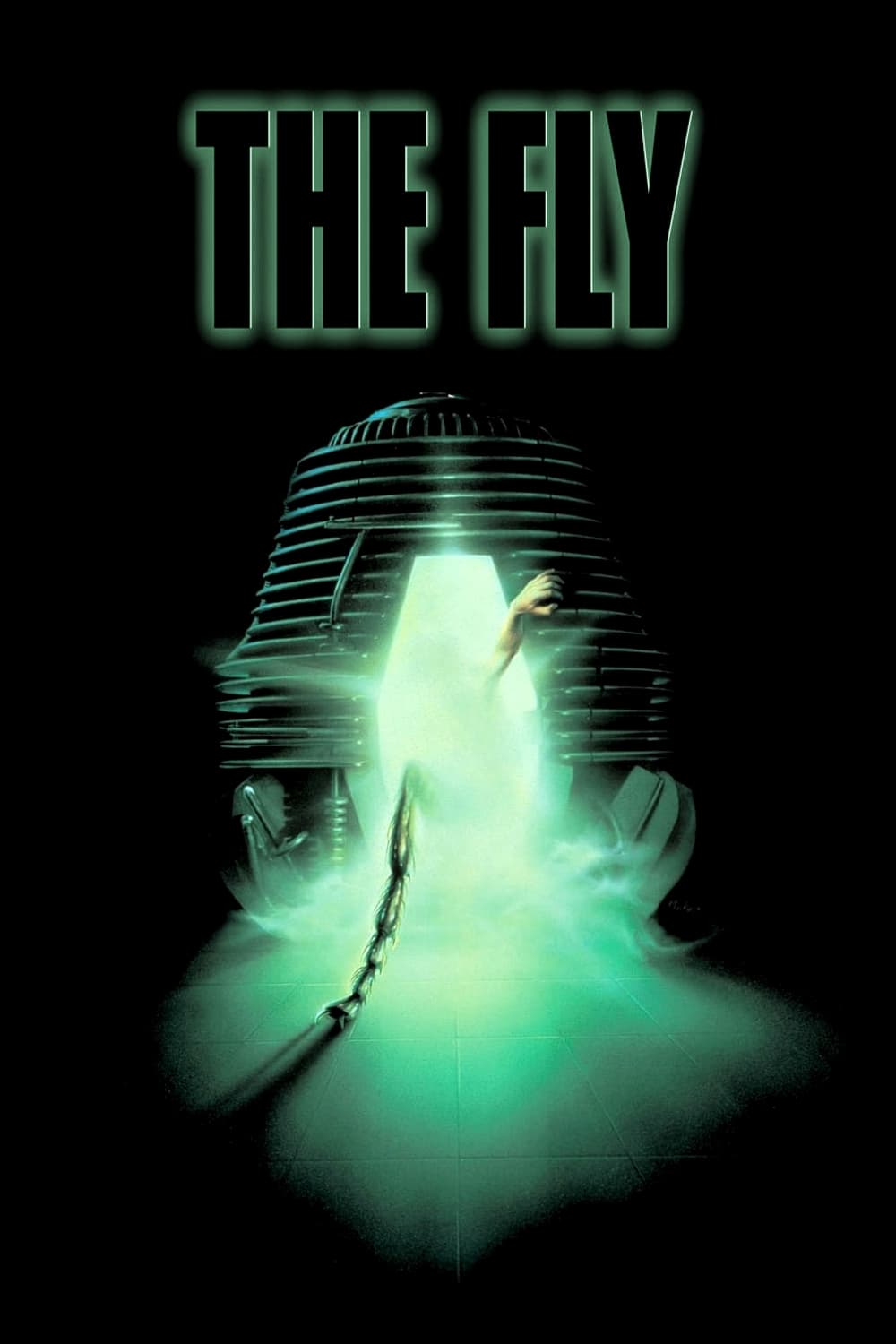
A scientist conducts experiments with teleportation, and begins to change after a test goes wrong. David Cronenberg directs and co-writes a take on the story that focuses on the details of lab work and the resulting medical effects.
Chris Walas oversaw the makeup effects, which gradually evolved from small imperfections to complete creature costumes. This progression was carefully recorded using video diaries and detailed lab notes, documenting the changes in a precise, clinical way.
‘Suspiria’ (1977)
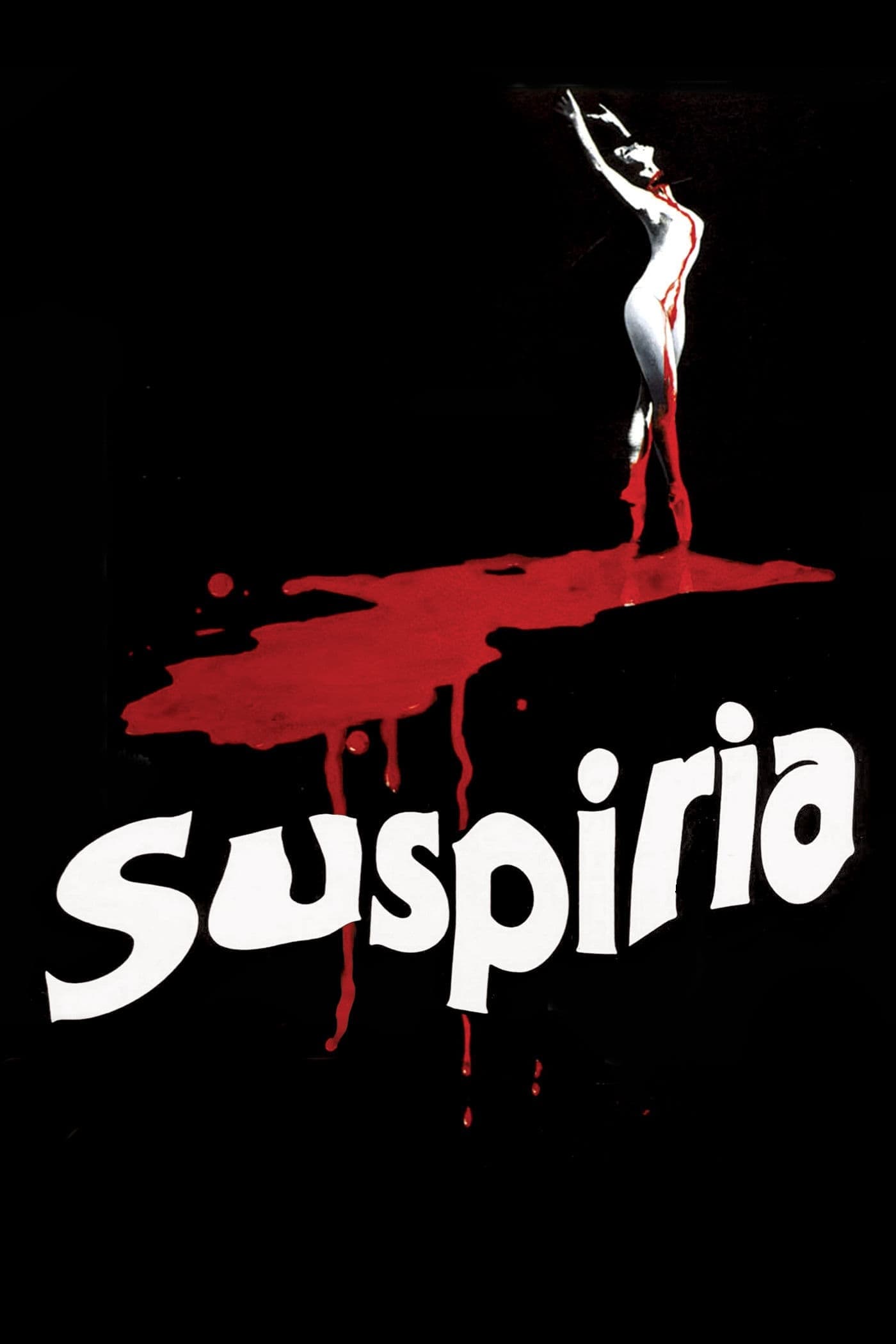
A newcomer begins their studies at a dance school, unaware that it conceals dark occult practices beneath its rigorous training. The film is directed by Dario Argento, with stunning visuals captured by cinematographer Luciano Tovoli, who employs striking, vibrant colors and expansive, sweeping shots.
Goblin features a musical score created with rich percussion and soft, spoken vocals, used to enhance conversations. The building’s layout and concealed spaces are shown repeatedly through moving camera shots, suggesting the existence of secret pathways.
‘REC’ (2007)

When a television reporter and firefighters respond to a late-night emergency at an apartment building, they discover residents afflicted by a mysterious illness. Jaume Balagueró and Paco Plaza directed this story, which unfolds in real-time, presented as if filmed by a news camera.
The building, which is locked down, employs stairwells and apartments as security points that shut behind the characters as the authorities secure the location. The last few minutes transition to night vision, taking place in an attic where papers reveal details of a previous inquiry.
‘Let the Right One In’ (2008)
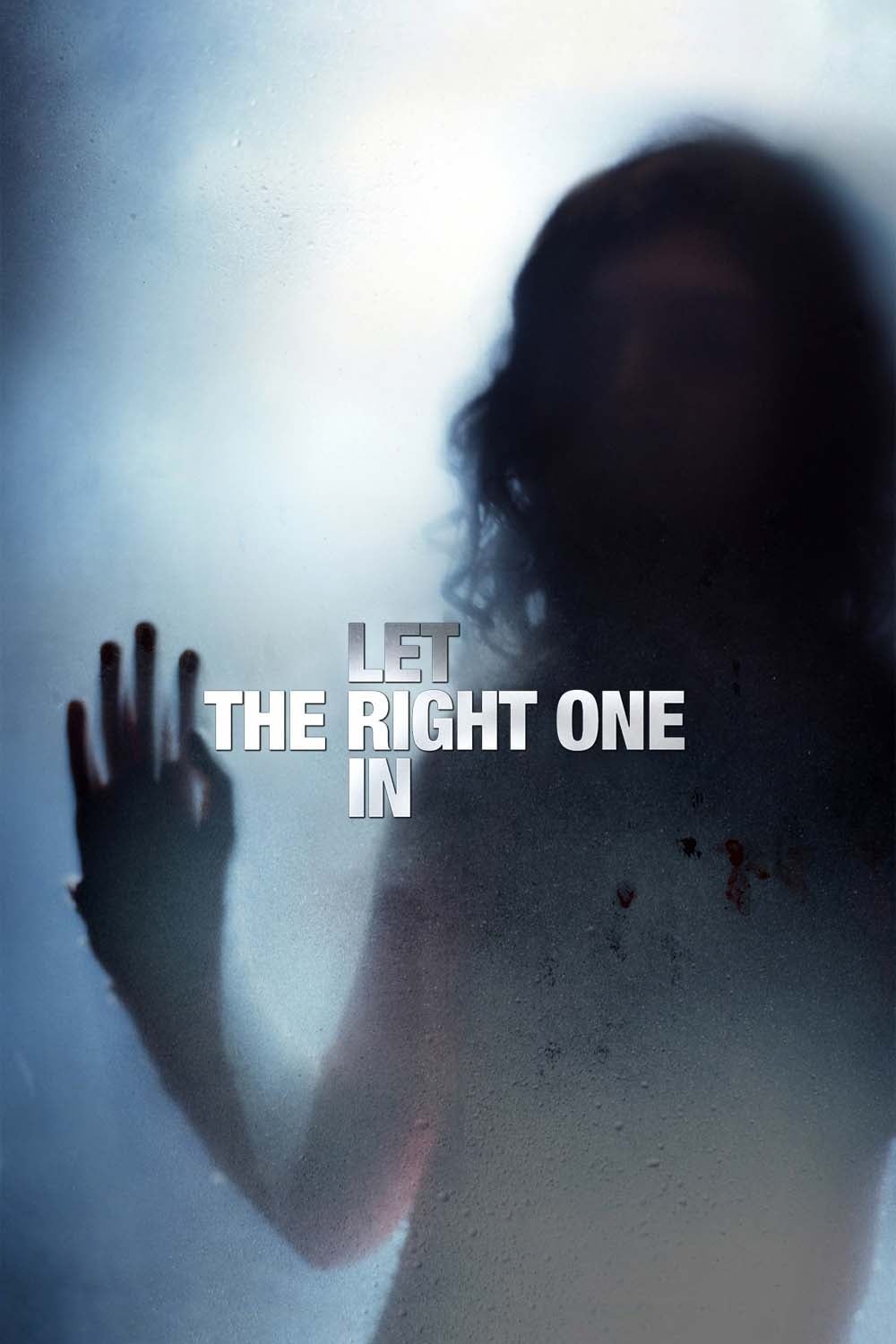
A young boy who is being bullied finds an unlikely friend when a new family moves in next door – a vampire accompanied by a protector. The film, directed by Tomas Alfredson and based on the novel by John Ajvide Lindqvist, focuses the story’s events around familiar, everyday locations like apartment courtyards, basements, and the local school swimming pool. It’s a grounded take on a supernatural tale.
The story follows a series of incidents involving food distribution and the challenges of travel in winter, as investigators try to understand what’s happening. The film explains how things like guest lists, invitations, and even doorways determine who is allowed into homes and social events.
‘The Descent’ (2005)
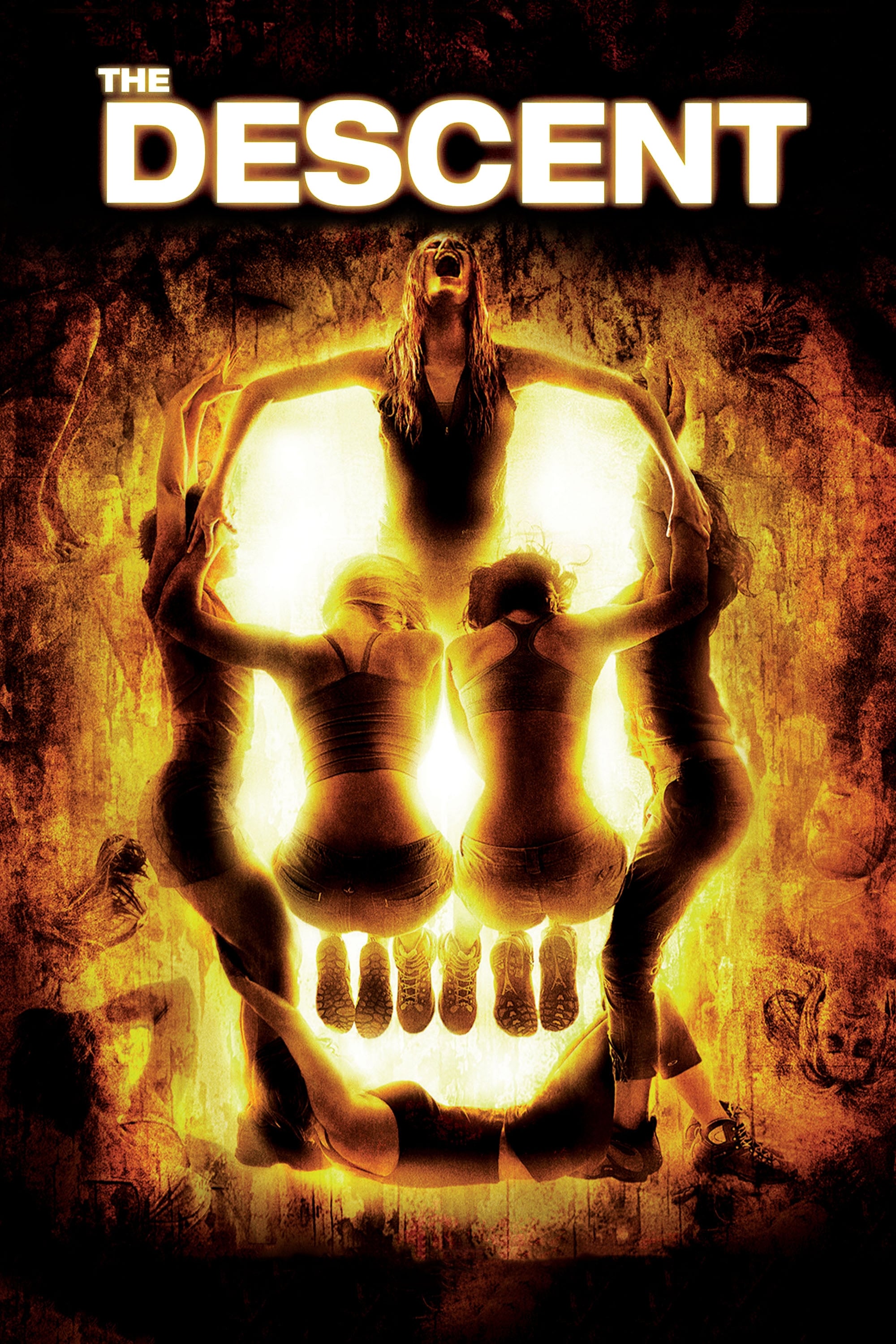
A group of friends ventures into a cave and finds themselves trapped inside, where creatures that have adapted to life in the dark hunt using sound. The film is directed by Neil Marshall, and the set design cleverly recreates the feeling of tight spaces and sheer drops.
Headlamps and glow sticks help you see and separate different parts of a scene using different colors, which aids in finding your way. The record of your journey-maps and markings-highlights how making a mistake with directions can eliminate the ability to go back.
‘The Orphanage’ (2007)
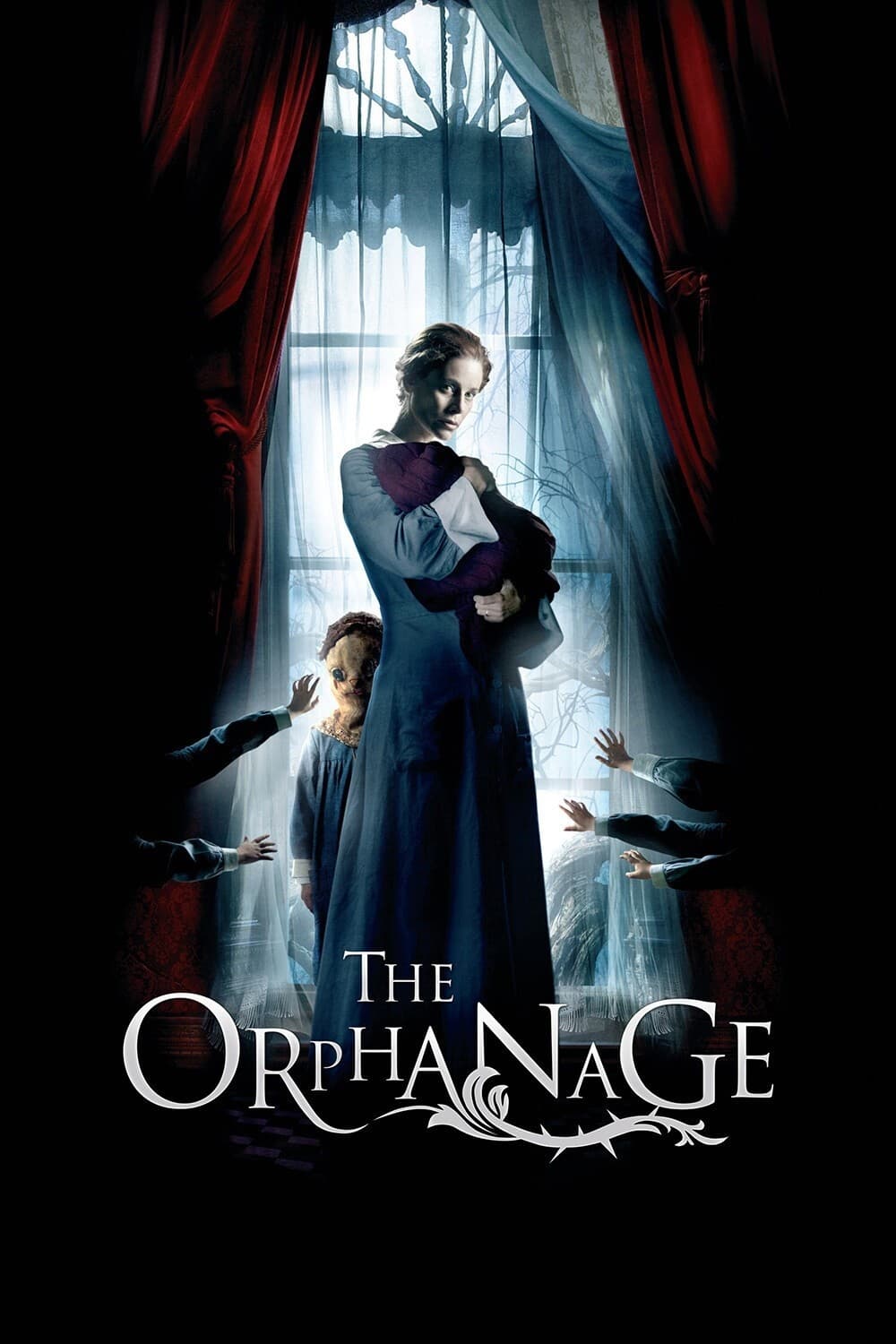
A woman returns to the foster home of her childhood, now reopening it, while also looking for her son. Along the way, she uncovers clues about the people who lived there before. J A Bayona directed the film, working from a screenplay by Sergio G Sánchez, and the movie makes striking use of the area’s buildings and details from that time period.
Hints are revealed through childhood games and objects hidden within the walls and rooms. The story unfolds with timing that mirrors a game played at the house many years ago.
‘A Tale of Two Sisters’ (2003)

Two siblings come home to their father’s house in the countryside after being in the hospital. They share the home with their father and a harsh stepmother. Kim Jee woon directs the film, paying close attention to the layout of the rooms and frequently using the same objects, such as wardrobes and kitchen fixtures.
The story jumps between past memories and current events, and uses different colors to show when the time changes. It’s based on the traditional Korean story Janghwa Hongryeon jeon, but the characters and setting have been updated for today.
‘It Follows’ (2014)
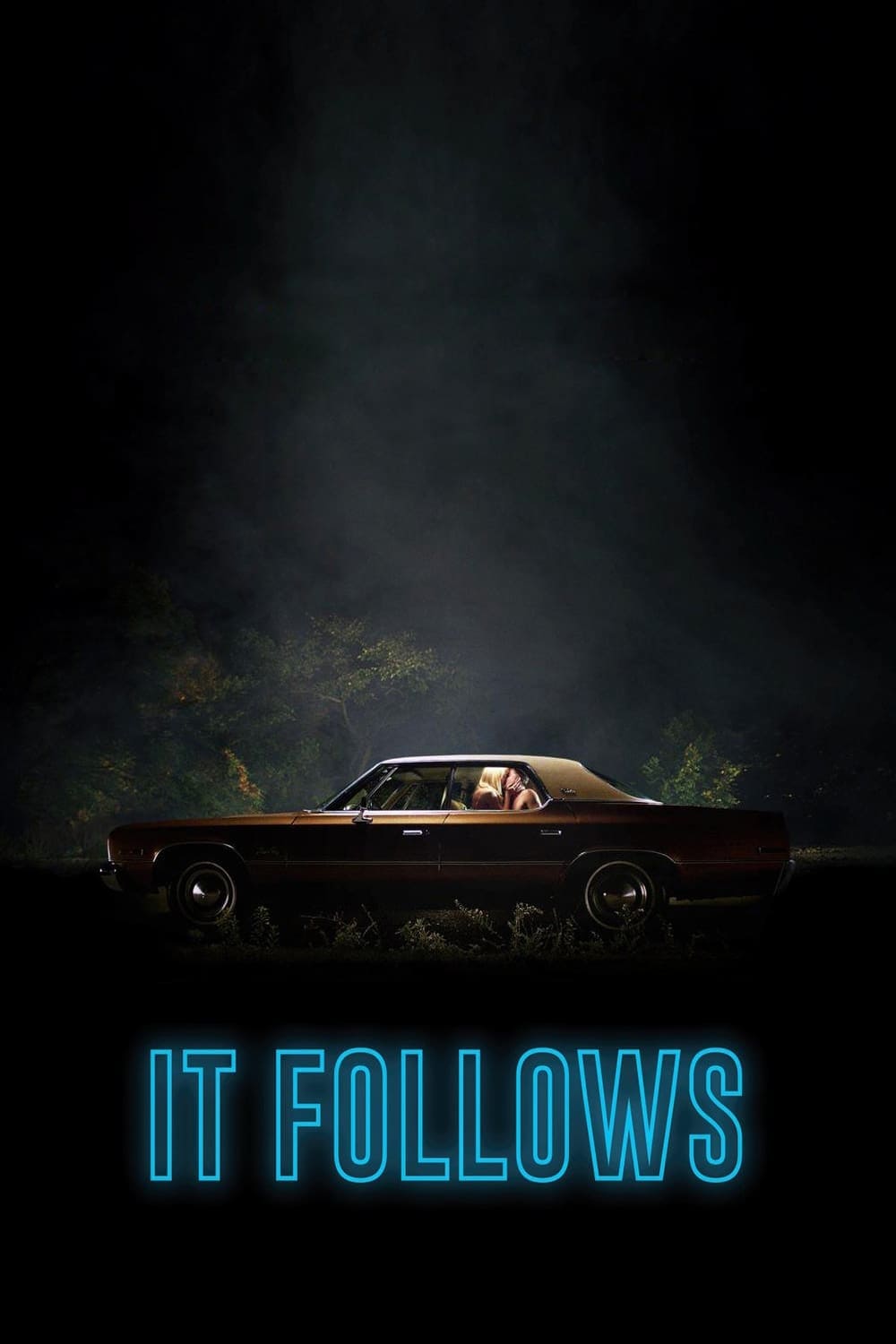
A college student discovers she’s being stalked by a being that can change its shape, and it will follow her at a normal walking pace after they have a sexual encounter. The film is directed by David Robert Mitchell, and he creates a unique atmosphere by blending details from different time periods, resulting in a setting that doesn’t clearly belong to any specific era.
The creature alters how it looks and travels directly towards its goal, making it suitable for observation tactics. Disasterpeace creates a synth-based soundtrack where approaching events are signaled by recurring musical motifs.
‘Drag Me to Hell’ (2009)
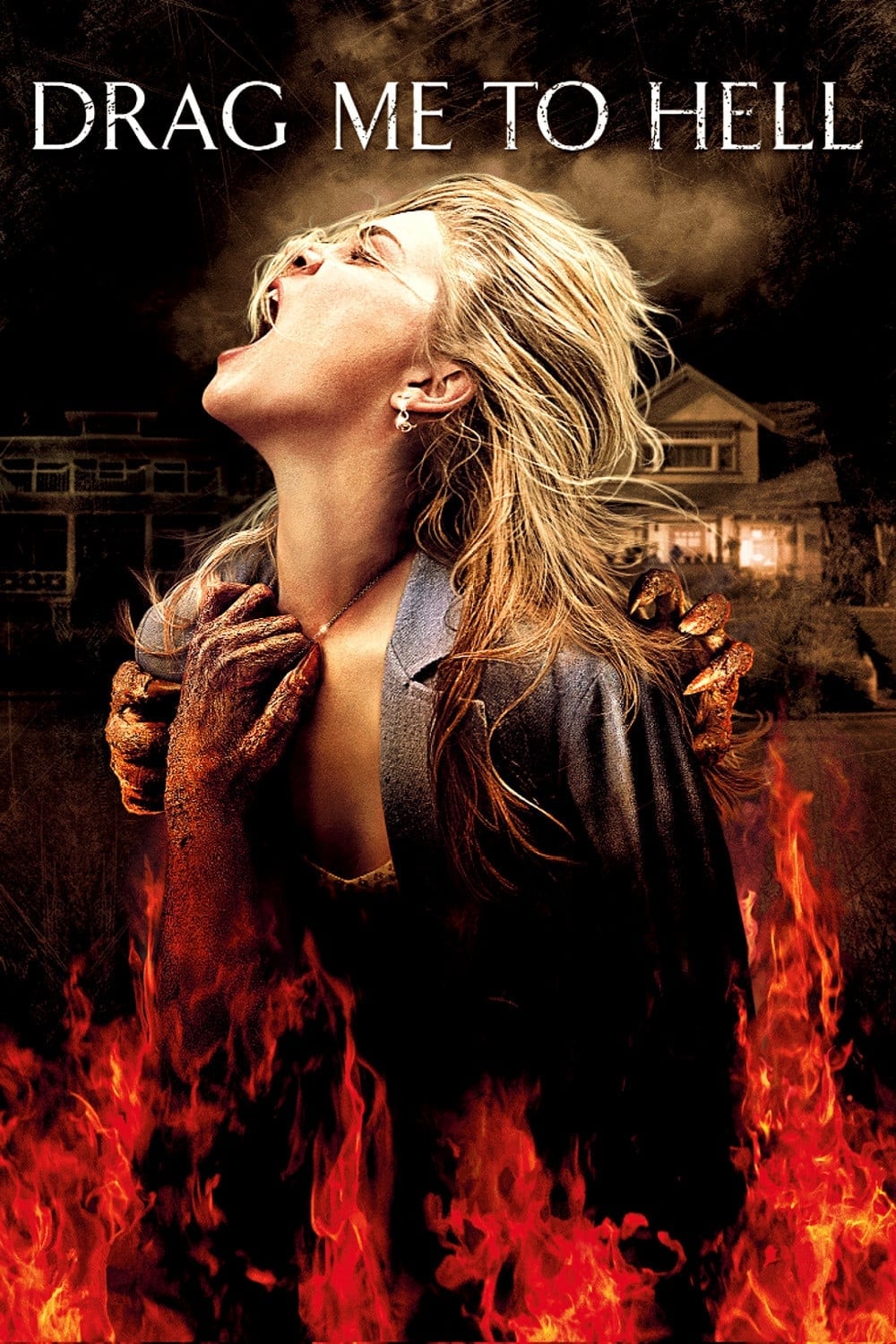
A bank worker refuses to extend a loan, and a customer responds by placing a curse using an ancient ritual. The film, directed by Sam Raimi, is structured around a series of deadlines, with increasingly frightening events leading up to a climactic confrontation.
A blend of classic pranks and digital effects create exciting action sequences in settings like offices, vehicles, and a graveyard. The story unfolds based on a series of decisions involving workplace rules and personal items, which characters must either trade or destroy.
‘The Frighteners’ (1996)

A petty swindler with the ability to see ghosts finds himself looking into a string of unexpected deaths caused by heart failure. Peter Jackson directs, utilizing groundbreaking early digital effects from Weta to seamlessly blend see-through spirits with real-life footage.
The story links an old crime that happened in a hospital to what’s happening now, and it uses numbers to categorize the people affected. The settings include beautiful, old Victorian houses, a museum, and a sanatorium – a place that contains important records needed to understand the mystery and solve the puzzle. Decoding the pattern is key to everything.
‘Bram Stoker’s Dracula’ (1992)
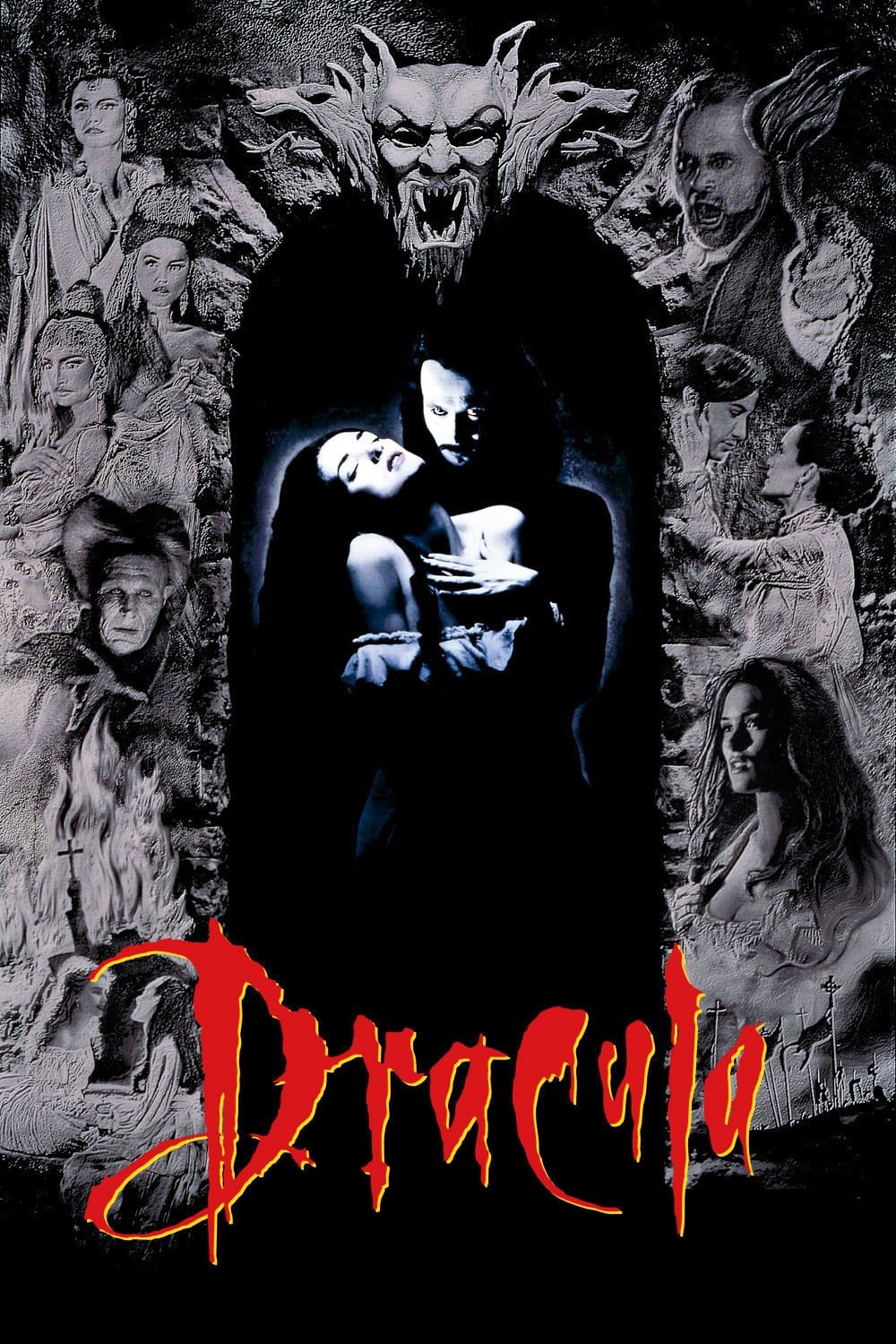
The film begins with a historical introduction connecting Vlad Dracula to the character who eventually travels to London to find Mina Harker. Francis Ford Coppola directed the film, employing production design techniques such as miniatures, rear projection, and transitions created directly within the camera.
Costumes designed by Eiko Ishioka help establish what each character is like through their unique shapes and the feel of their clothing. The movie version brings back the storytelling style of the original book by showing letters, diaries, and ship logs directly on the screen.
‘Tucker and Dale vs. Evil’ (2010)
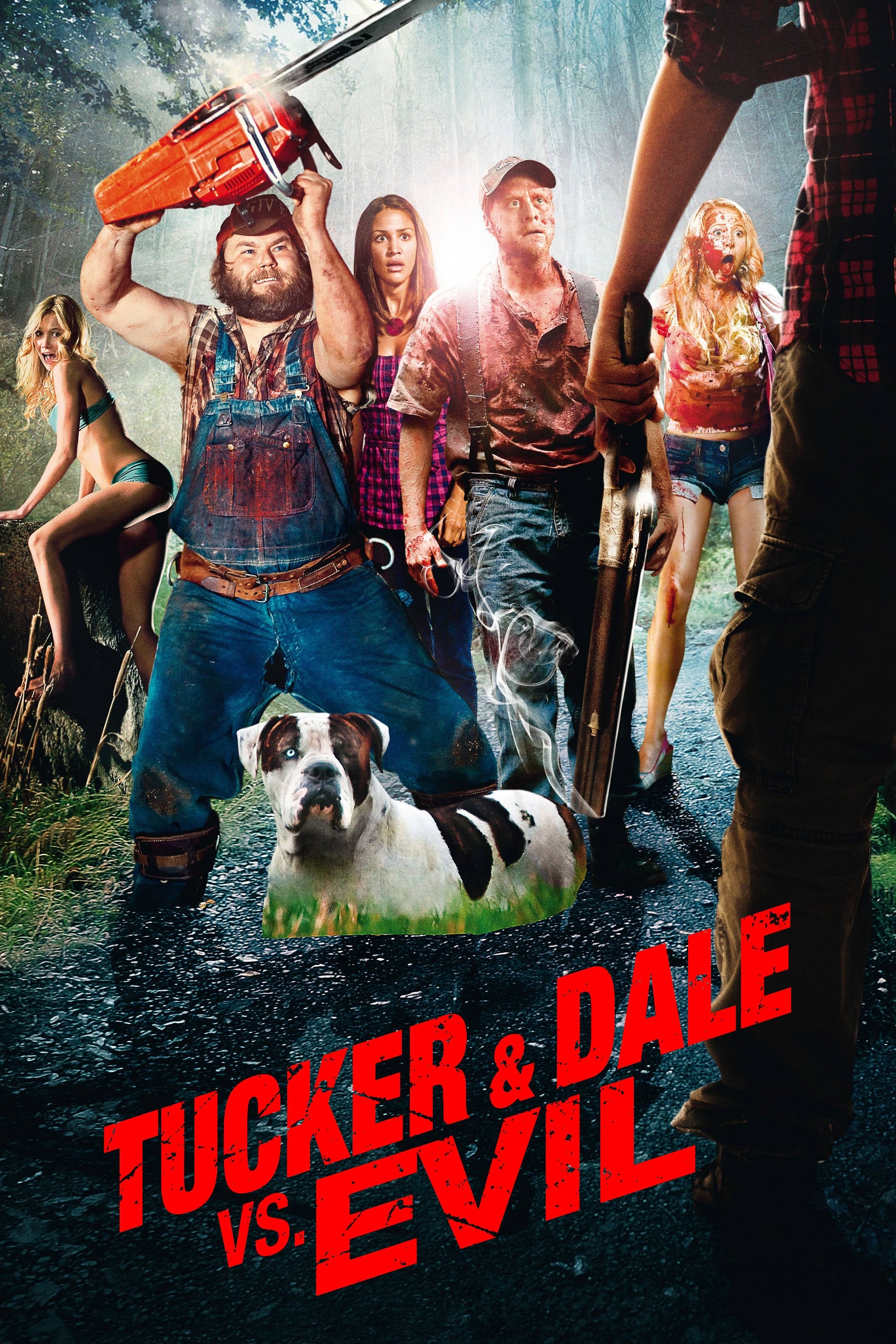
During a cabin getaway, two friends are wrongly identified as dangerous criminals by a group of college students, which sets off a series of unfortunate events. Eli Craig directs the film, building tension by presenting common rural horror tropes through a lens of mistaken identity and escalating misunderstandings.
The film shows each event unfolding naturally, connecting actions to their results involving things like tools, boats, and dangers around a woodpile. Conversations and official reports explain how misunderstandings grow as the two main characters try to do simple fixes and provide initial medical help.
‘Hellraiser’ (1987)
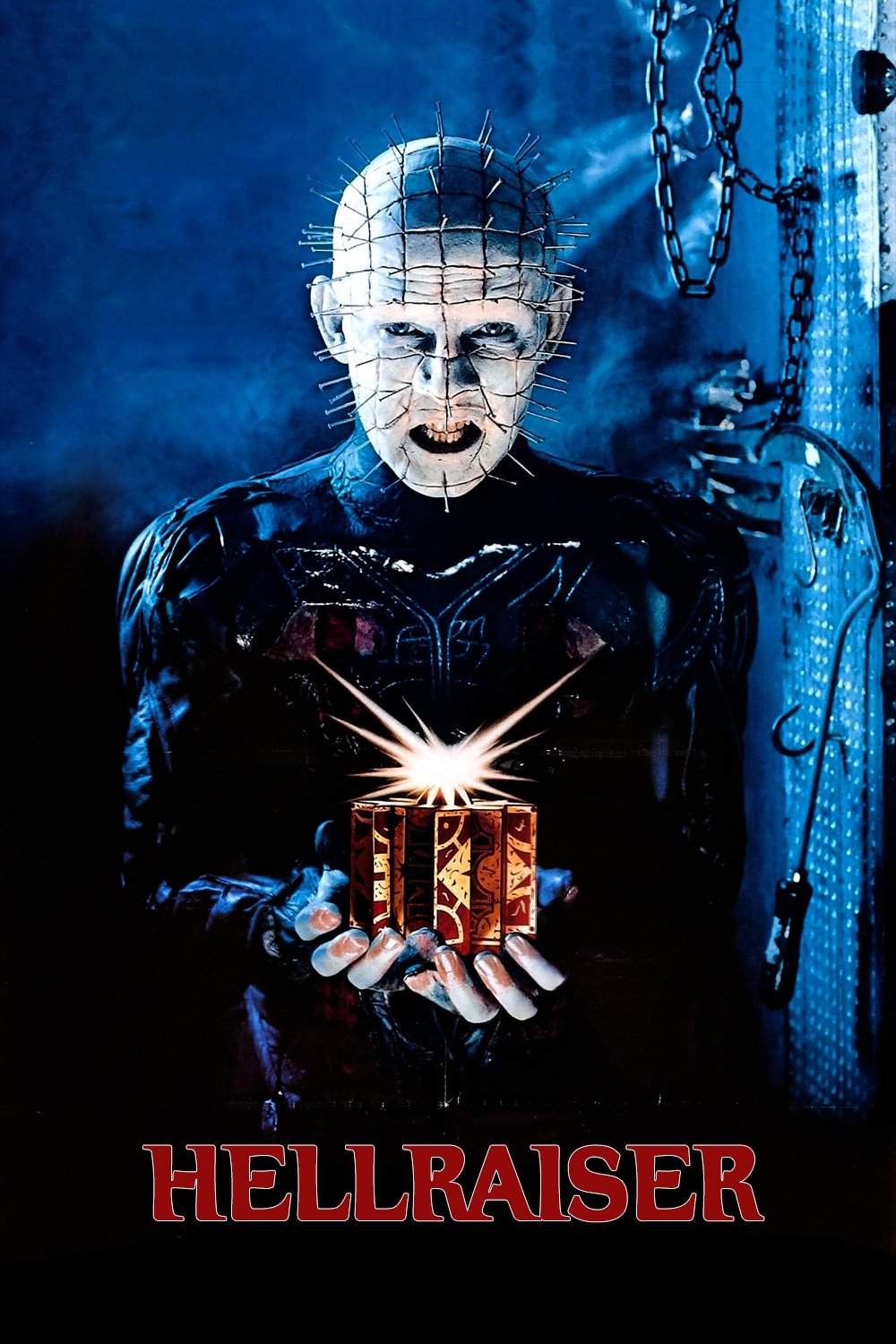
A man unlocks a mysterious puzzle box, releasing otherworldly beings who experience intense sensations. Simultaneously, his body, brought back to life, craves blood to regenerate. Clive Barker wrote and directed this adaptation of his own short story, and it’s where we first meet the Cenobites – terrifying creatures with unique looks achieved through practical effects like prosthetics and makeup. Their designs feature distinctive leather and nail detailing.
The play is set primarily in a typical suburban home, with the attic serving as the key location for scenes involving rebirth or renewal. The production team relied on practical effects to create unsettling visuals, such as figures with exposed flesh and dangling, hooked chains. When filming close-ups of the puzzle box props, they incorporated mechanical elements to enhance the effect.
‘The Haunting’ (1963)
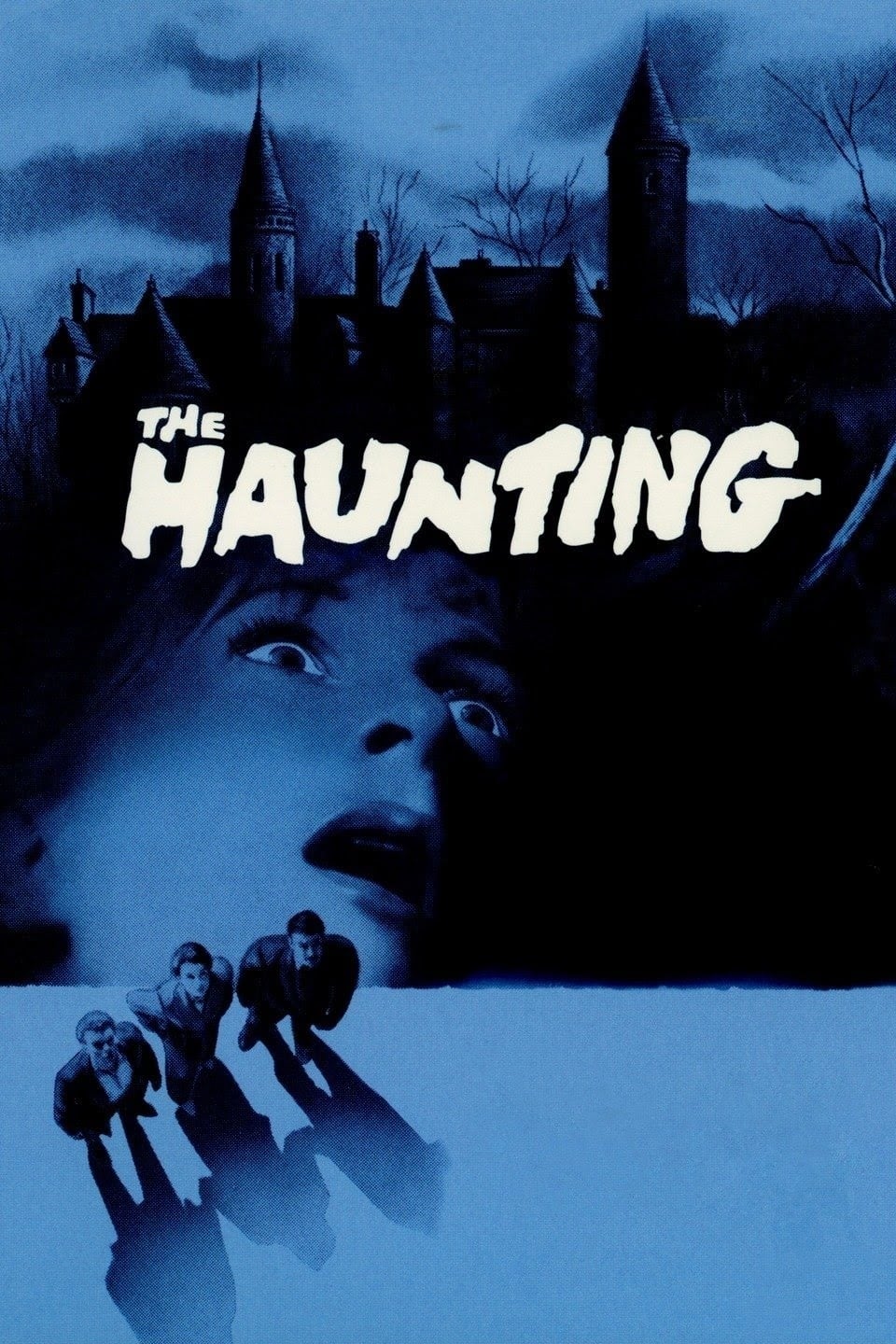
A researcher gathers a small team to investigate strange events occurring in a historic, and reportedly haunted, mansion in New England. Robert Wise directs the film, employing widescreen visuals and creative camera techniques – like tilted shots and lengthy hallways – to make the building itself feel like a central character. This approach heightens the sense of unease and emphasizes the mansion’s imposing presence.
I’m really struck by how much the film builds tension through its sound – those heavy thuds on the walls and the almost imperceptible whispered voices just outside the rooms are incredibly effective. And visually, the sets are stunning! They’ve used incredibly detailed, ornate woodwork and these amazing spiraling staircases. I noticed the camera frequently circles the characters while things get tense, and it really adds to the feeling of unease. It’s a brilliant technique – really draws you in.
‘The Devil’s Backbone’ (2001)
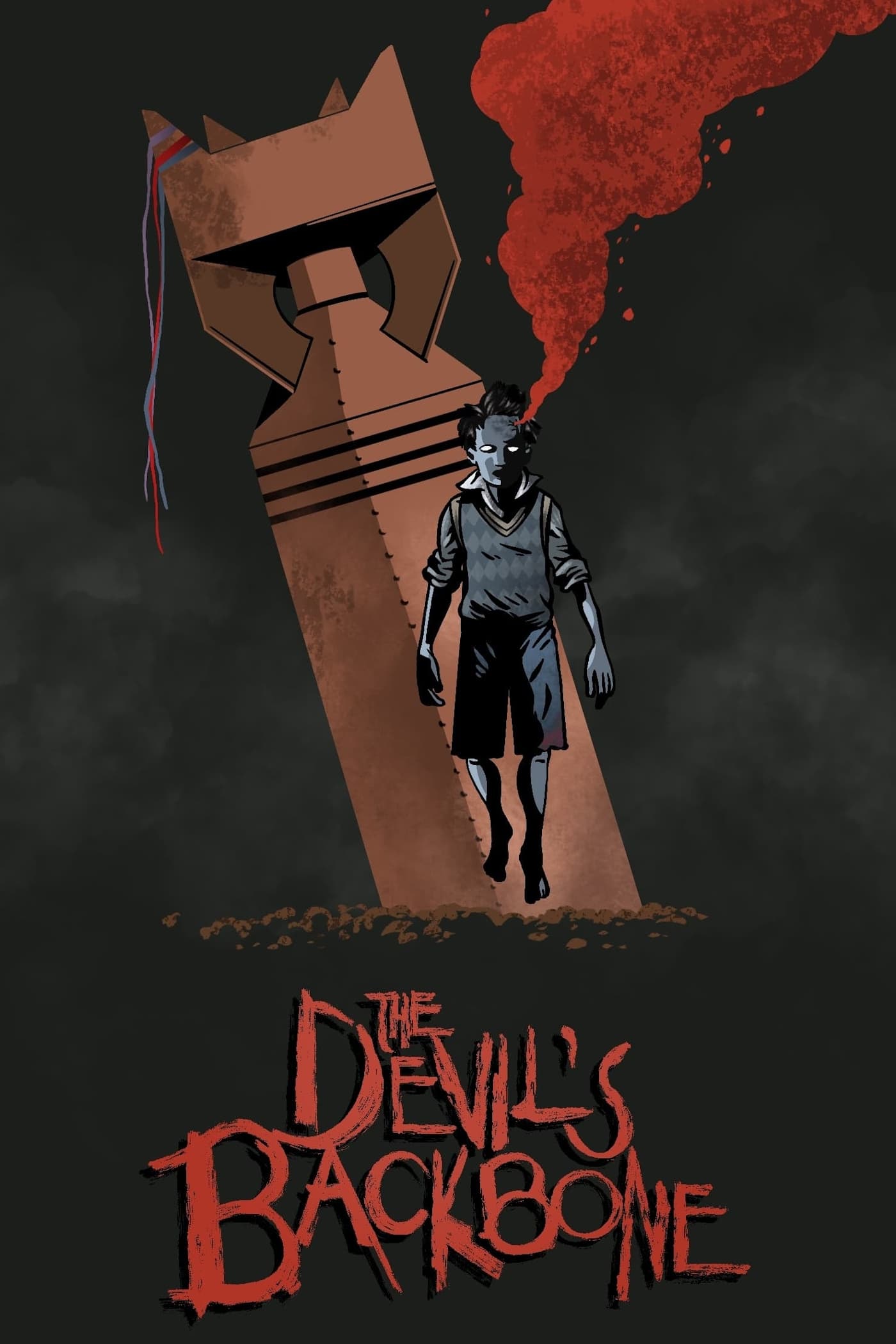
During wartime, a boy finds himself at a secluded orphanage and discovers a ghostly figure connected to a secret event that took place there. Guillermo del Toro masterfully blends historical accuracy with a compelling mystery involving hidden treasures, a bomb found on the property, and the disappearance of several children.
The production design features barren landscapes, jars within a basement laboratory, and rooms filled with hidden messages that advance the plot. The cinematography employs cozy indoor scenes and harsh outdoor shots to highlight the contrast between everyday life and covert investigations.
‘The Mist’ (2007)
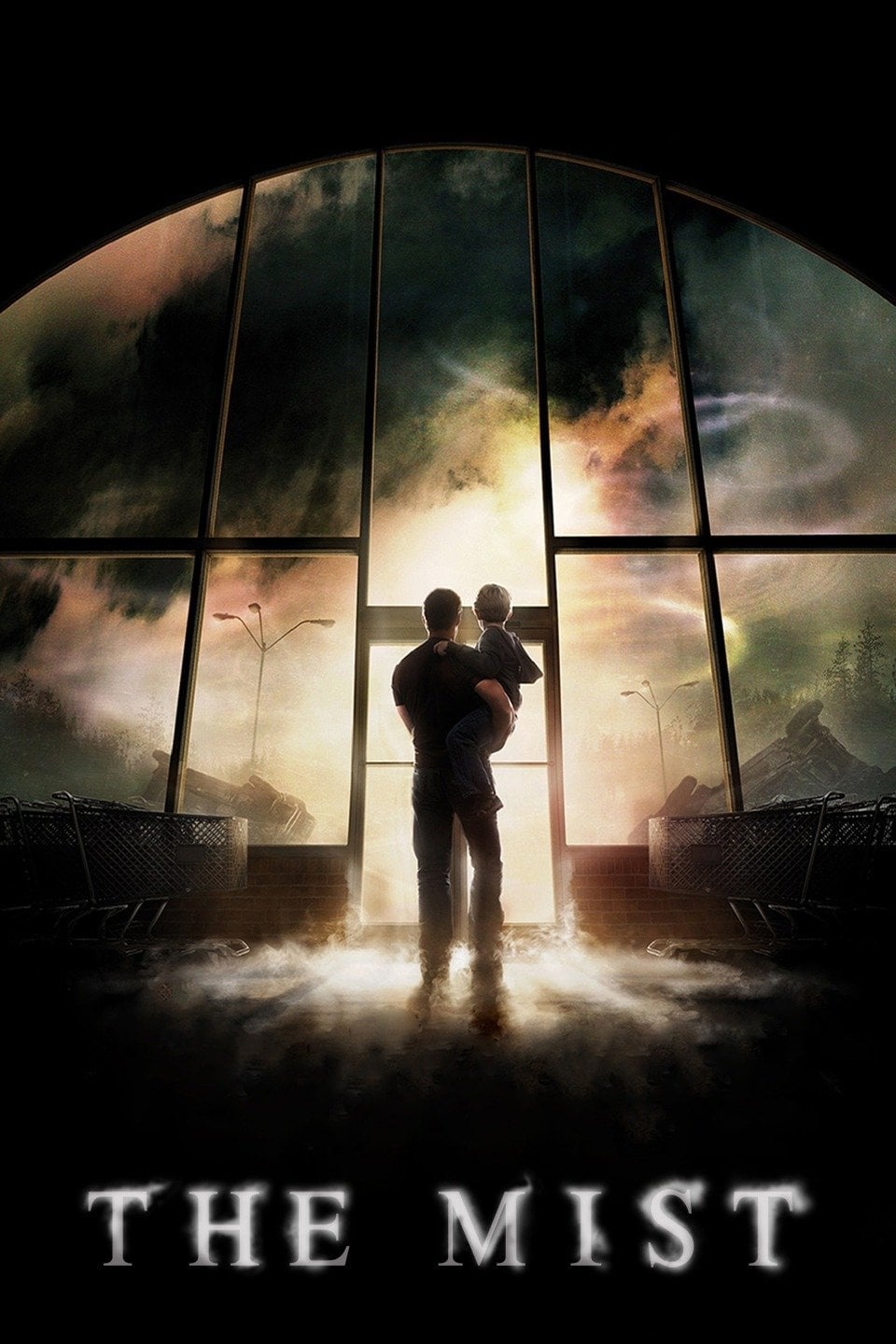
As a film buff, I was immediately hooked by the premise: a town gets cut off after a storm, and people end up taking shelter in a grocery store. But then, this really thick mist rolls in, and it’s not just water it carries – something is *in* that mist, and it attacks anyone who dares go outside. It’s a fantastic setting for horror! Frank Darabont, who adapted the story, smartly keeps most of the action contained within the grocery store itself – we’re talking aisles filled with supplies, the loading bays, and even the parking lot. It really heightens the claustrophobia and tension. It’s a brilliant use of space, honestly.
As a fan, I’m really into how the story follows things like getting supplies, how the group makes decisions with votes, and how different groups start forming inside the store. The creatures are awesome too – they use real, physical tentacles combined with these cool digital effects, almost like swarms! And the atmosphere is incredible, they’re using fog and lighting to really control what you can see and what you can’t, which is super effective. You can find more details about the special effects here.
‘Crimson Peak’ (2015)
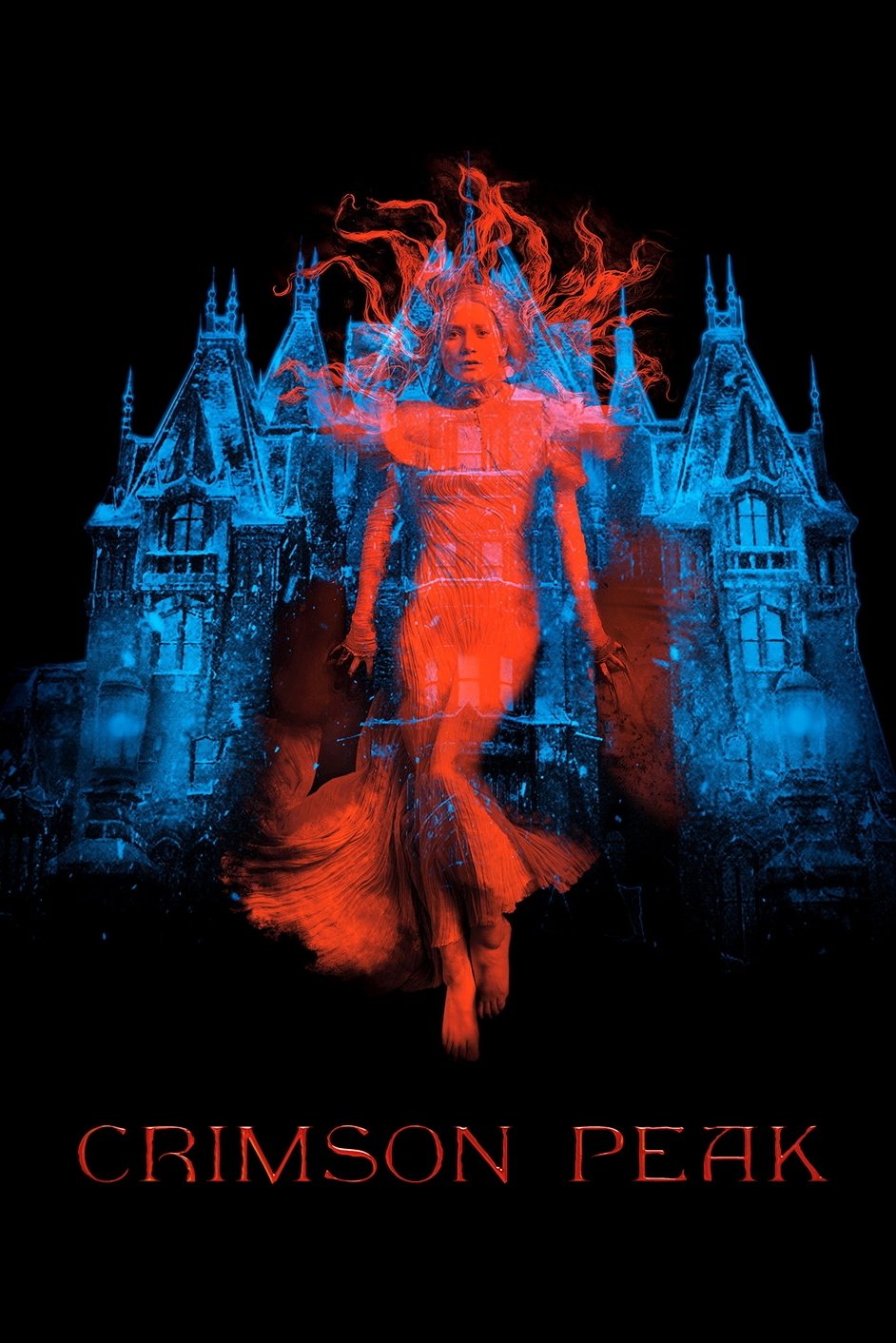
A hopeful writer finds themself married into a family residing in a crumbling estate built above an old red clay mine-a mine that colors the snow and dampens the floors. Guillermo del Toro creates a dark and romantic story, utilizing hidden spaces, a sealed workshop, and old journals detailing previous wrongdoings. This gothic romance is full of mystery and intrigue.
Costumes employ bright, vivid colors to show family relationships and characters’ feelings. The house has an opening in the roof, allowing leaves to drift inside. Ghosts manifest as figures with a reddish hue, helping the main character find secret papers.
‘Pan’s Labyrinth’ (2006)
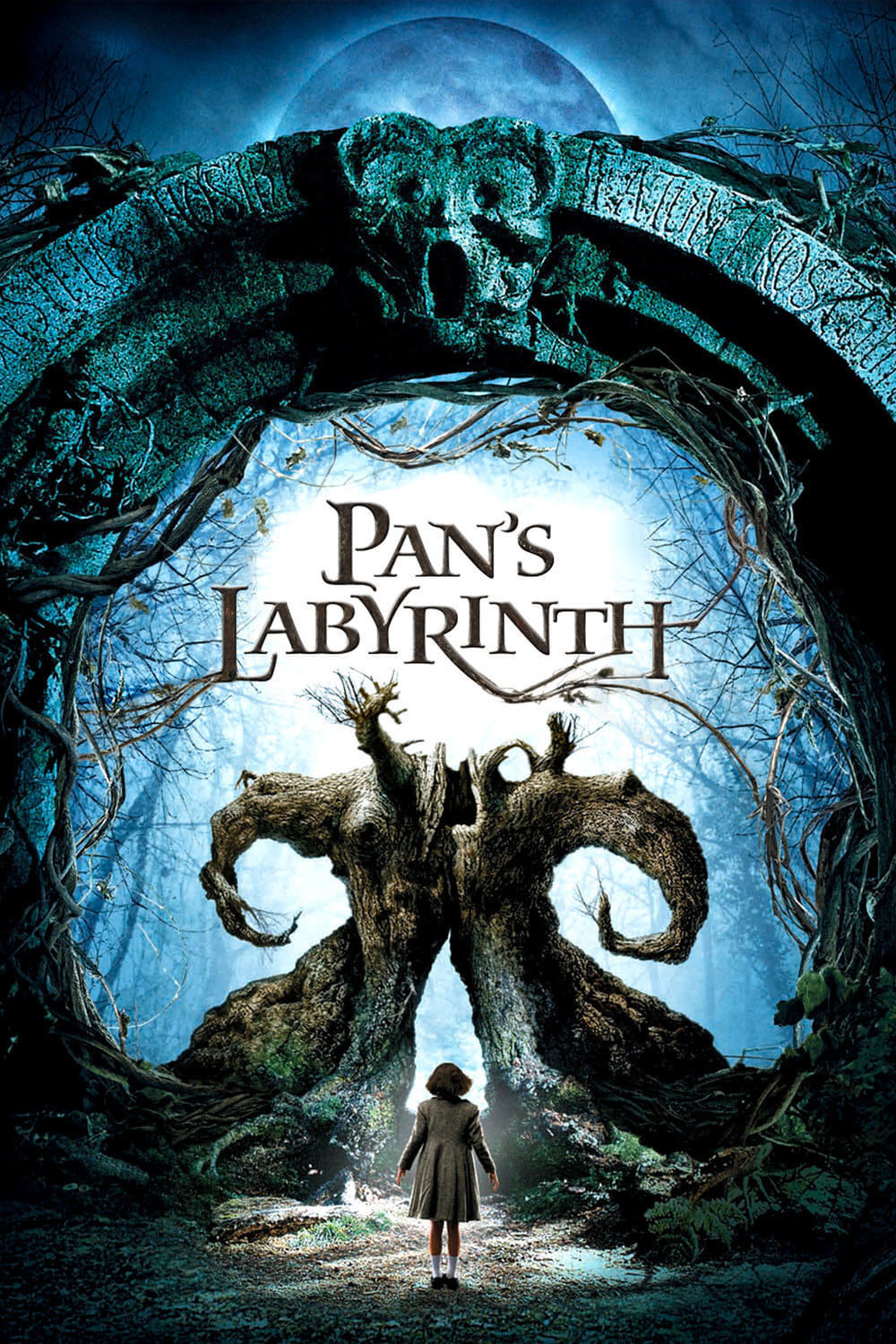
As a film lover, I’m fascinated by this story. It centers around a young girl navigating life after a brutal civil war. She unexpectedly encounters a faun, and this is where things get really interesting. The faun sets her on a quest, giving her three tasks that *must* be finished before a specific moon phase. What I love is how director Guillermo del Toro brilliantly blends a fantastical world of underground creatures with the harsh reality of a very strict, military-run home. He cleverly uses everyday objects – things like chalk and a mysterious key – as crucial elements in her journey. It’s a really compelling setup!
The visual effects feature a ghostly figure with eyes located on its hands, and a large toad positioned under a fig tree. The editing style shifts back and forth between fantastical sequences and footage showing the efforts of those resisting in the nearby hills.
‘The Invisible Man’ (2020)
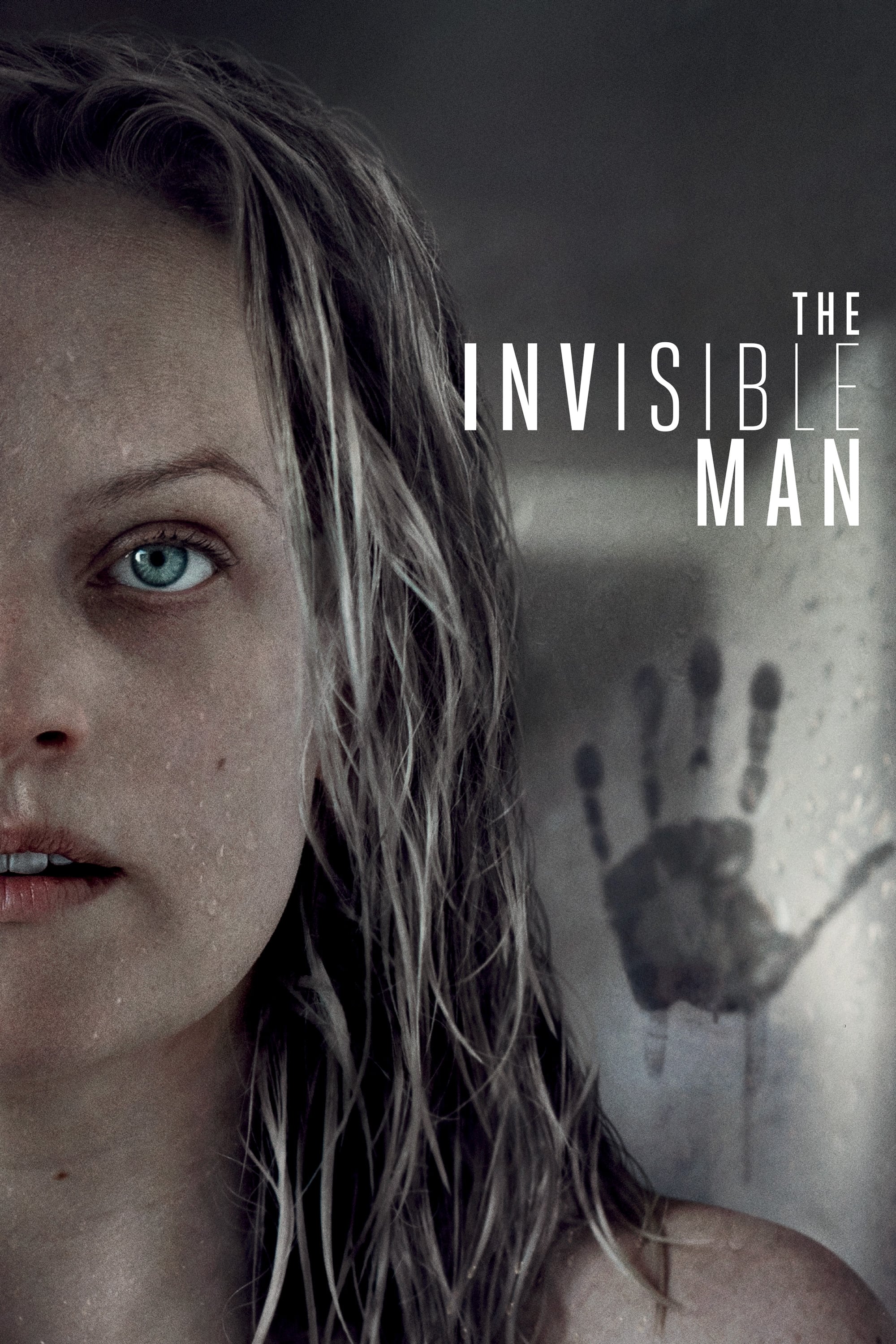
A woman flees a violent relationship, and her abuser seemingly dies. However, he returns using advanced technology that manipulates light. Leigh Whannell writes and directs this updated take on the story, shifting the danger to everyday settings like homes and institutions.
The film’s set pieces utilize calm, still shots focusing on empty spaces like doorways and chairs, creating a feeling that something is just out of sight. The costume design incorporates tiny cameras into the suits, giving them a reflective quality and linking the frightening events to the idea of being watched.
‘Don’t Breathe’ (2016)
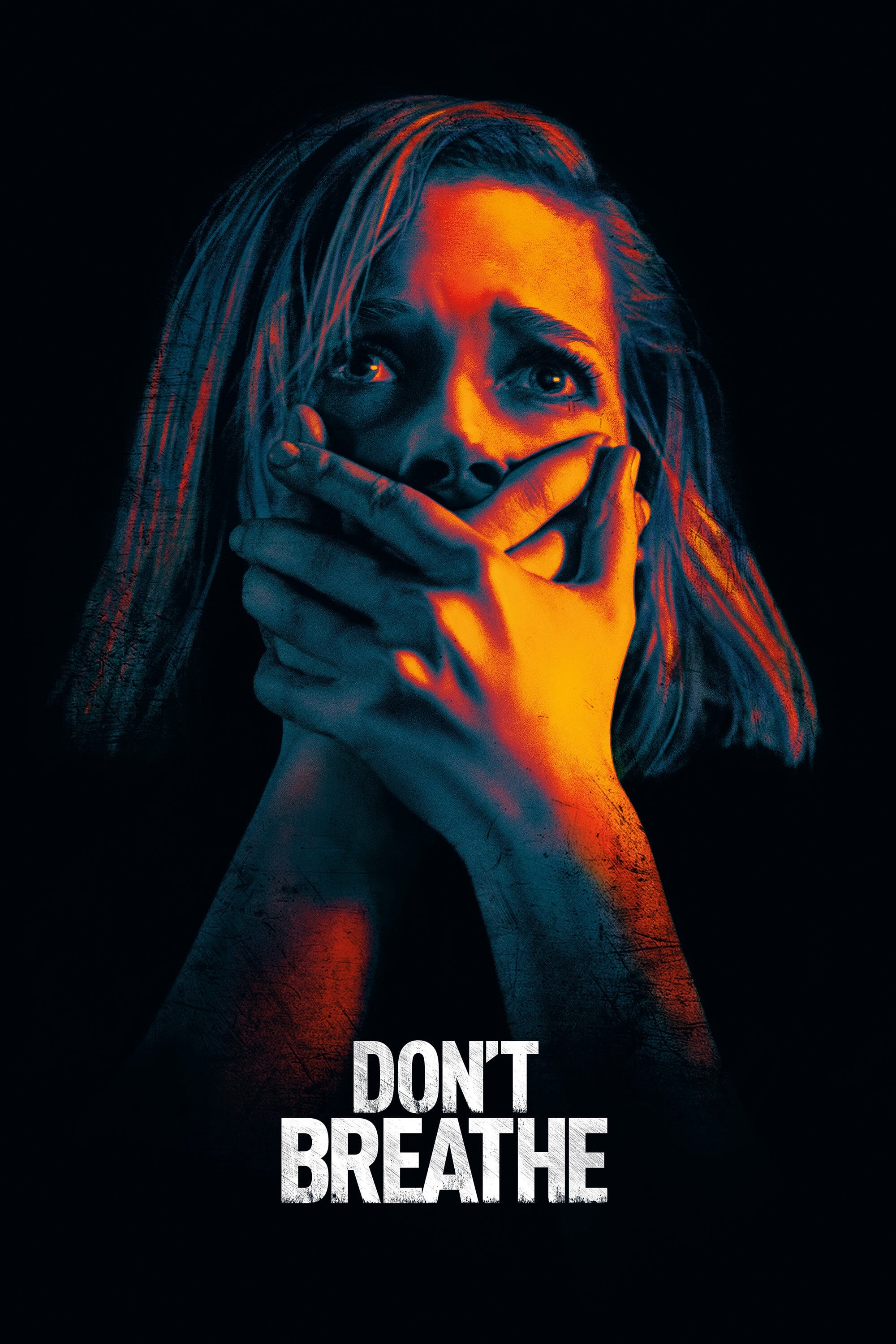
Three burglars break into the home of a blind veteran, only to find themselves trapped by the house’s unique layout and security measures. Director Fede Álvarez uses extended, unbroken shots to guide the viewer through the rooms, highlighting the alarms, locks, and the hiding place of a safe.
This script manipulates the lights to gain an edge and utilizes basements and vents to alter pathways. Sound is key to finding your way, so noises like footsteps, falling objects, and dog barks act as signals to guide your actions. Navigation relies heavily on these auditory cues.
‘Ready or Not’ (2019)
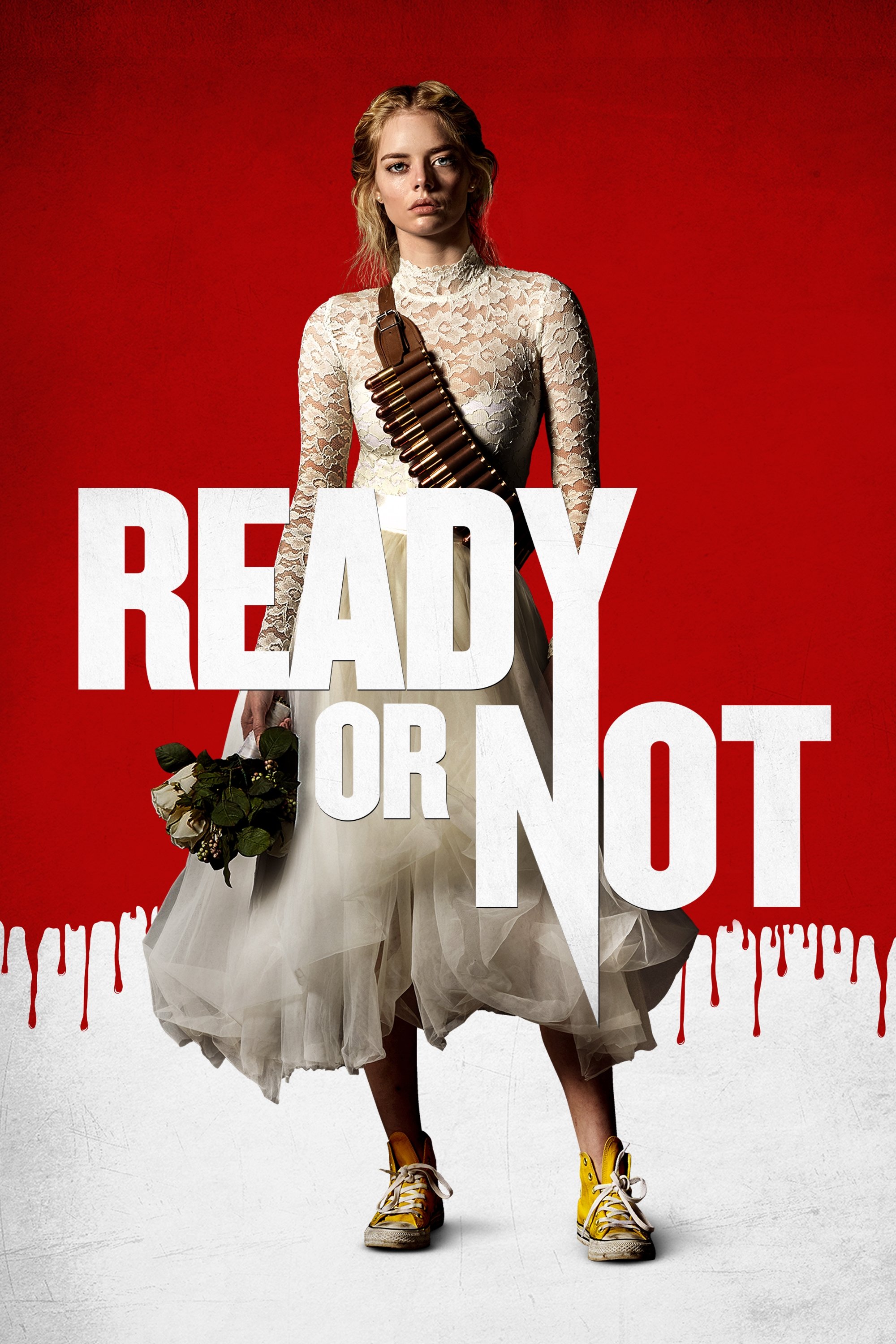
A bride finds herself in a dangerous family tradition-a deadly game governed by rules determined by a randomly drawn card. Radio Silence directs this story, unfolding within a mansion boasting secret passages, trophy rooms, and a dumbwaiter that unexpectedly serves as a hiding place. The game quickly becomes lethal and unpredictable.
The story unfolds within a single night, following the search through conversations over walkie-talkies between family members. Realistic blood effects and prop weapons enhance scenes that shift between the living room, the outdoors, and back inside.
‘The Lost Boys’ (1987)
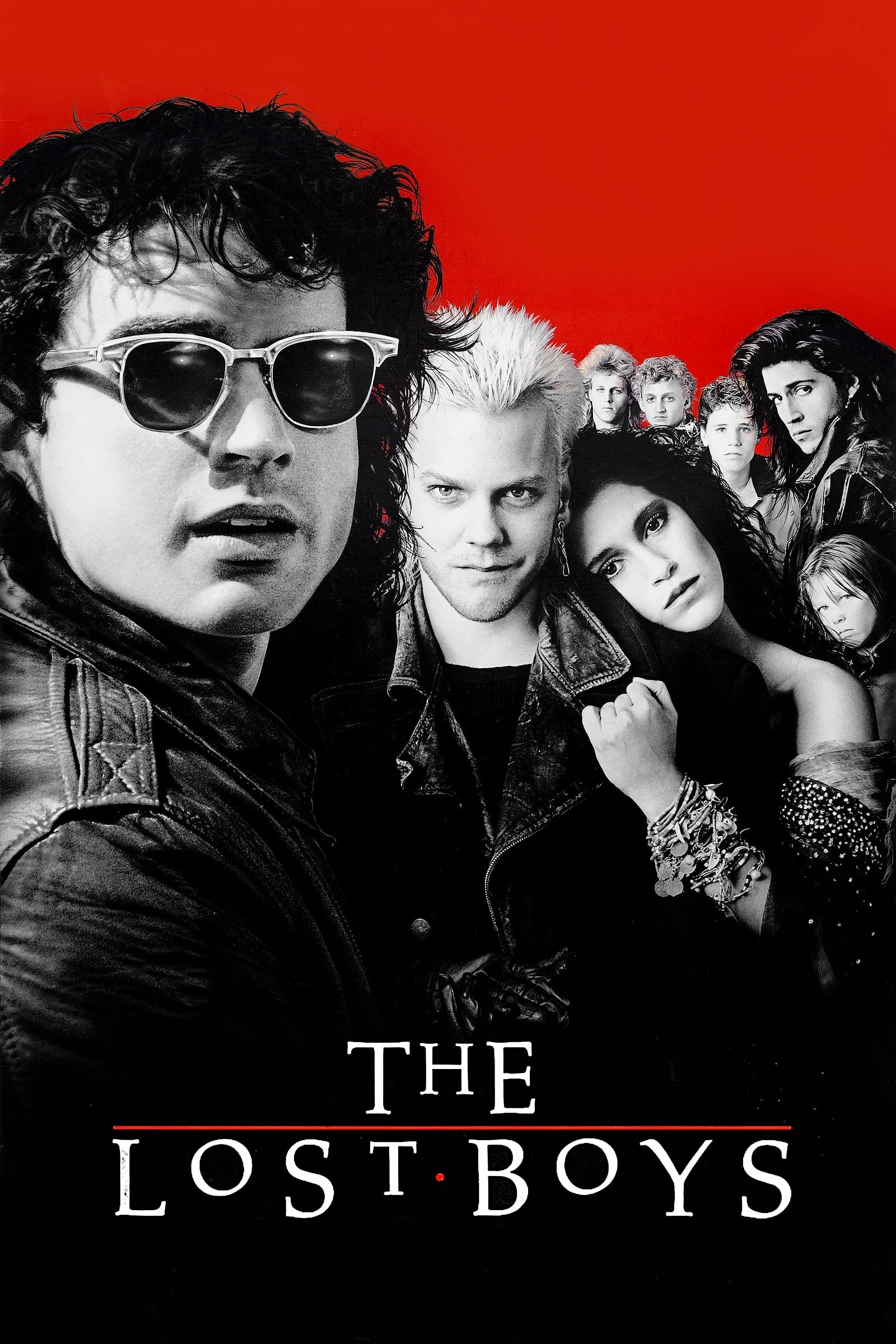
Two brothers move to a town by the sea, only to discover a local motorcycle gang may be involved in mysterious disappearances. Director Joel Schumacher stages a lot of the story on a vibrant boardwalk, filled with neon lights, comic book stores, and live music, giving us a glimpse into the town’s social life.
The story centers on a rule that you need an invitation to get into someone’s house, and a search to find the person in charge of a certain group. Characters use things like garlic, holy water, and quickly-made stakes as tools, and they follow instructions from what seems like a comic book guide to know what to do.
‘Sleepy Hollow’ (1999)
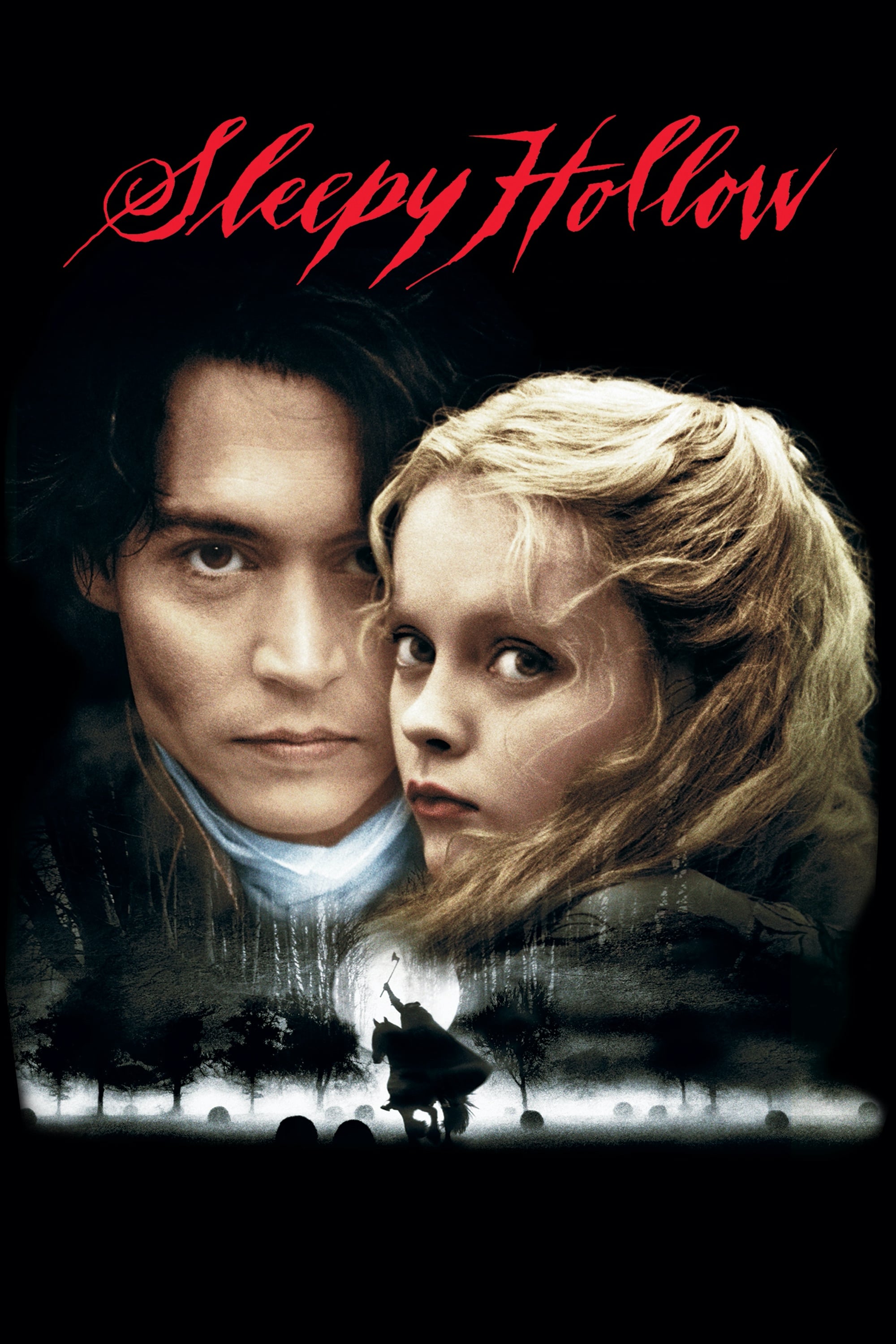
A police officer looks into a string of beheadings happening in a village next to a forest famous for a story about a rider who lost his head. Tim Burton creates a spooky atmosphere using foggy forests, old covered bridges, and a windmill as the settings for exciting chases and clashes.
The set design includes realistic wooden autopsy tools, lanterns from the time period, and a tree concealing a collection of skulls. The detective work gathers family names, property boundaries, and inheritance details, all suggesting a deliberate scheme.
‘The Craft’ (1996)
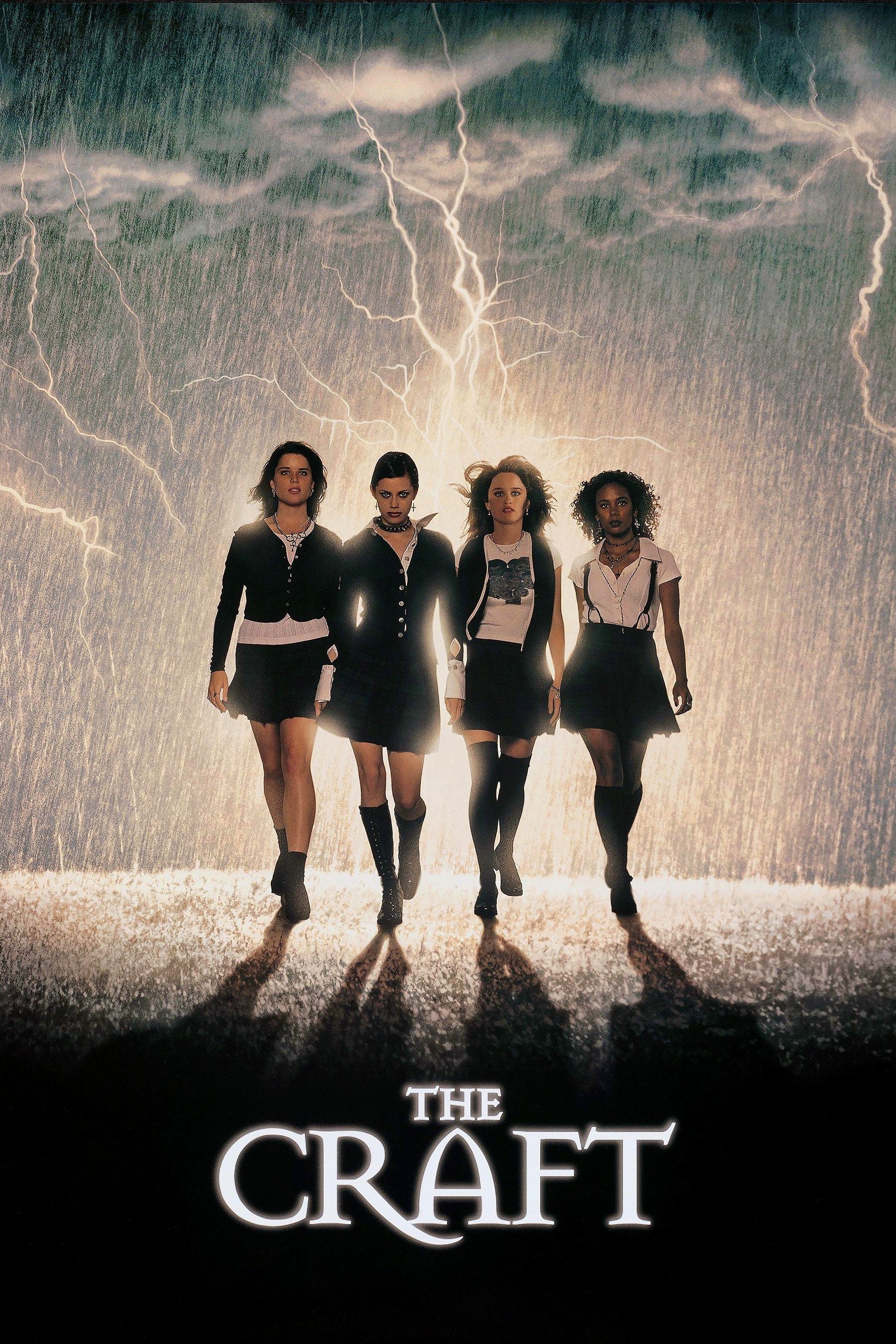
A newcomer enters the world of three students who practice witchcraft, using rituals to try and improve their lives. The film, directed by Andrew Fleming, features scenes in familiar locations like classrooms and bathrooms, but a beach plays a particularly important role as the setting for a central ritual.
The story follows the idea that every action has three consequences and illustrates how friendships are tested when favors become increasingly demanding. Props used in the story include candles, photo binding charms, and a spellbook that the characters write in during their gatherings. These props are important to the plot.
‘Warm Bodies’ (2013)

I was completely hooked by this story! It’s about a zombie who actually *saves* a human, and as he does, he starts to remember things and even regain his ability to speak. It’s amazing to watch him go from just uttering single words to forming complete sentences. All of this is happening as the city tries to get back on its feet, protected behind a massive wall. The director, Jonathan Levine, uses a voiceover to really highlight this incredible transformation – it’s a beautiful way to show the zombie’s journey.
The world features skeletal beings who have moved past death, and a large structure used to store resources for those still alive. The story employs both music and significant items to move memories between people, ultimately changing how different groups act.
‘Monster House’ (2006)
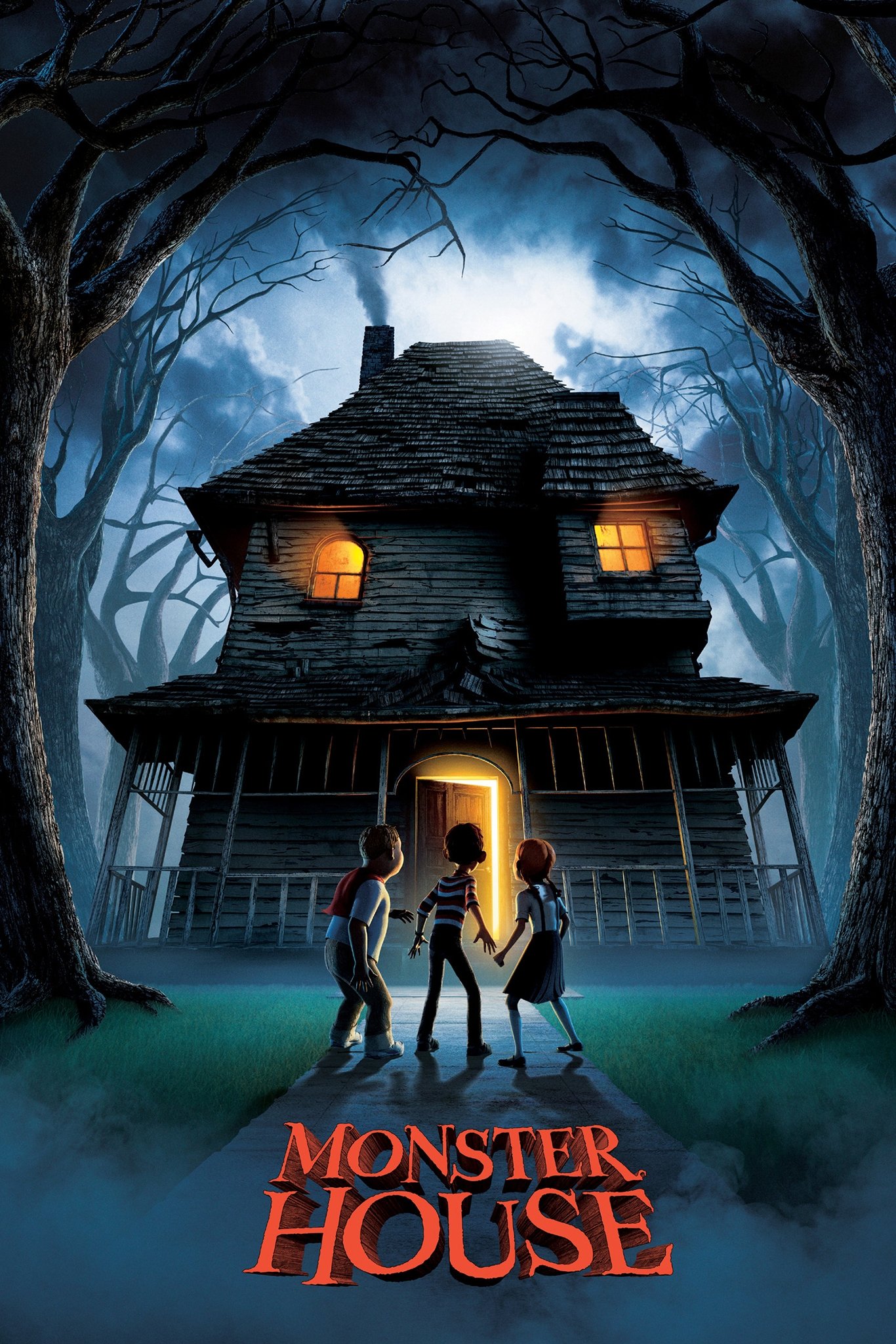
Three children discover a house in their neighborhood behaves as if it’s alive, consuming anything that comes into contact with its grass. Gil Kenan directed this animated film, which uses performance capture to portray the inside of the house as a living body complete with pipes and a furnace.
The three characters devise a plan to infiltrate the building’s core, utilizing a vacuum tank filled with water and small, toy explosives. The story is set around Halloween, cleverly incorporating costumes and large crowds into the climactic scene.
‘Child’s Play’ (1988)
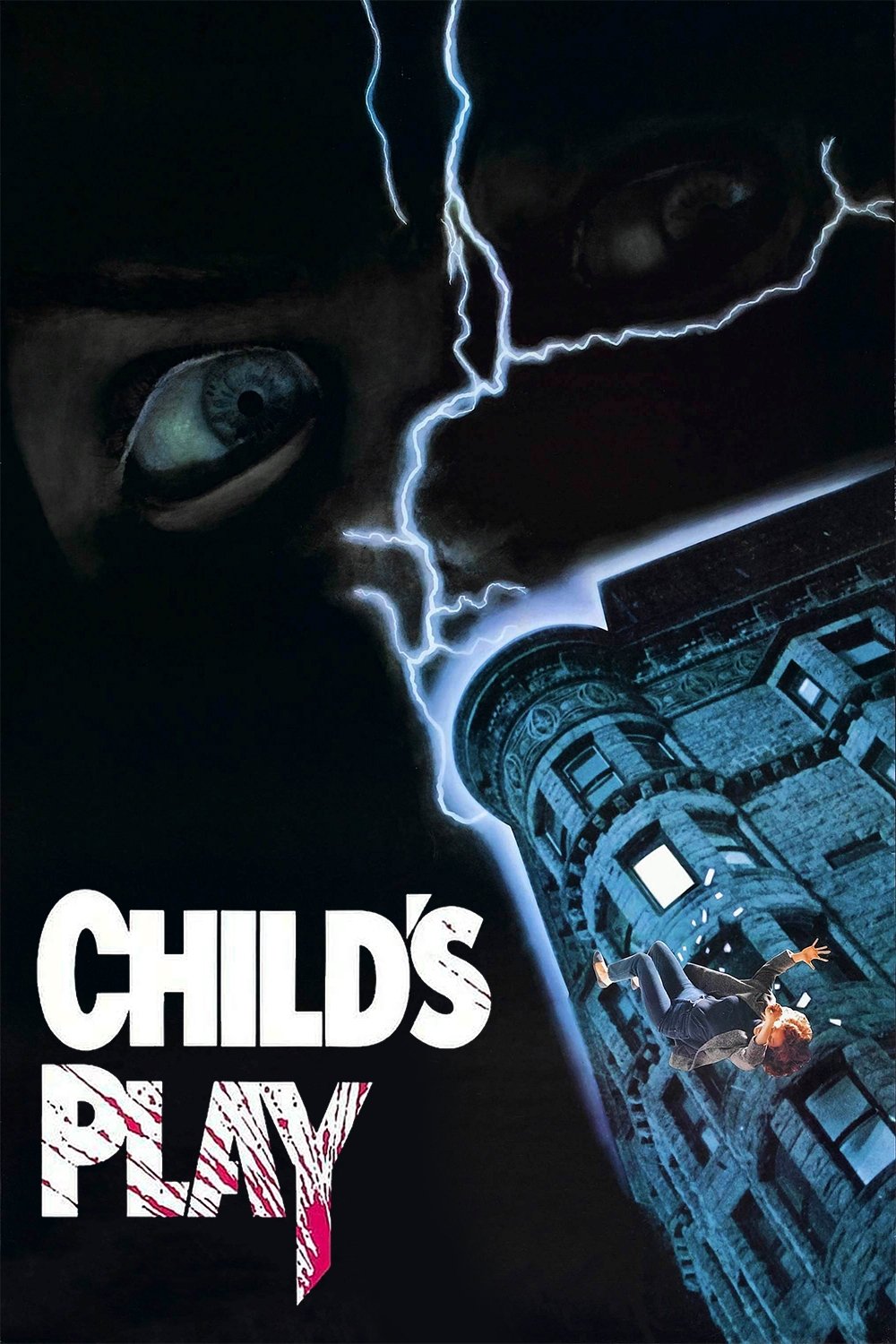
A serial killer performs a ritual to transfer his soul into a doll, and the toy subsequently ends up with a single mother and her son. Tom Holland directs, employing both animatronics and practical effects – using people in suits – to realistically bring the doll to life, utilizing a variety of wide and close shots.
The story unfolds with attacks happening in places like elevators, toy stores, and bedrooms. Meanwhile, detectives piece together clues, tracing them back to the initial crime. The villain’s actions are driven by a specific need for a particular host and the use of ritualistic language throughout the story.
‘The Amityville Horror’ (1979)
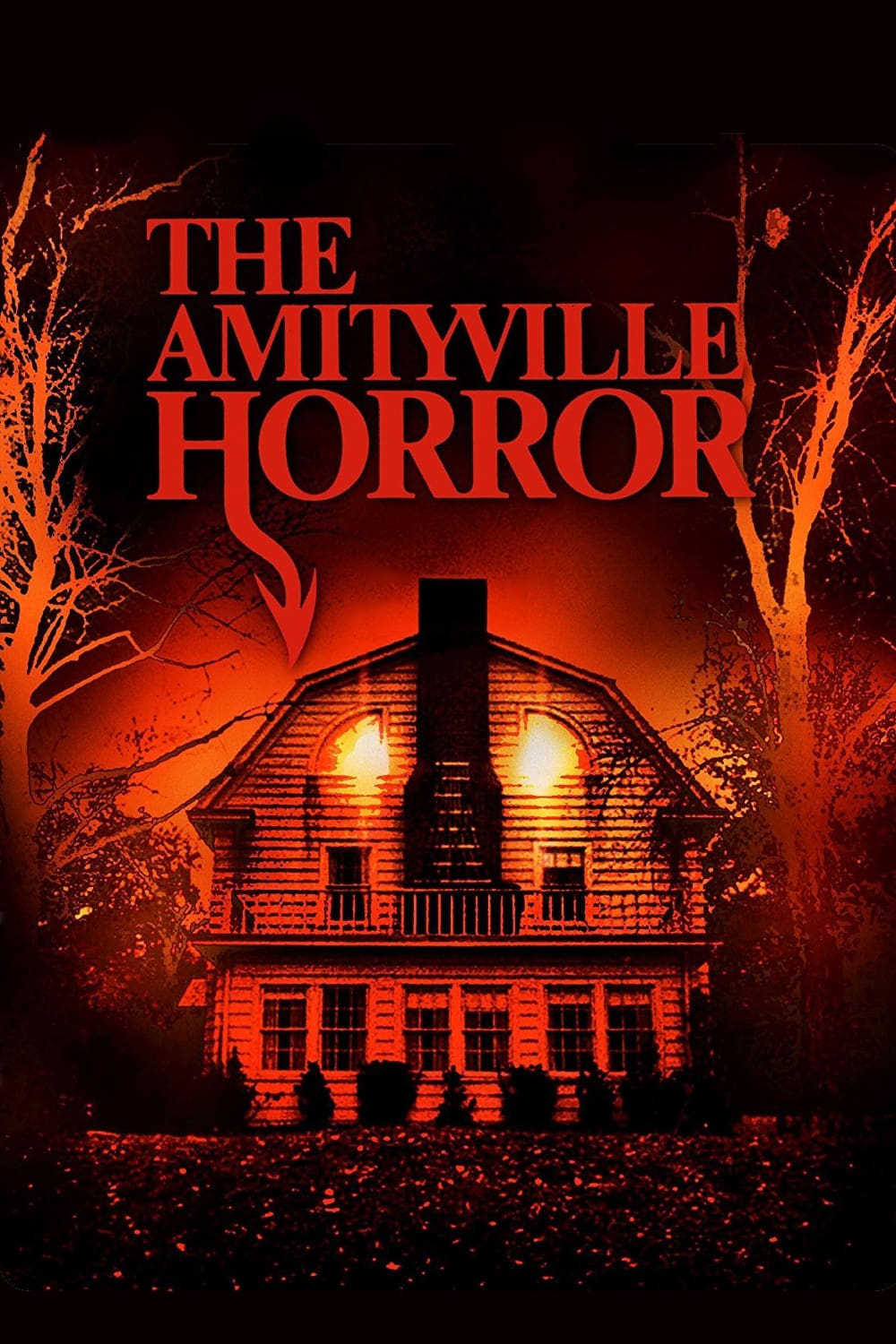
A family relocates to a house by the river with a history of violence, and quickly begins to notice strange occurrences – unusually cold areas, large groups of insects, and sounds with no clear source. Stuart Rosenberg based the story on actual events, but focused on how these happenings disrupt the family’s everyday life and normal routines.
Checks from priests, records from the police, and meter readings seem like outside efforts to confirm what’s being said. Windows, the doors to the boathouse, and a secret room painted red keep appearing and suggest how much power the house has. The house’s impact is signaled by these repeating locations.
‘The Changeling’ (1980)
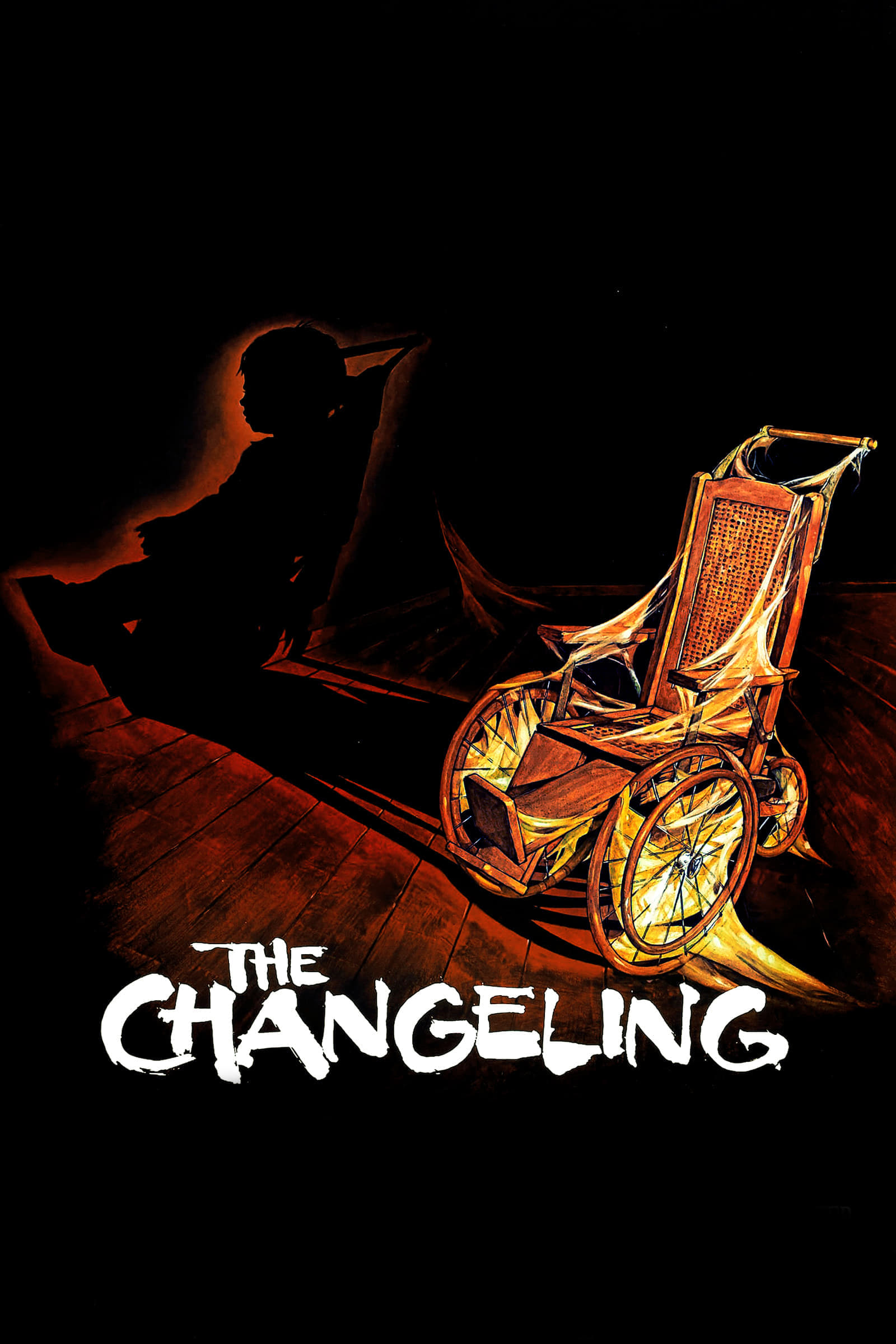
Following a difficult personal experience, a composer moves into an aging mansion and begins to hear strange noises every night. These sounds eventually lead him to a hidden, sealed-off room in the attic. The film, directed by Peter Medak, pays particular attention to the house’s architecture – specifically the wood floors, tall ceilings, and a prominent central staircase which features a captivating scene involving a rolling ball.
The inquiry centers around property deeds, adoption documents, and an underground well found under a home, which connects two different locations. A spiritualist session employs automatic writing and sound recording to gather information as it happens.
‘Killer Klowns from Outer Space’ (1988)
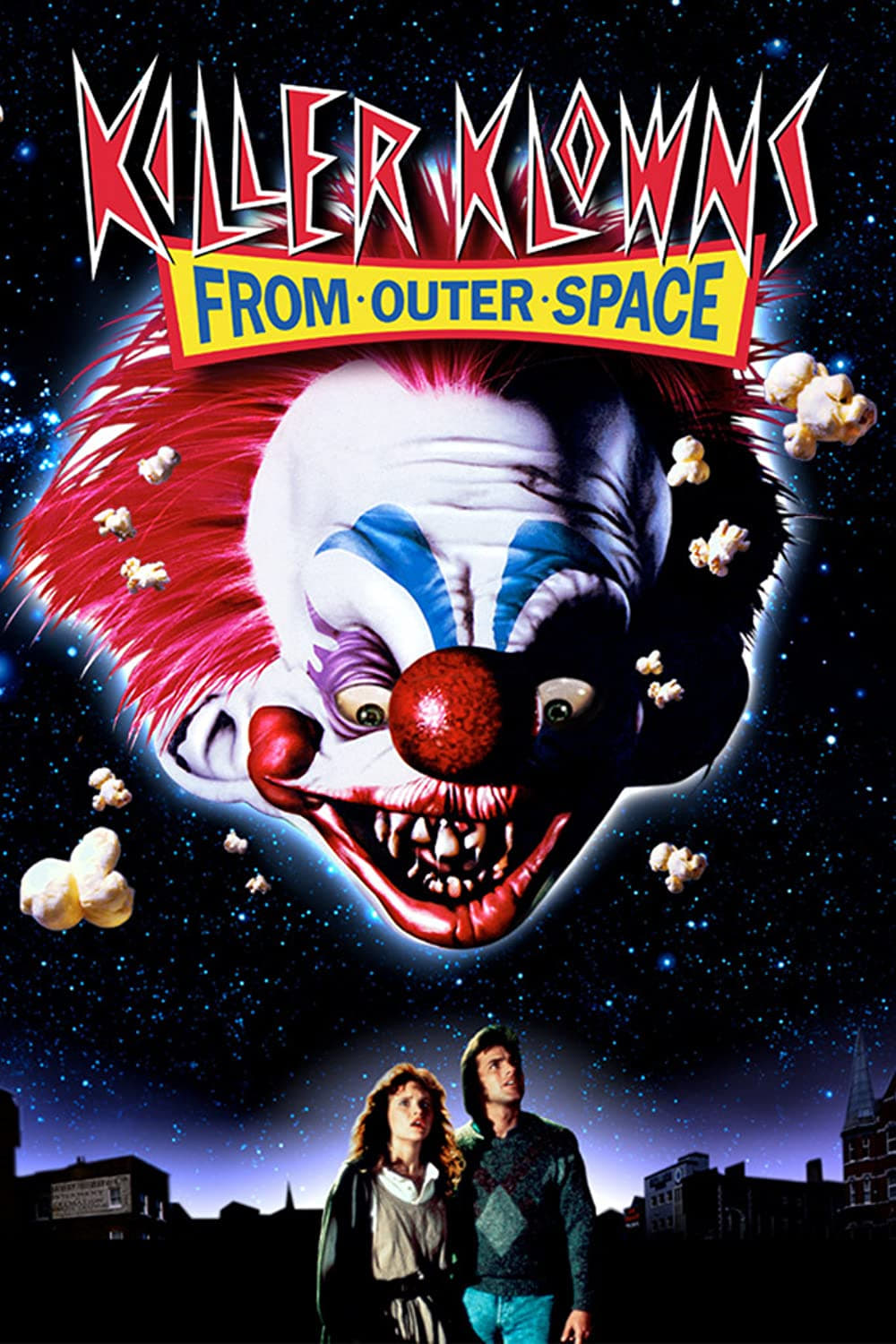
A spaceship resembling a circus tent touches down close to a quiet town, and its crew abducts people with gadgets inspired by carnivals. The Chiodo Brothers were in charge of directing the project and provided the foam latex costumes and large props to match the theme.
The show features imaginative props like fluffy cotton candy shaped like cocoons, guns that shoot popcorn, and a shadow puppet that transforms into a fantastical creature. The grand finale takes place inside a funhouse, with spinning rooms and hidden trap doors guiding the characters’ escape.
‘The Autopsy of Jane Doe’ (2016)
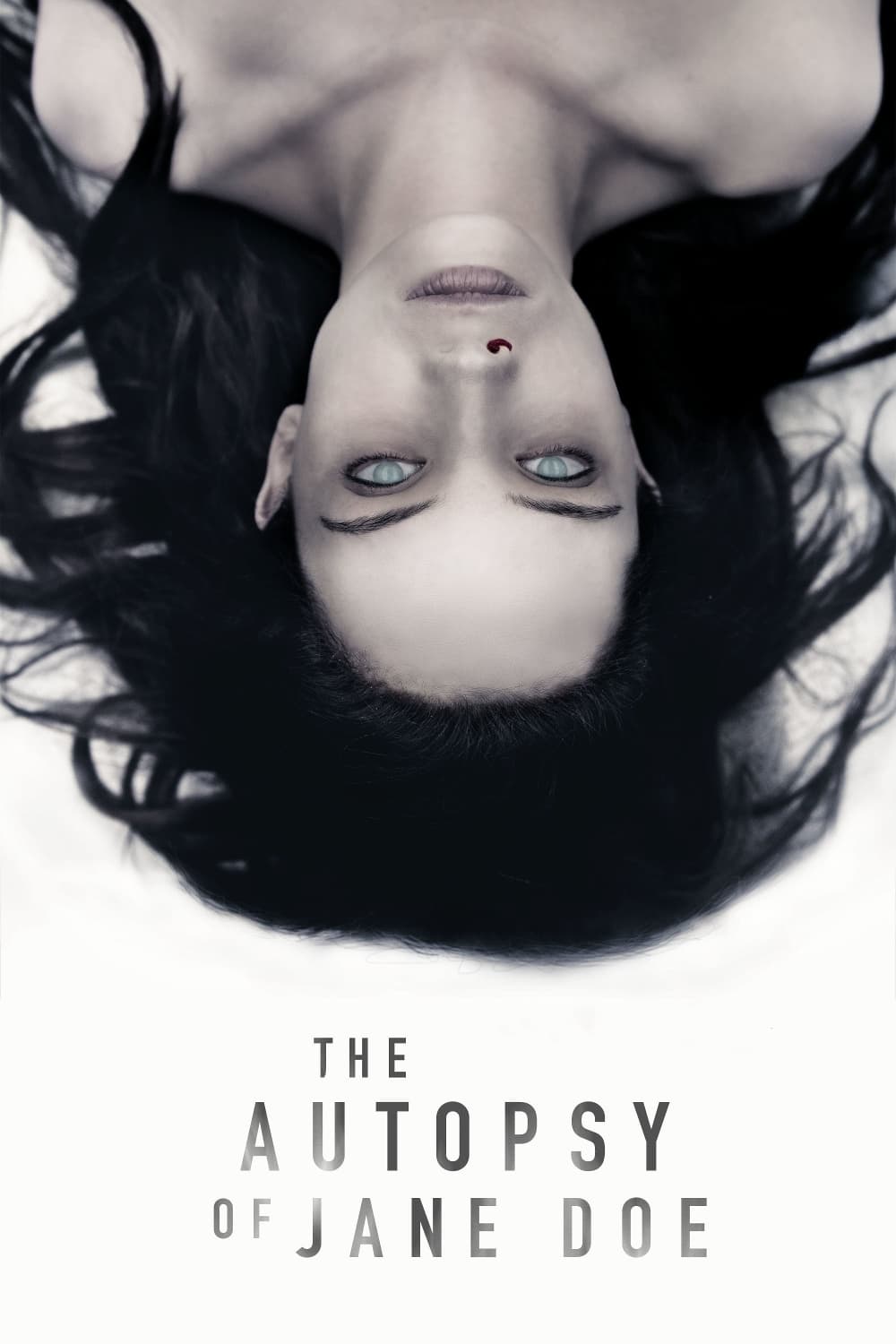
A father-and-son team working as coroners are presented with an unknown body and discover injuries that are unusual and don’t fit typical patterns. Director André Øvredal confines the action primarily to a basement laboratory, and utilizes a whiteboard and voice recordings to document each finding.
The narrative reveals foreign objects under the skin and symbols hinting at a forgotten past. Power outages and radio broadcasts change the atmosphere, as doors mysteriously lock and a cremation chamber takes on vital importance.
‘Happy Death Day’ (2017)
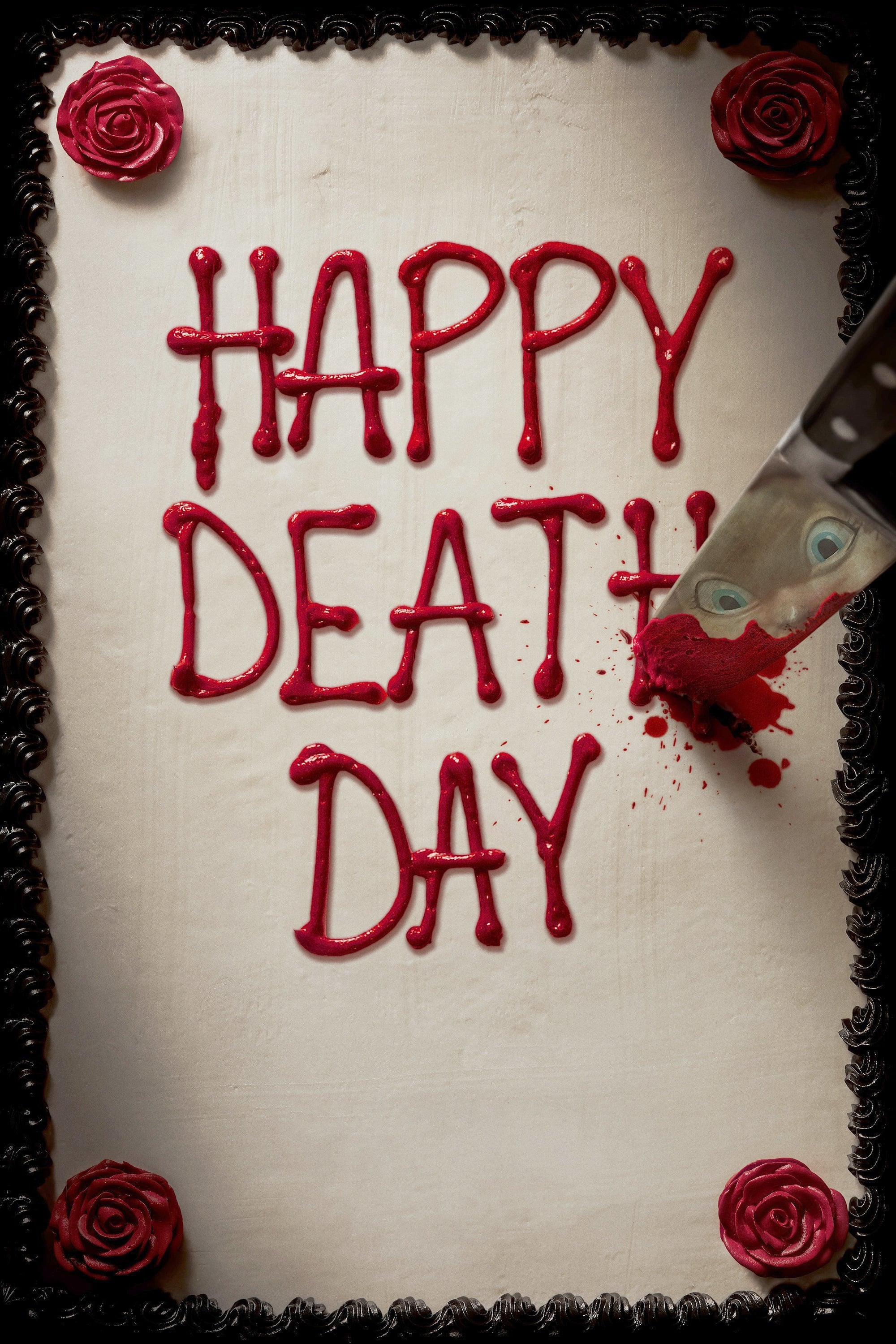
I’m totally hooked on this movie! It’s about a college student who keeps reliving the day she’s murdered, and she has to figure out who did it. It’s so clever because each time, she tries different things – like taking different classes, walking a different route to the cafeteria, or showing up to a party at different times – to see if she can change the outcome. The director, Christopher Landon, really nailed the structure; everything keeps resetting, but there are so many ways to approach things!
The person in charge develops a plan and changes details like who they work with, where things happen, and when. A disguise that makes the attacker look young helps them maintain a consistent appearance, but investigations by campus security and reviews of hospital records make it harder to find them.
‘Bride of Frankenstein’ (1935)

After a dangerous encounter, a scientist reluctantly restarts a previously banned line of research, attempting to build a partner for his initial creation. The narrative expands to include a second method of experimentation, advanced electrical equipment, and a guiding mentor whose techniques intensify the process. This leads to unforeseen consequences. The stakes are higher than ever. He must confront the ethical implications of his work.
The production design significantly broadened the scope of the world, featuring detailed village interiors, a secluded hermit’s cottage, and the tower where everything is ultimately put together. The makeup and hair styling created a distinctive look for the companion character, utilizing a braided hairstyle and lightning bolt-shaped designs that became instantly recognizable.
‘Frankenstein’ (1931)
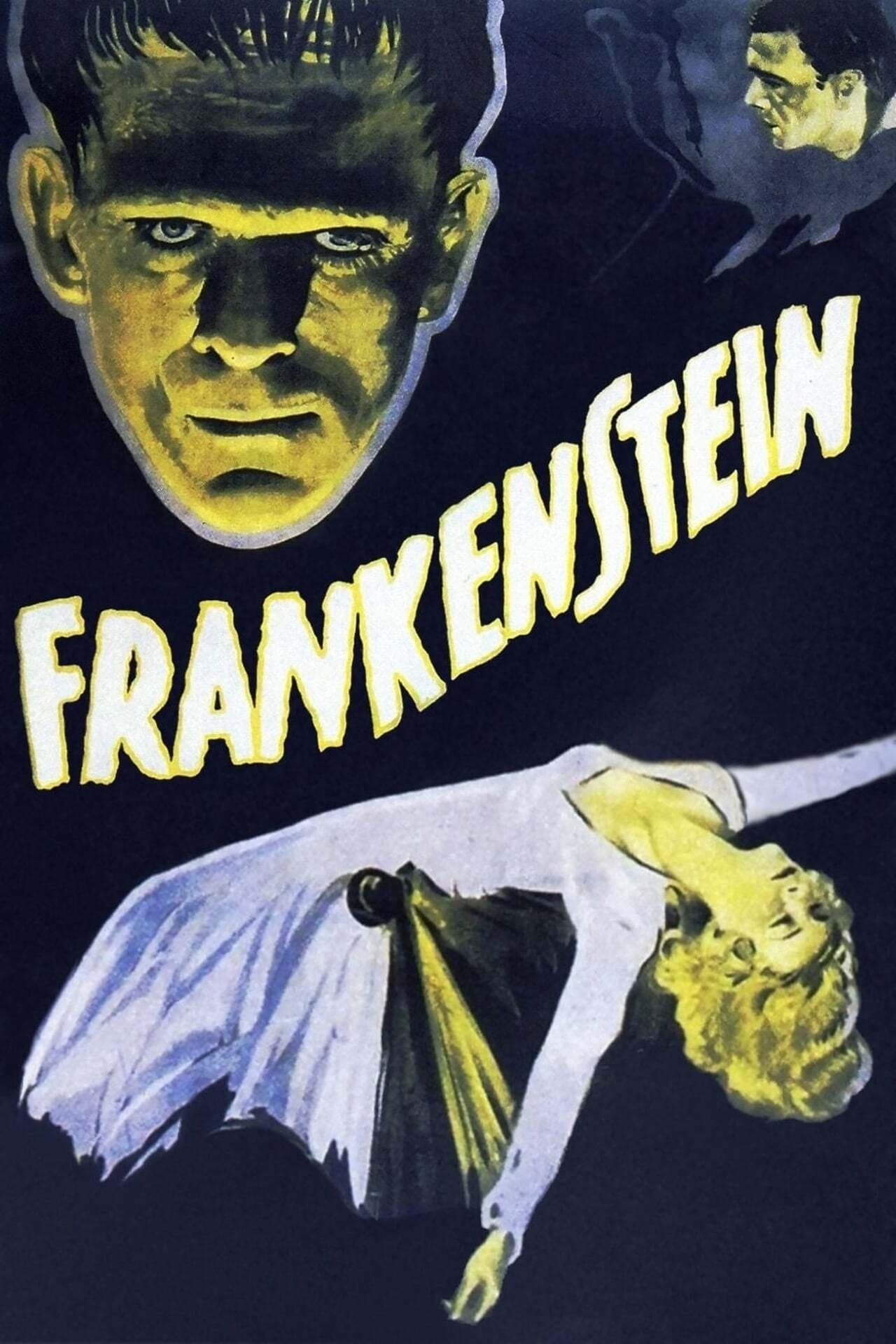
A dedicated researcher gathers the necessary supplies to bring a body to life and runs a process that requires both a storm and specific tools. The story unfolds across several important settings – graveyards, classrooms, and a laboratory on a hilltop – tracing the experiment’s progress from its initial ideas to its final outcome. This experiment is carefully documented as it moves forward.
The set design forms the central hub for the equipment – including the operating platform and electrodes – and features a ceiling that retracts to allow for a vital power influx. Camera angles capture the sequence of activating the switch and the initial indications of activity, documenting each stage of the process with precision.
‘Dracula’ (1931)
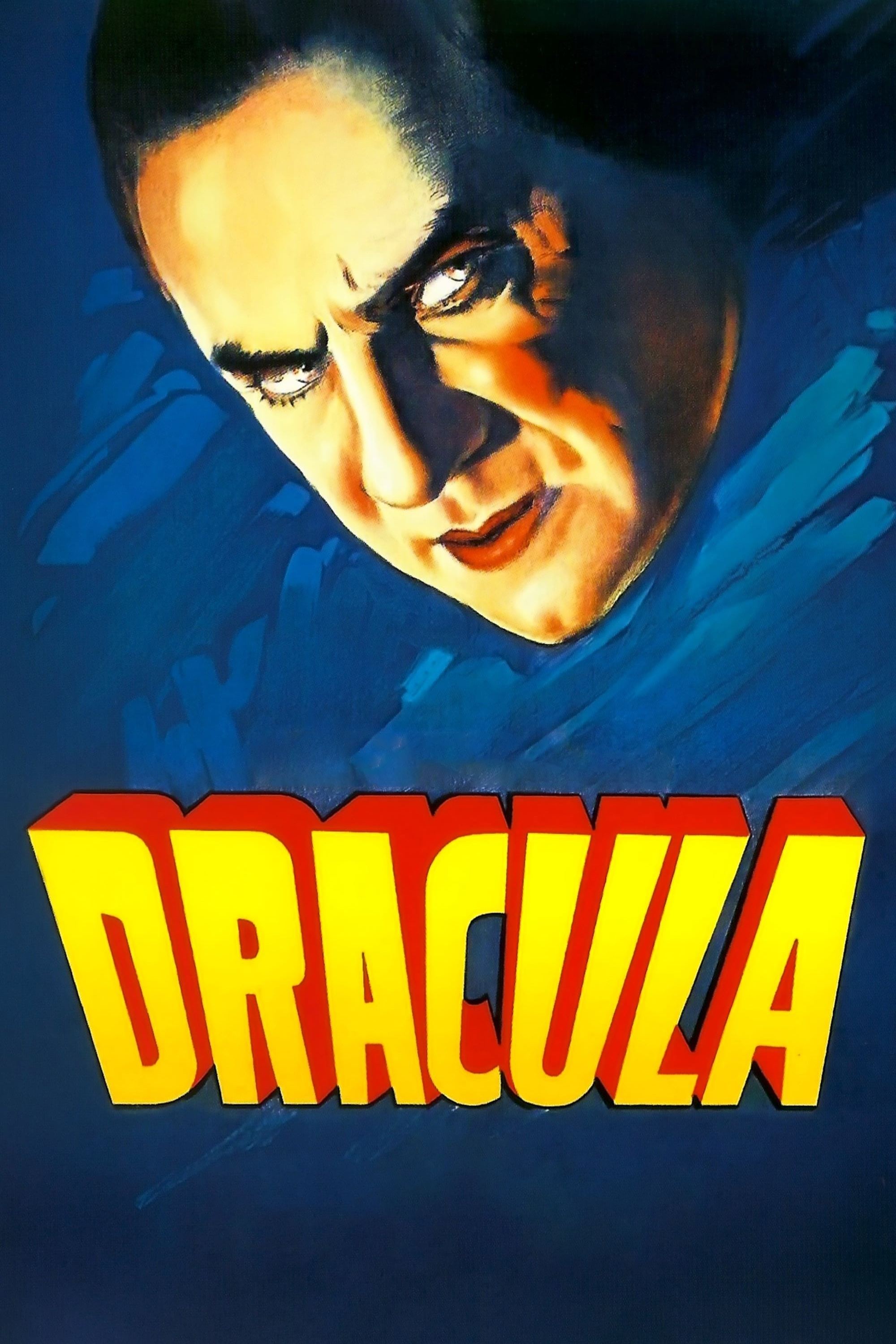
A nobleman leaves his home and moves to a city, settling into an old abbey. He quickly starts to influence those around him. The story unfolds through records like property deals, ship manifests, and doctor’s notes, revealing a pattern of sickness and unusual late-night encounters.
Indoor scenes feature staircases, balconies, and drawing rooms – spaces where characters meet and experience captivating, almost trance-like interactions. A sanitarium serves as a secondary setting, linking the central home with a doctor’s observations and recordings of shifts in character behavior. This provides insight into how actions are changing.
‘Nosferatu’ (1922)
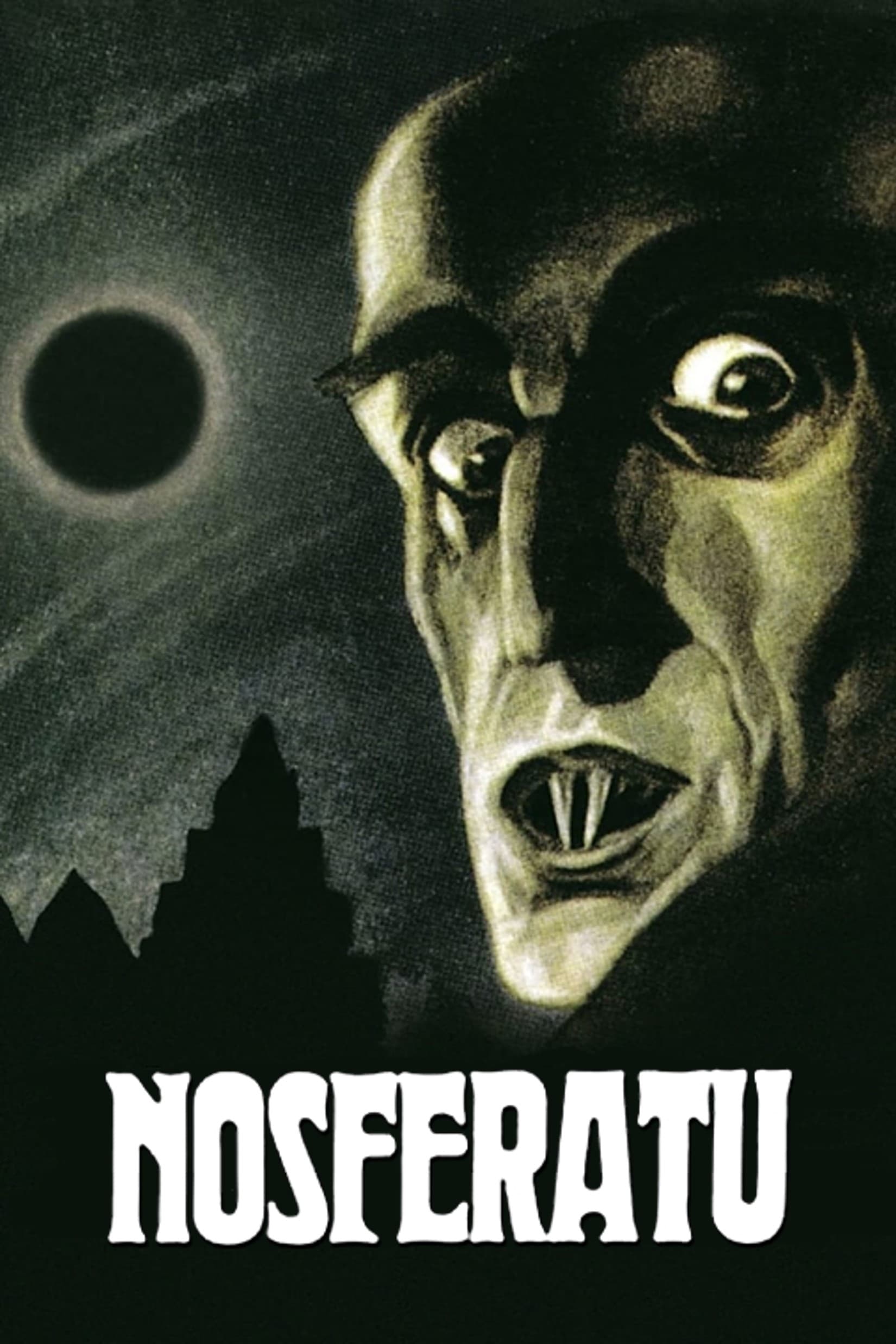
A clerk travels to a distant castle to complete a property agreement with a private count, who then moves to a different area. The narrative unfolds through letters, legal contracts, and shipping documents, detailing how a coffin is transported to a harbor and subsequently unleashes a strange plague.
Location photography documents the landscapes – mountains, courtyards, and river crossings – that define the journey between dwellings. The interplay of shadows and stretched-out shapes forms images where a person climbs steps or looks down at someone sleeping, with a focus on striking angles within the composition.
‘The Wolf Man’ (1941)
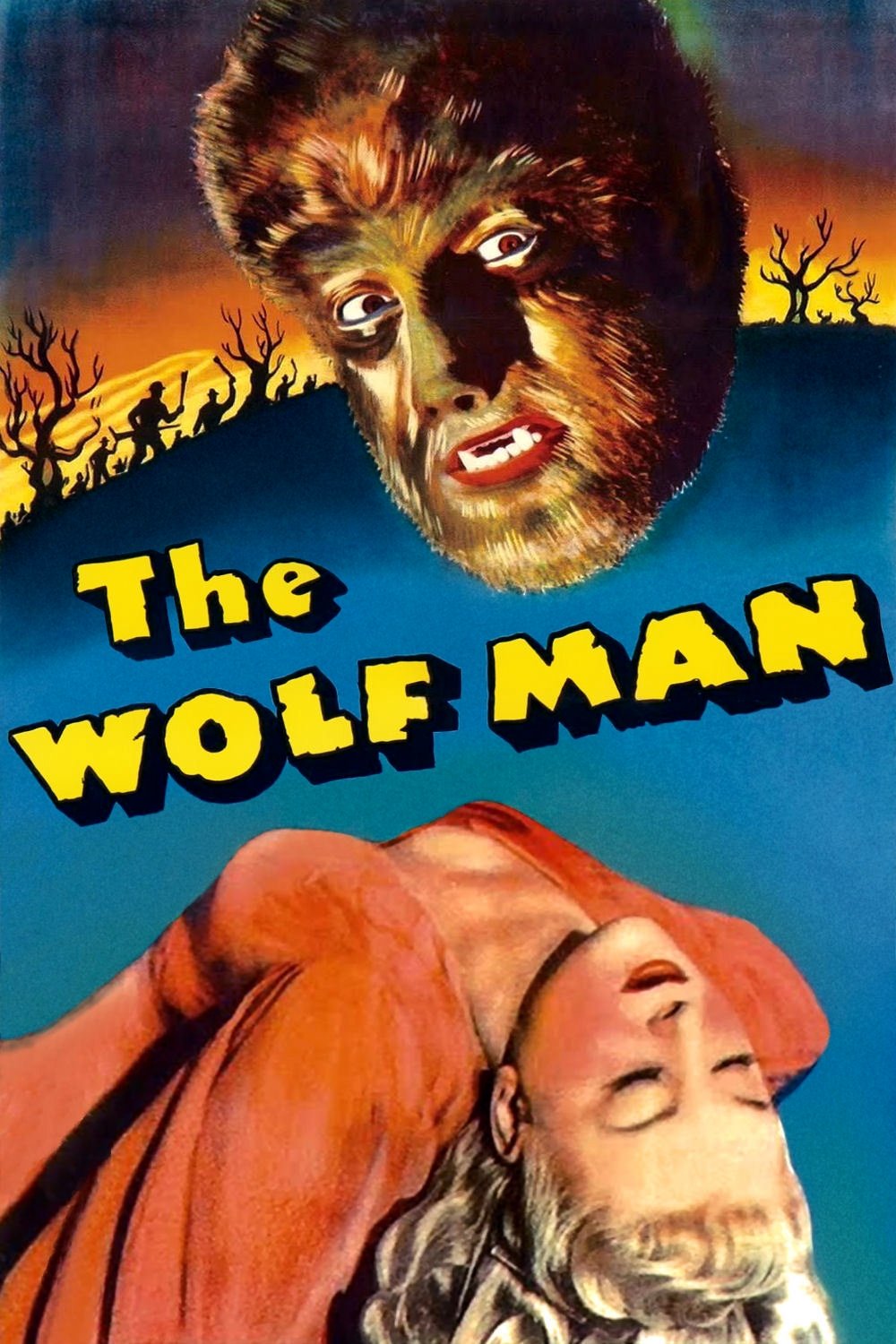
A man goes back to his family’s home and finds himself connected to a series of attacks happening in the surrounding woods, especially after an event that occurred during a full moon. The story establishes rules based on traditional beliefs – things like the importance of silver, a particular rhyme, and how a certain condition can be passed on through a bite.
Makeup effects use gradually applied hair and facial pieces to show a transformation from a person to a creature. The sets feature things like misty forest trails, a fortune teller’s wagon, and a conservatory where family members and town leaders have tense meetings.
‘House on Haunted Hill’ (1959)
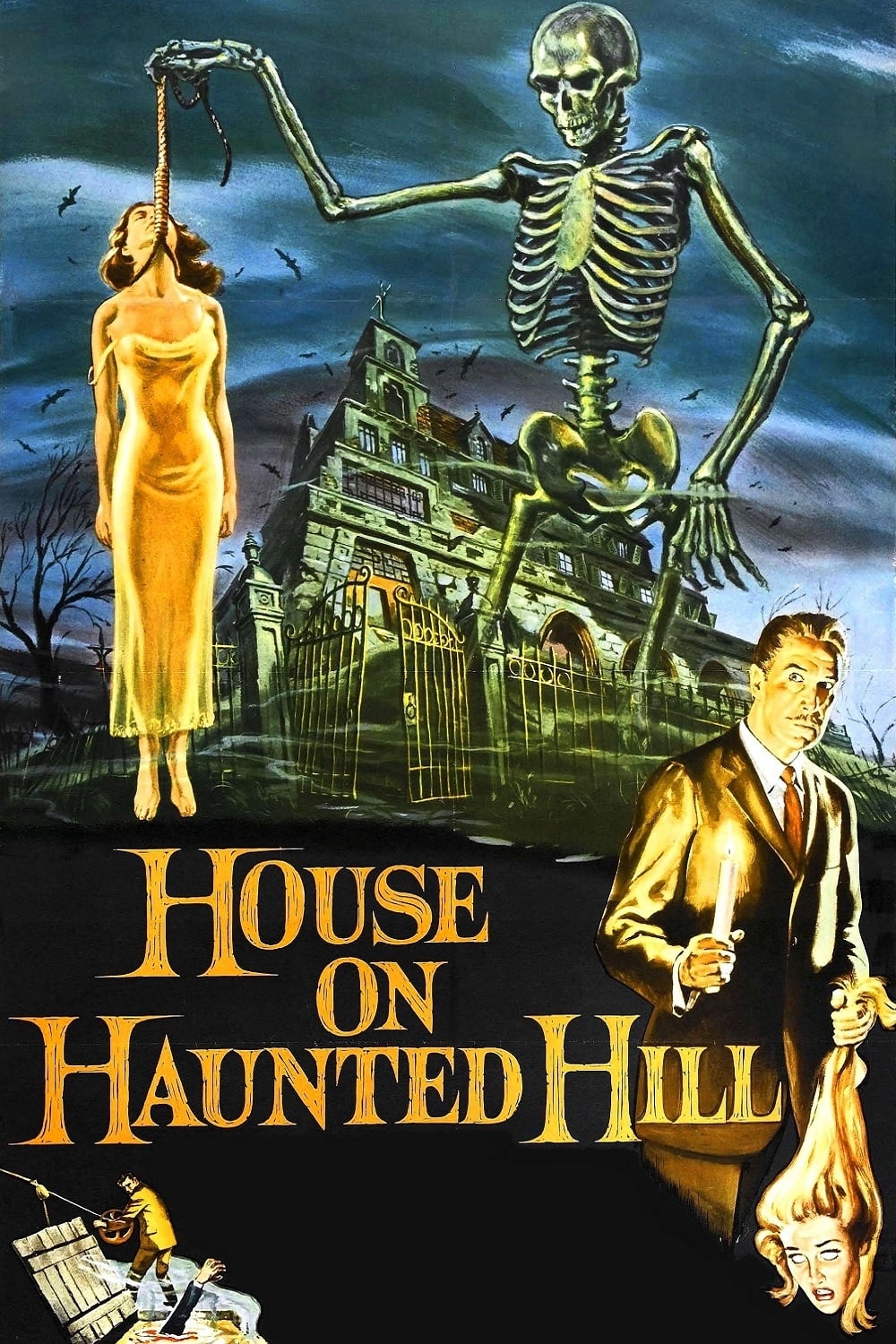
Guests agree to stay overnight in a large house in exchange for money, but once inside, the doors lock and the lights are turned off. The host communicates with them only through pre-recorded messages and provides unsettling gifts like miniature coffins and toy guns.
The movie builds tension using a basement filled with creepy features – a large tank, a concealed device in the ceiling, and hidden doorways. During the most exciting part, a rolling skeleton effect is used, timed to work with a balcony and a pulley system that activates at a specific moment.
‘The Innocents’ (1961)
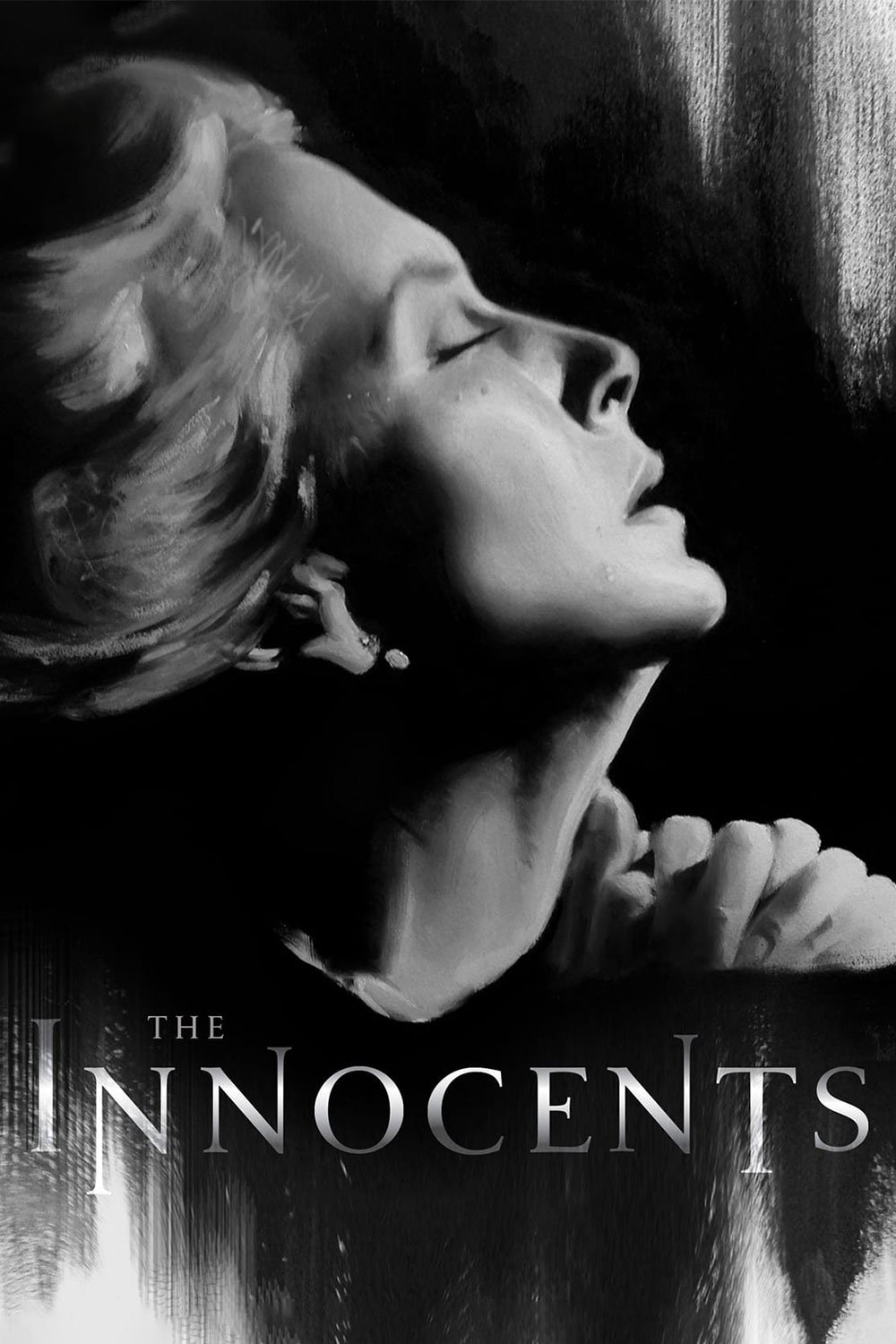
A governess begins working with two children at a rural estate and gradually feels that something unseen is affecting the area, especially around the grounds and lake. The story unfolds through letters, accounts from former employees, and reported strange occurrences, all of which the main character documents in a diary.
Cinematography employs techniques like deep focus and expansive shots to ensure doorways and windows remain visible as characters navigate hallways and gardens. Sound effects, such as distant laughter and subtle singing, enhance scenes where the governess investigates potential sources that may not actually exist. This creates a sense of mystery.
‘The Fog’ (1980)

Okay, so I just heard about this really intriguing movie plot. It’s set in a small coastal town that’s getting ready to celebrate a big anniversary. But things start getting weird – people are picking up strange signals on the radio, and all their electronics are going haywire. Then, this eerie, glowing mist rolls in. Apparently, a shipwreck from the past, and some forgotten local history, are connected to why this ‘weather event’ isn’t just weather – it’s bringing with it… figures. And these aren’t random apparitions; they seem to be targeting specific people. It’s a really cool setup, honestly!
Important settings in the story are a lighthouse featuring a late-night radio show, a church safeguarding an important diary, and the docks where trouble first begins. The visual effects use small-scale boats, ground-level fog, and lighting systems to build moving clouds, which limit how well you can see.
‘Pet Sematary’ (1989)
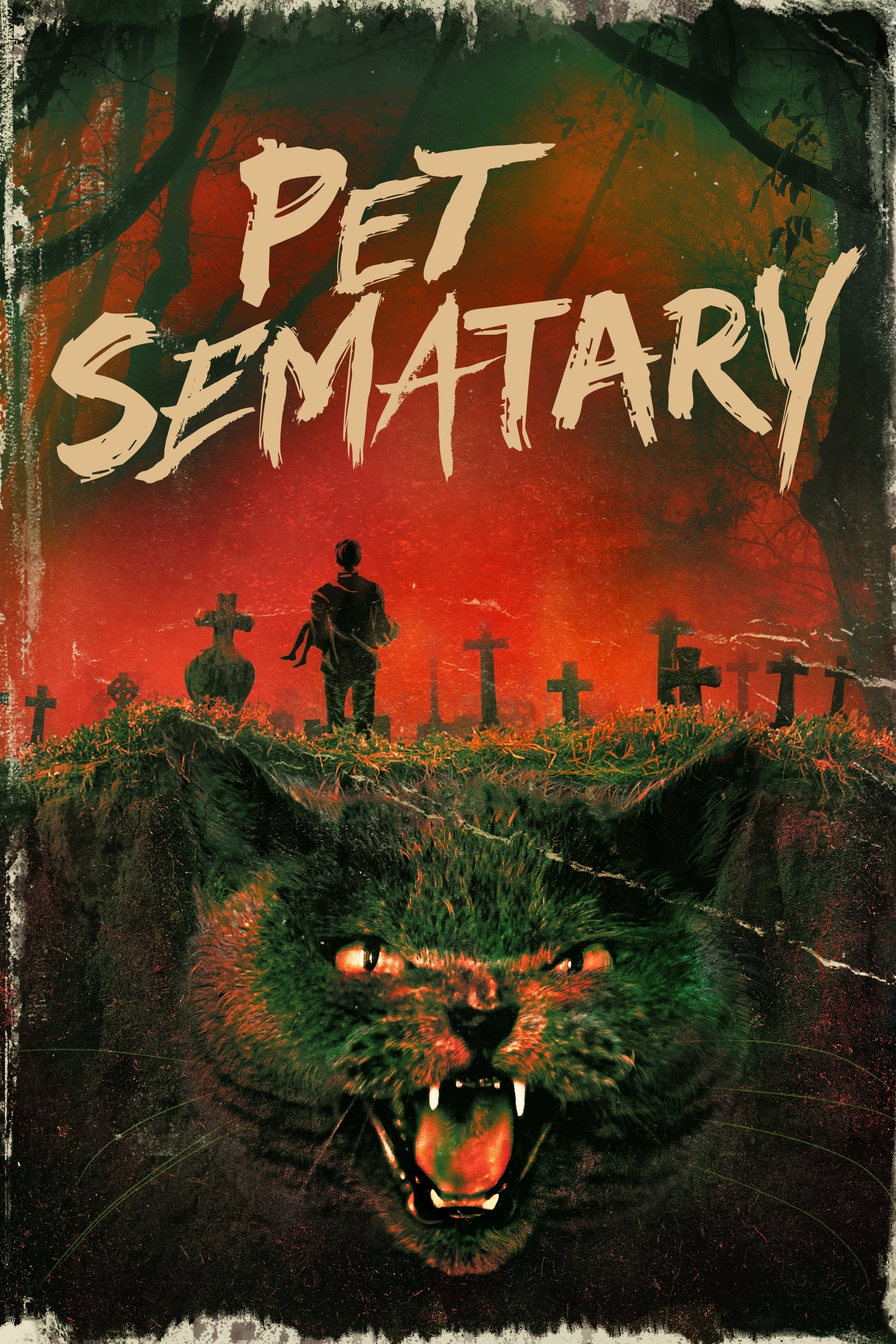
A family moves to a new home close to a busy road with lots of trucks, and discovers an ancient burial ground located just past a pet cemetery. This burial ground has the strange power to bring back whatever is buried within it. The story follows the characters’ decisions, fueled by sadness and their location, as they venture across dangerous terrain – a deadfall – to reach this mysterious site. It explores how grief and closeness to the burial ground influence their actions.
How medical assistance and emergency responses play out significantly impacts what happens during incidents and how injuries are treated. Insights into the area’s past-specifically, previous efforts to overcome challenges or setbacks-often come from long-time residents sharing their historical accounts.
‘The Crow’ (1994)
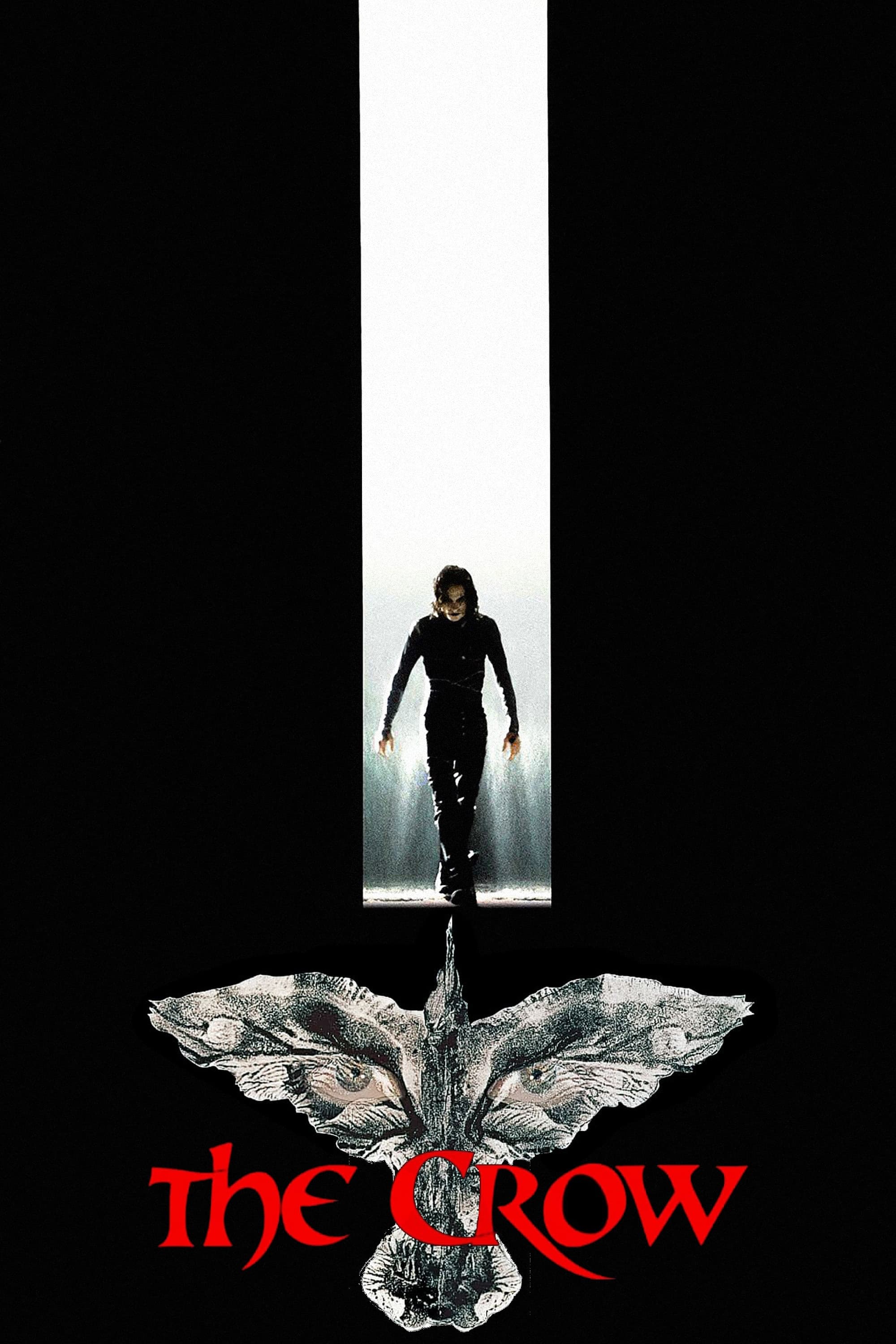
On the eve of a big city celebration, a musician and his fiancée are violently attacked. He later reappears, possessing an unusual, almost supernatural ability to recover, and seeks out those who harmed them. The story cleverly connects different places using a pet bird that flies between rooftops and hidden alleyways.
The story is structured around calling cards – specifically, a circular design and a particular list of names – which determine how characters meet. The urban locations are diverse, featuring a ruined church, a nightclub used as a base of operations, and an apartment filled with objects that unlock memory flashes, helping to reveal the path forward.
‘The Howling’ (1981)
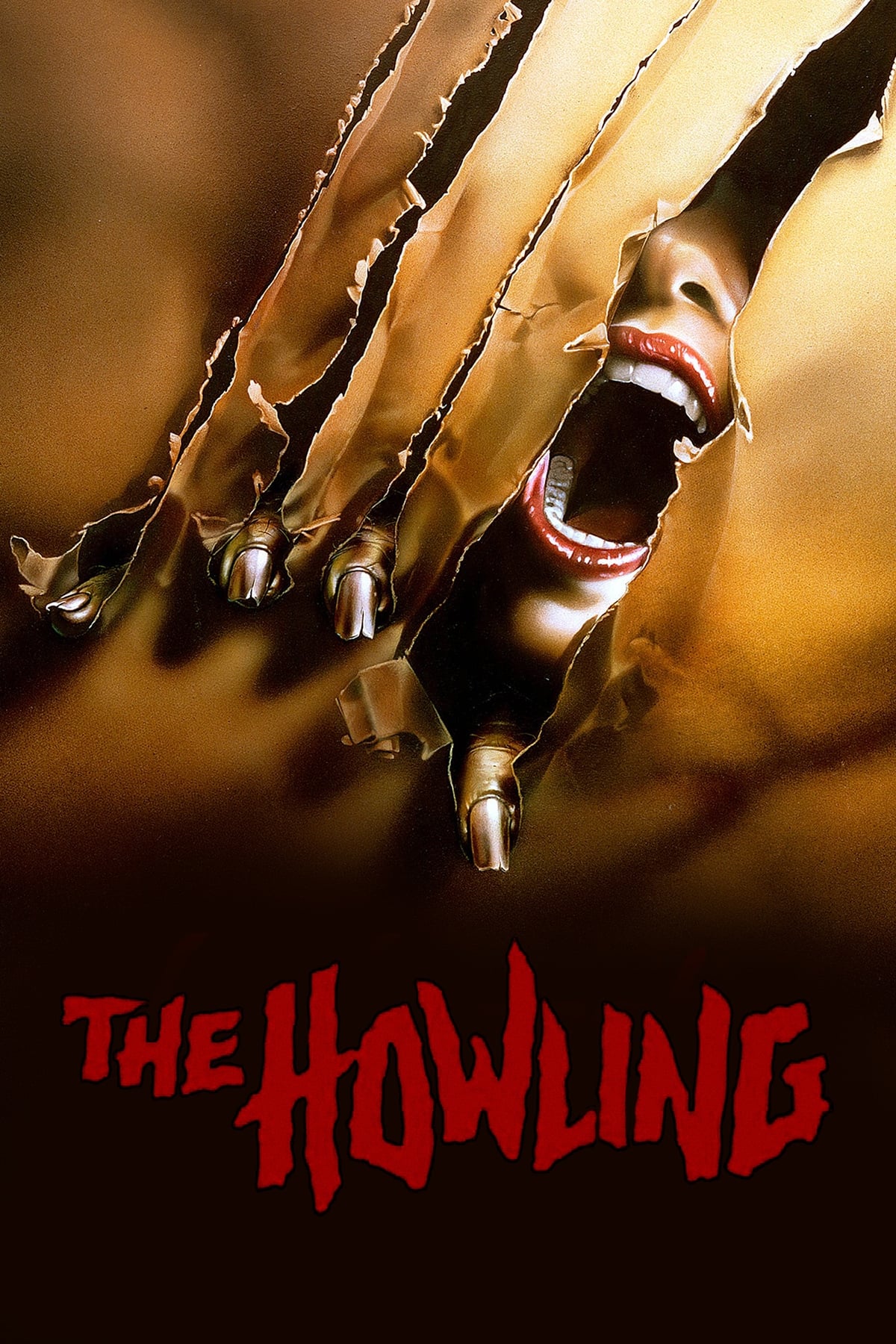
A journalist recovers from a deeply upsetting investigation by moving to a therapy retreat located close to a forest that comes alive at night. Her research is preserved through recordings, maps, and old television broadcasts, which clearly show when people and things were seen – and when they vanished.
Scenes of change rely on special effects like artificial muscles, hair pieces, and extending jaws, all shown in long, unbroken shots. The story culminates by shifting between the space colony, a bookstore filled with research, and a newsroom broadcasting a vital discovery.
‘Black Christmas’ (1974)
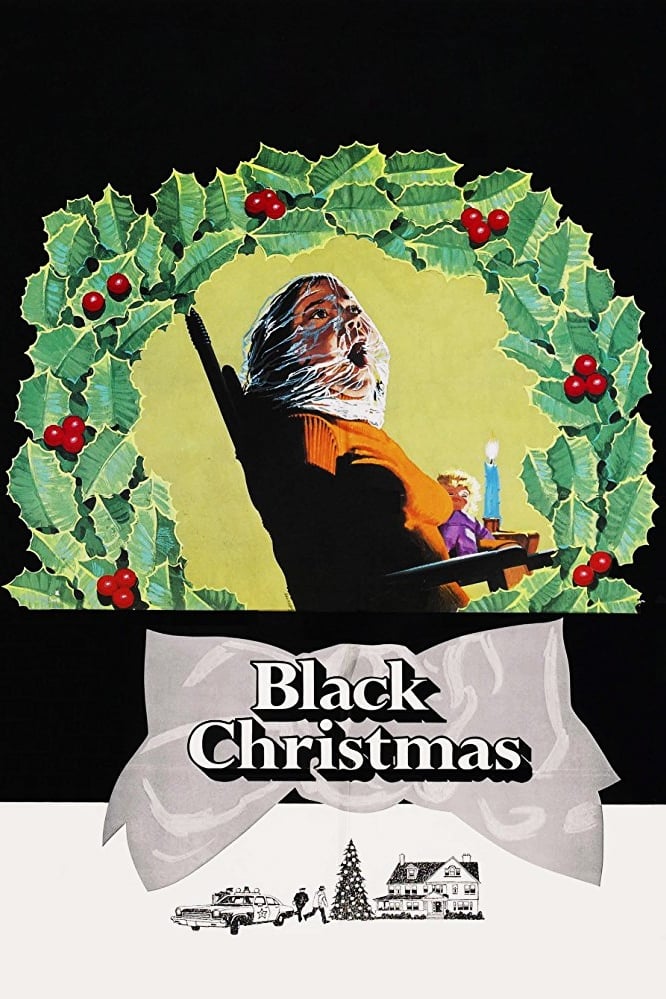
A sorority house is plagued by obscene phone calls at the same time several people are going missing, prompting a police investigation. The phone line itself becomes a key piece of evidence as detectives try to find out who is making the calls and where they are calling from, while officers search the surrounding area.
The floor plan of the house – including the attic, staircases, and front hall – is revealed through several camera shots that track the characters’ movements as they search. Festive holiday decorations and parties cleverly conceal these movements and also help to indicate the passage of time throughout the story. Further details are available here.
‘The House of the Devil’ (2009)
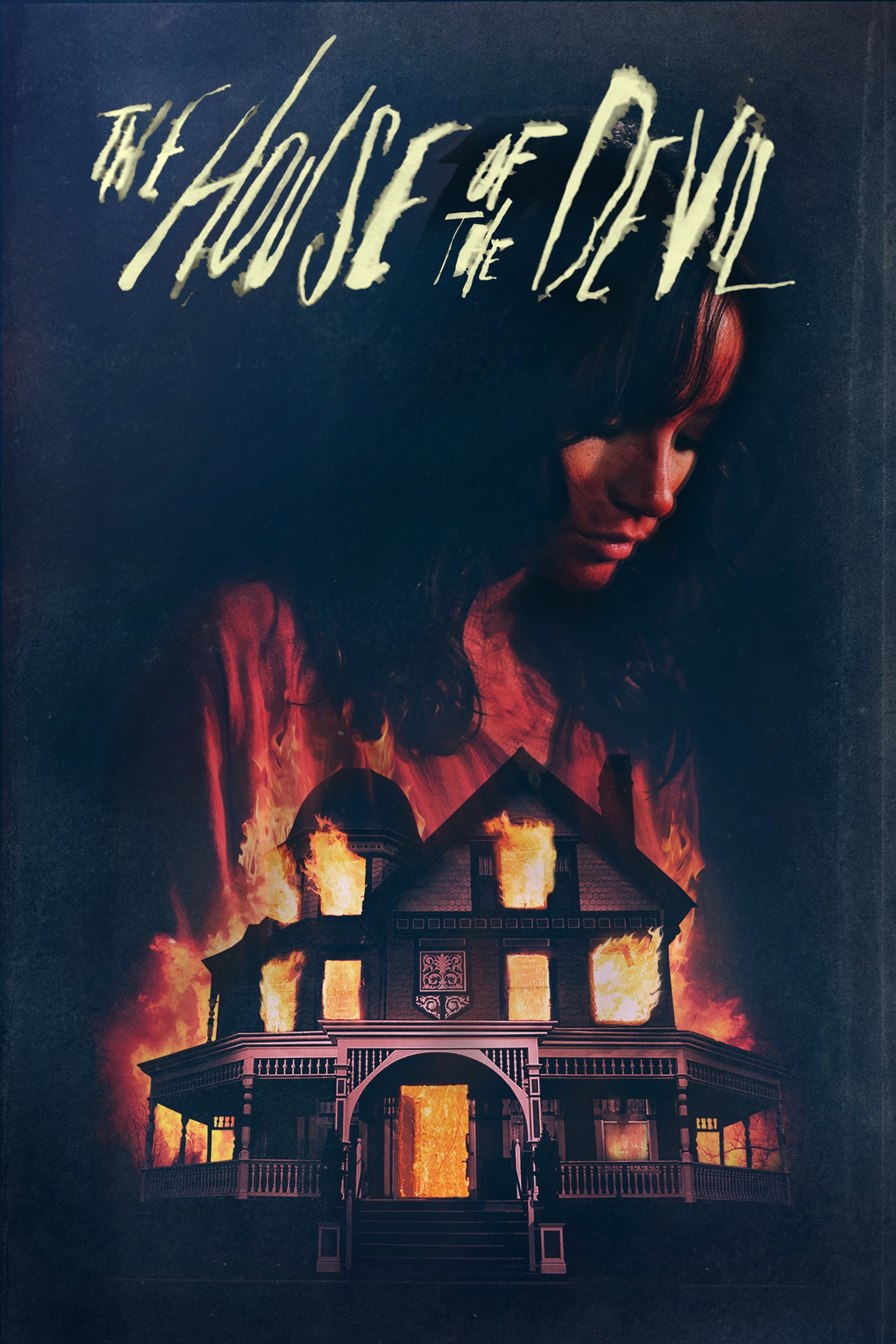
A college student takes a babysitting job for one night at a remote house, needing to arrive while a lunar event is happening. The job comes with specific instructions: a landline phone number, an envelope containing cash, and rules preventing access to certain rooms, which will limit what the babysitter can do after the employer leaves.
The story unfolds through a series of events: check-in phone calls, a pizza delivery, and secret investigations that uncover hidden objects in a basement. The protagonist’s waiting periods and the passage of time are marked by music from a portable cassette player, building suspense until the details of the ritual are revealed.
‘The Skeleton Key’ (2005)
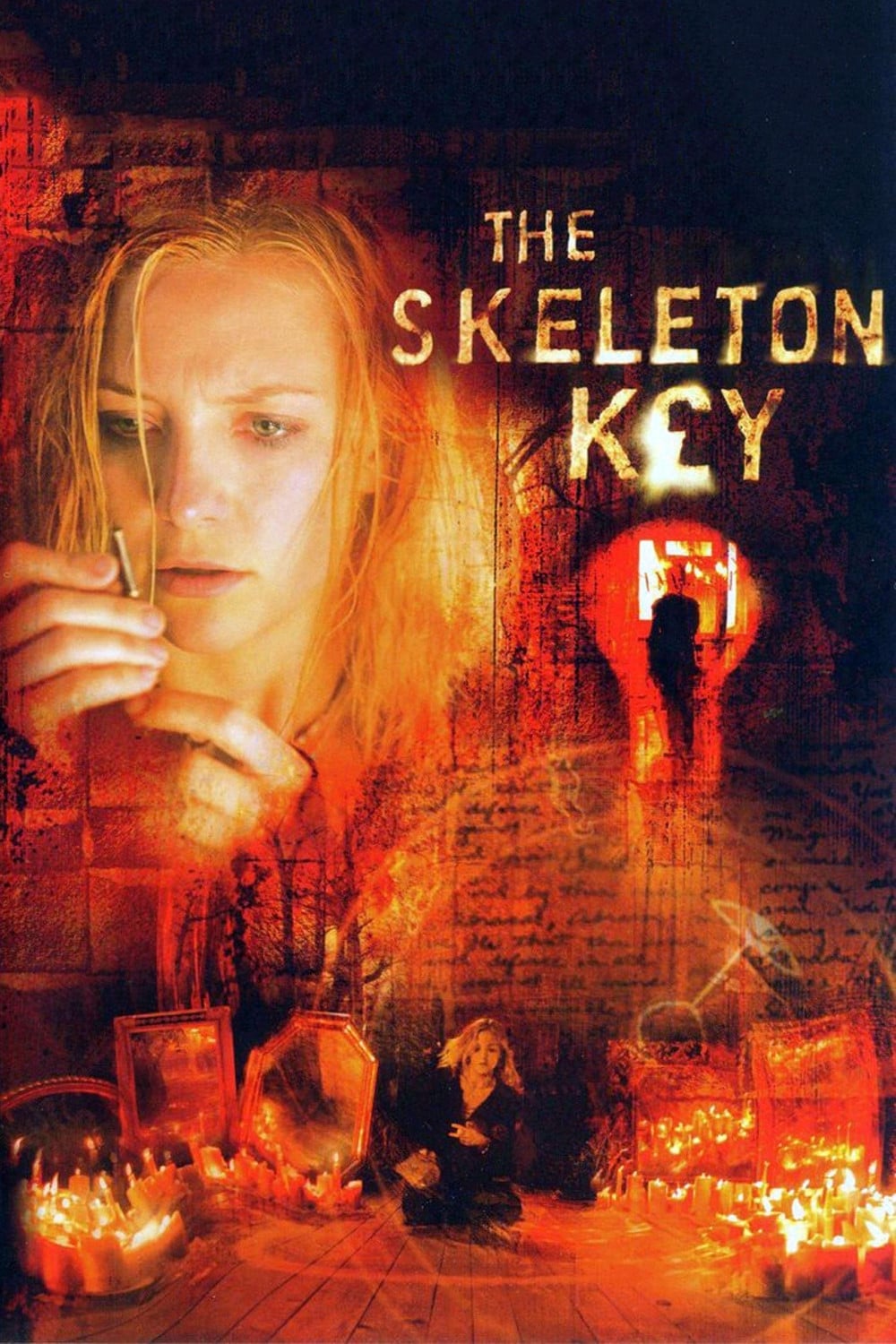
A hospice worker begins a new job at a mansion in New Orleans and soon finds locked rooms, strange ritual objects, and old legal papers hinting at a tragic event from the past. Her investigation is hindered by a non-disclosure agreement and a house key that only provides partial access.
I found this movie really intriguing! It uses local legends, and a clever use of mirrors, to explore how power shifts between characters. The story centers around something fascinating: property deeds and an old phonograph recording. It seems this whole system of power transfer relies on getting consent and uttering very specific phrases. It’s a unique framework, and the hidden attic room adds a great layer of mystery to how it all works. Definitely worth checking out!
‘Scary Stories to Tell in the Dark’ (2019)
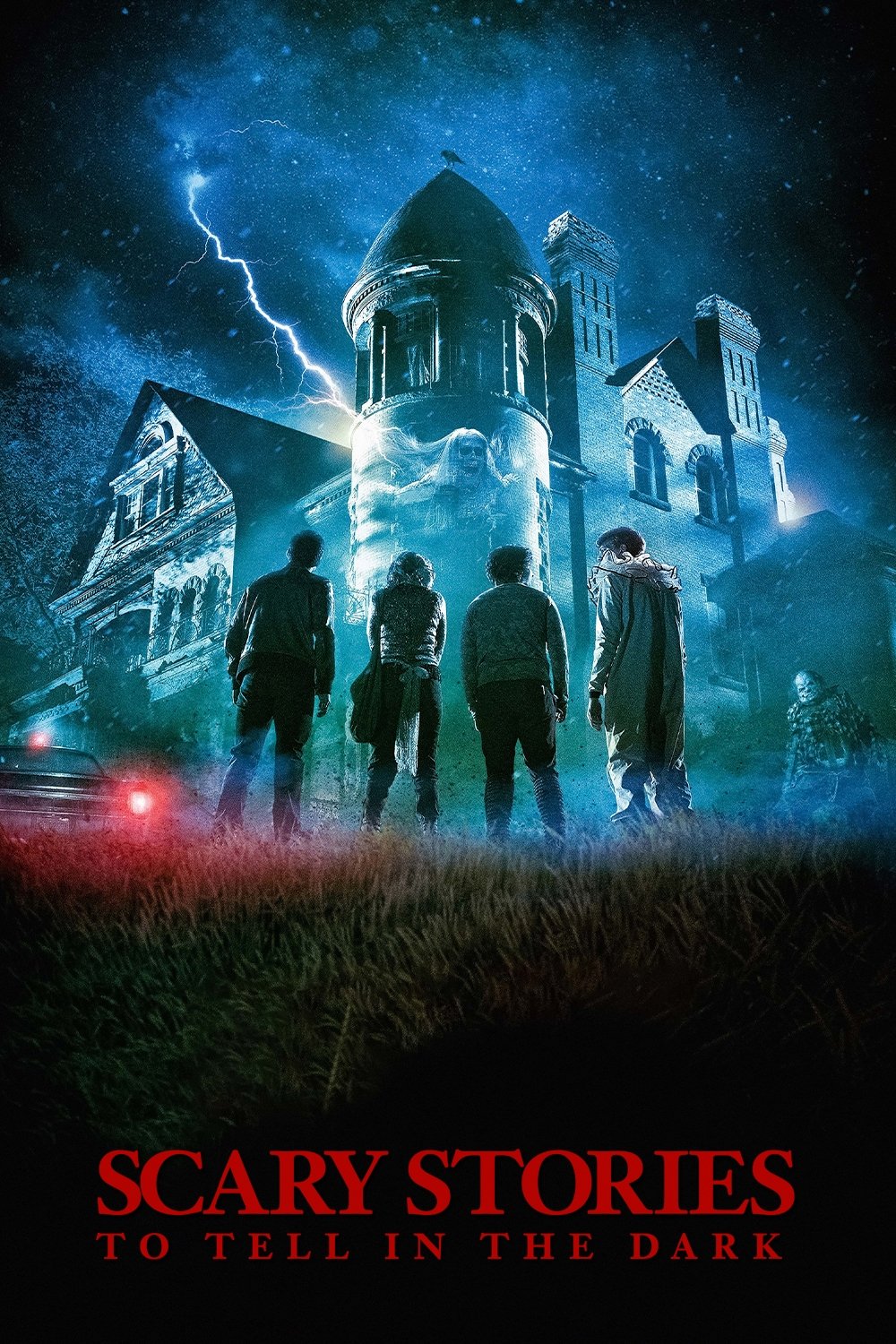
A group of friends discovers a book inside an abandoned house, and it mysteriously starts writing new entries that relate to each of them. The book’s rules state that even if they try to stop it – by either removing pages or leaving town – the writing will continue once their names appear within its pages.
Realistic props and makeup bring the drawings to life, creating scenes that take place at a school, a hospital, and a cornfield. The story centers around looking into family histories and a past of being in institutions, which reveals the reasons why the book’s author was kept apart from others.
‘Corpse Bride’ (2005)
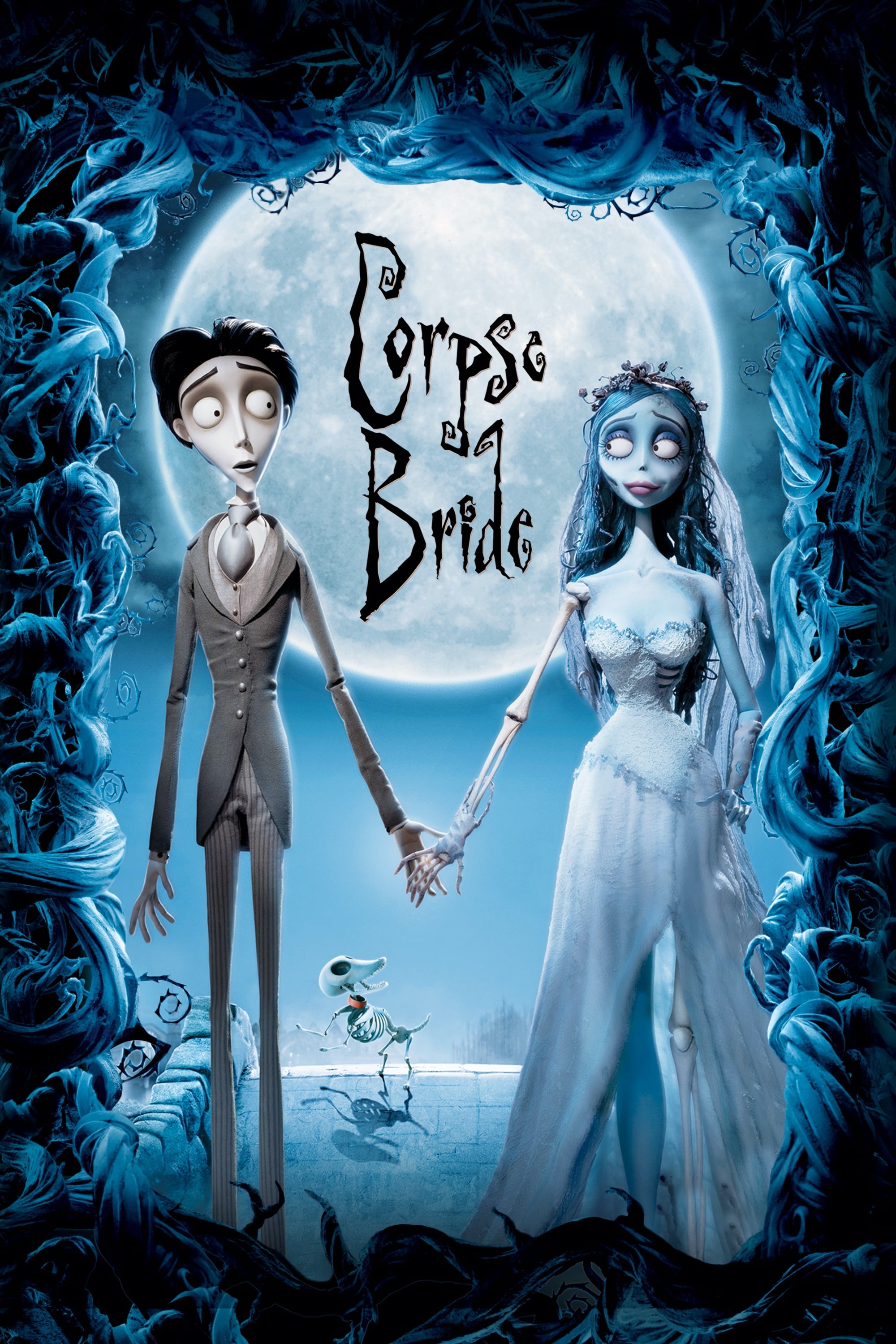
A worried groom rehearses his wedding vows in a forest and mistakenly slips a ring onto the finger of a woman who has passed away. She accepts, and unexpectedly pulls him into a community of the dead. The world of the living and the dead are visually separated by different color schemes and lighting, clearly showing the distinction between life above ground and the underworld below. Learn more about the underworld.
Stop motion puppets are brought to life using internal skeletons called armatures, and different facial parts are swapped out to create accurate expressions while singing or speaking. The story’s central events center around the requirements for a legal marriage, an upcoming wedding, and a poisoned beverage that initially kicked off the plot.
‘The Monster Squad’ (1987)
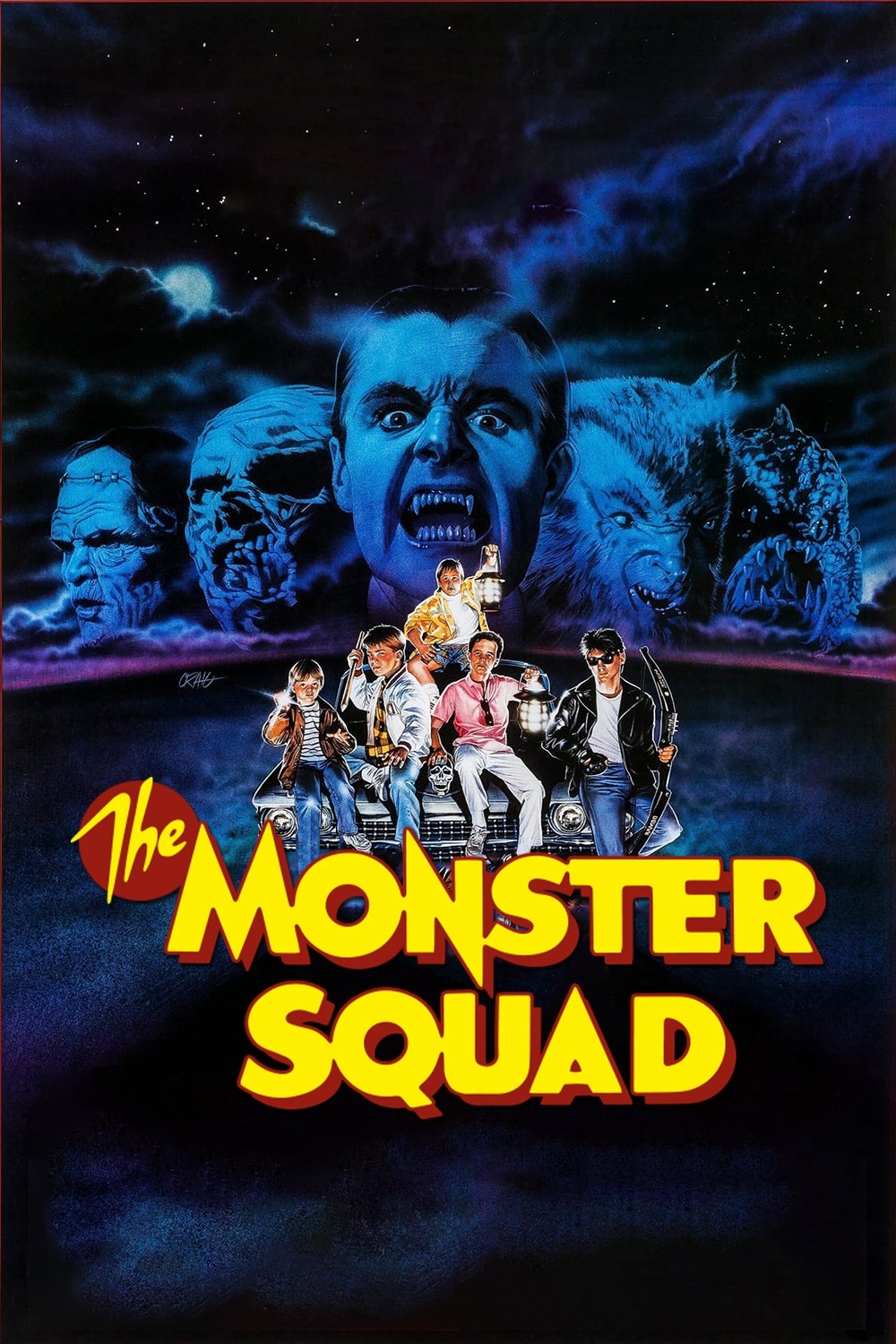
A group of children creates a club focused on legendary monsters and finds themselves needing to prevent a sinister plot to seize control of their community. To seal a gateway between worlds, they must decipher an ancient diary, utilize a special amulet, and wait for a precise astronomical alignment. This combination of items and timing is the key to closing the portal and stopping the evil forces. Learn more about the creatures.
The team gets ready using self-made equipment, including stakes, a bow, and silver bullets crafted by someone in the community. They face challenges at a mansion, a school, and the city streets, ultimately leading to a church where they have to finish a reading without being disturbed.
‘Pumpkinhead’ (1988)
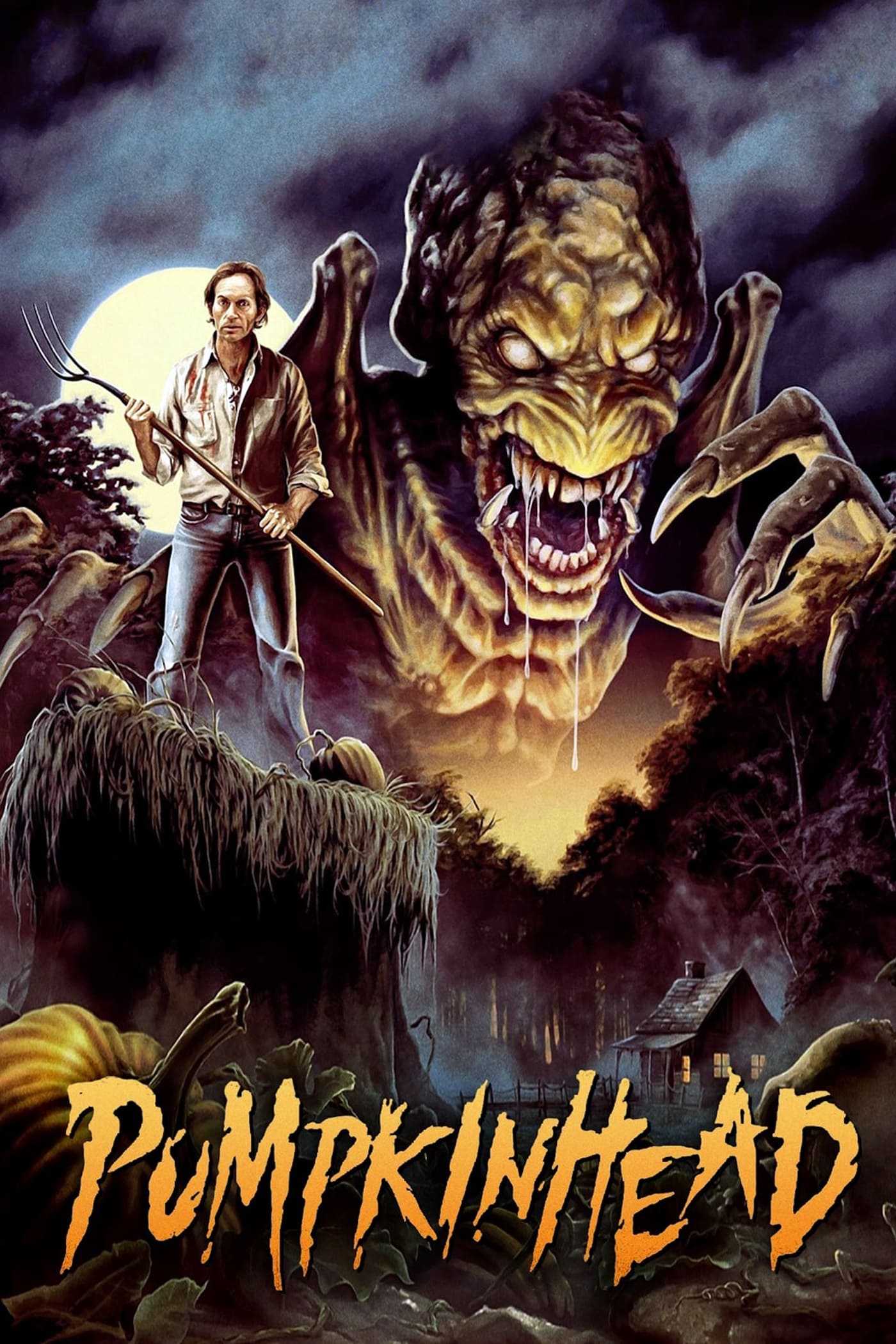
Following a heartbreaking event in the countryside, a father overcome with grief searches for a solitary individual known for performing a specific ceremony. This rite calls upon a being of vengeance. The process demands a gravesite, an exchange of blood, and a tangible connection between the person performing the ritual and the summoned entity.
The creature’s actions link the forests, cabins, and an old church as it follows the people mentioned in the inquiry. The visual effects were achieved using a complete body suit and a robotic head, enabling extended shots of the monster carrying victims during nighttime outdoor scenes.
‘Ju-On: The Grudge’ (2002)
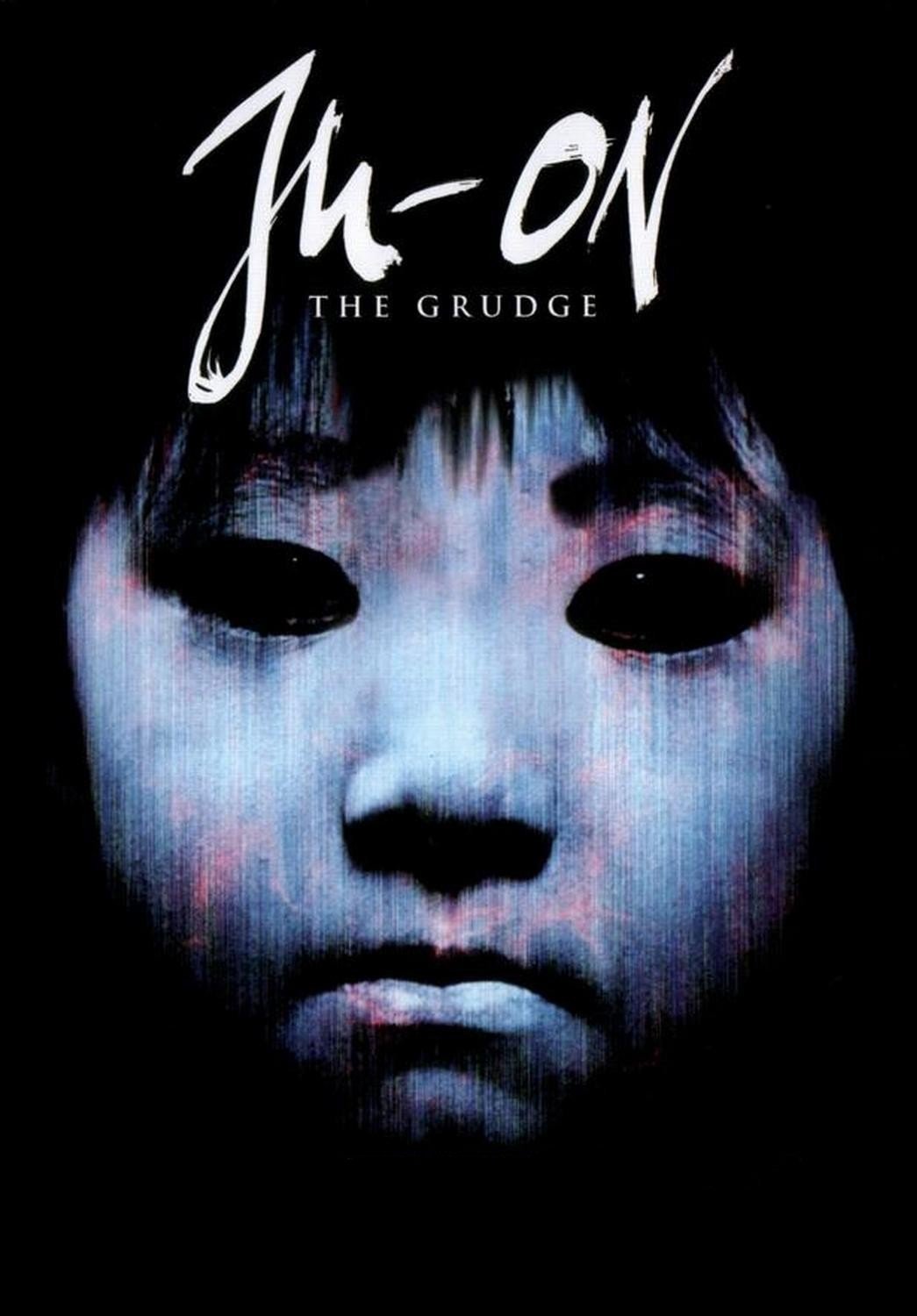
A social worker’s visit to a haunted house sets off a series of stories, each focusing on someone who enters the property. Title cards introduce new characters, and the story jumps around in time, gradually showing how everything is connected. The narrative loops back on itself, revealing how events interlock.
The haunting spreads by simply being near the house, appearing as a creeping shape and a child known for its unique sound. Once those touched by the curse move away, places like offices, apartments, and schools become newly haunted locations.
‘Host’ (2020)
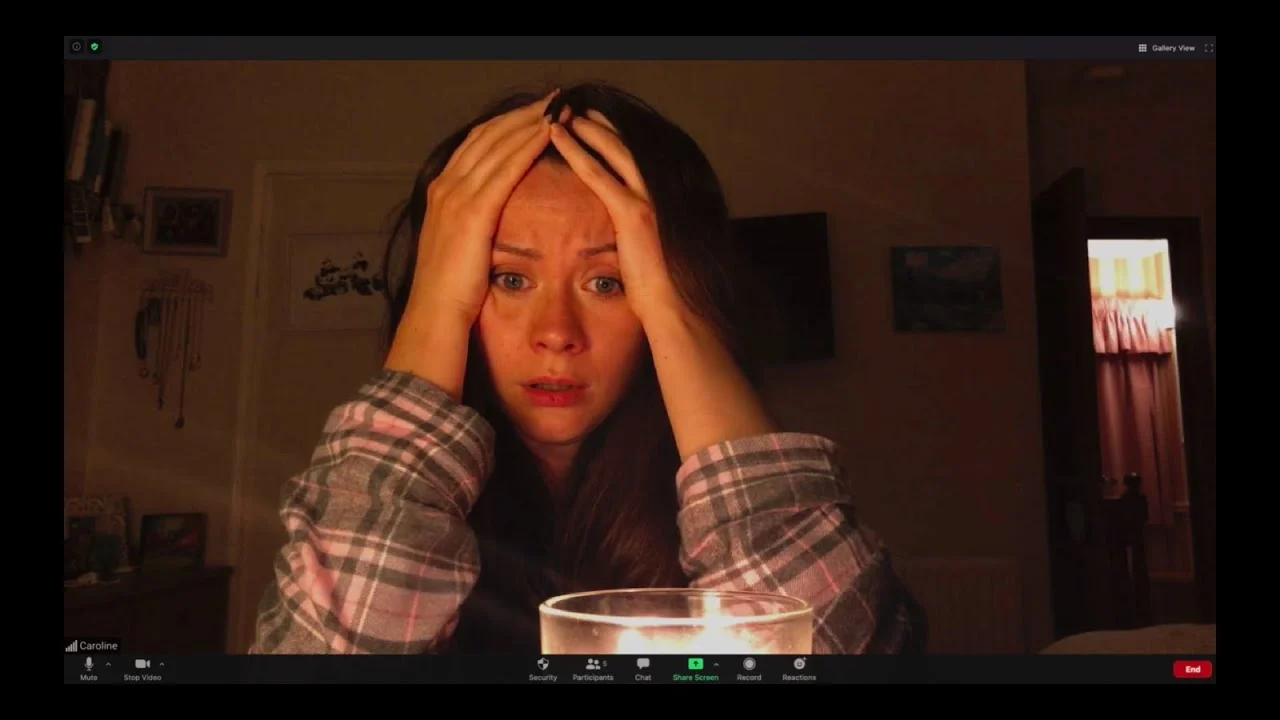
A group of friends decides to hold an online séance, connecting through a video conferencing app. They ask a medium to lead the session, even though everyone is in their own home. When one person tells a made-up story during the séance, it accidentally allows a dangerous entity to enter their lives, and this entity starts causing problems by manipulating things around the house – like everyday objects and potential hazards.
As a viewer, I’ve noticed the show happens right on a computer screen, with lots of different windows popping up. It’s funny because people will sometimes accidentally mute themselves, their video freezes, or they even get disconnected from the call. To make things even more interesting, they use little tricks like making cabinet doors seem to fly open, leaving flour footprints, or pulling on ropes – all while staying within what the laptop camera can see. It’s a really creative way to create effects!
‘Us’ (2019)
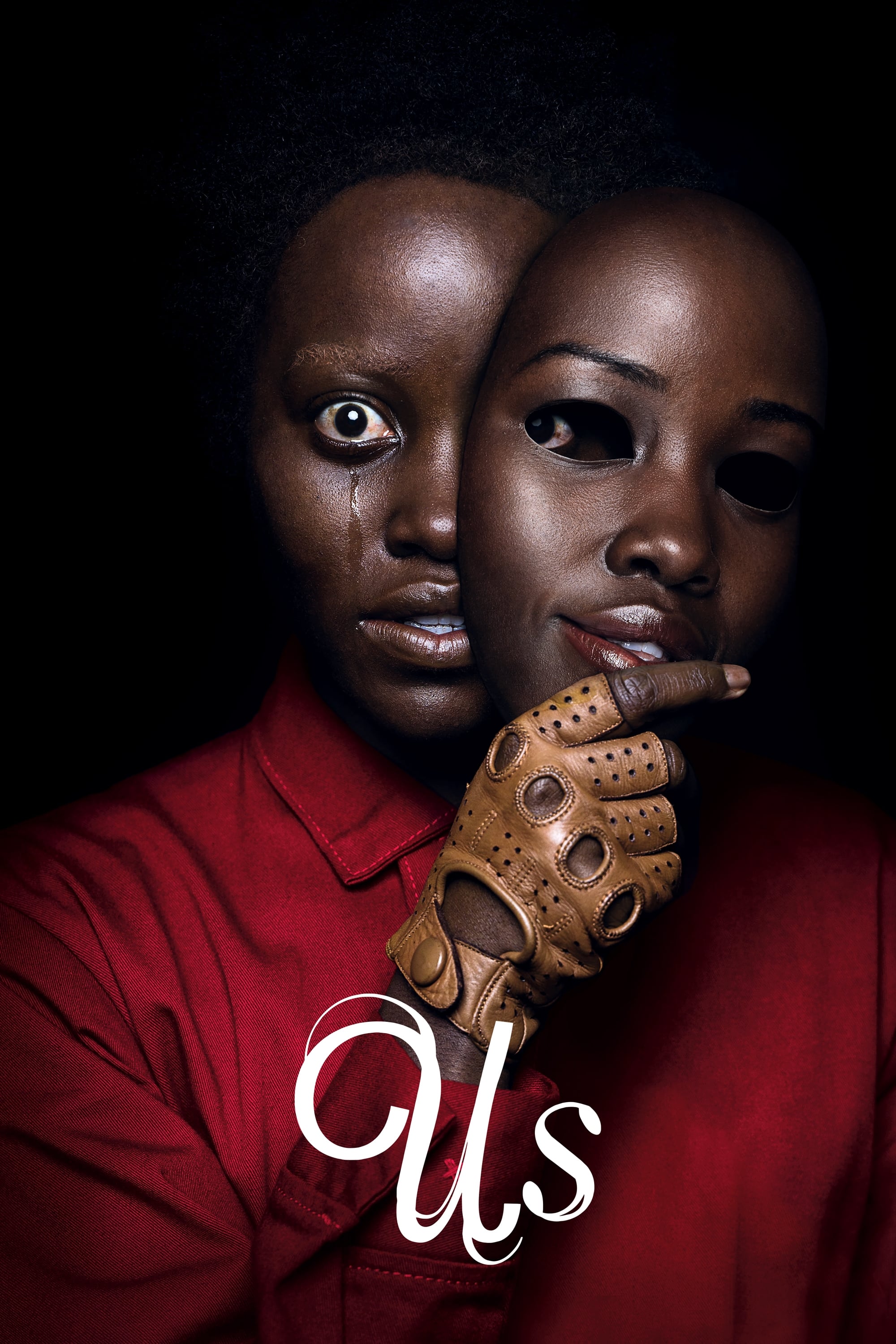
During a beach vacation, a family unexpectedly meets people who look exactly like them, leading them to realize this isn’t an isolated incident but a widespread phenomenon. The narrative unfolds with elements of home invasion, the history of local fairgrounds, and a mysterious facility that seems to be connected to these synchronized occurrences.
Important elements of the story involve an event from the character’s youth that influences what happens later, and a recurring image featuring gloves and scissors. The story’s sequence of events leads back to a disorienting hall of mirrors and a tunnel that contains both control centers and abandoned areas.
‘Midsommar’ (2019)
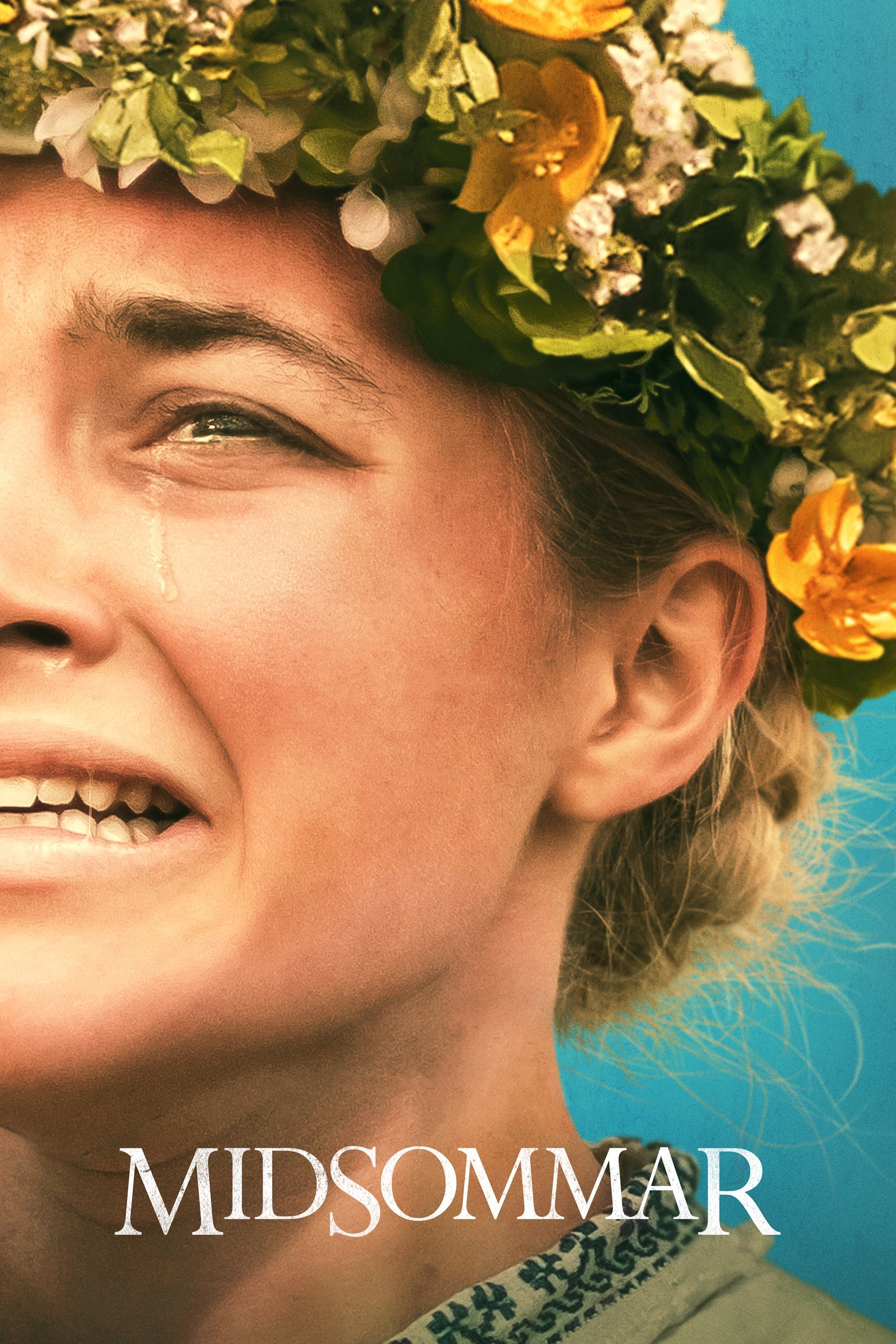
A group of students travels to a faraway community to experience a summer festival and record the traditional ceremonies that are held according to a set schedule. The story details the invitations extended to attendees, the guidelines for visitors, and unique written markings found on woven wall hangings and structures.
As a follower, I’ve been watching everything happen under the constant sunlight. Life here revolves around shared spaces – we gather in the communal halls, sleep in the sheds, and even work and relax on outdoor platforms. What’s really interesting is how things are decided. Instead of someone just telling us what to do, they use contests, dances, and even drawings to figure out who does what in the big ceremony at the end. It feels like everyone has a chance to earn their place.
‘Barbarian’ (2022)

A visitor reaches a rented home only to find someone already living there, and then uncovers secret rooms hidden below the house. The story is told in chapters, each offering a different character’s viewpoint, but always centered around the same address.
The basement contains unusual features like a hidden passage, a room seemingly set up for surveillance with a camera, and a network of tunnels connecting to a nearby, older home. Records of the property and video footage show us who constructed and utilized these lower levels.
‘The Black Phone’ (2022)
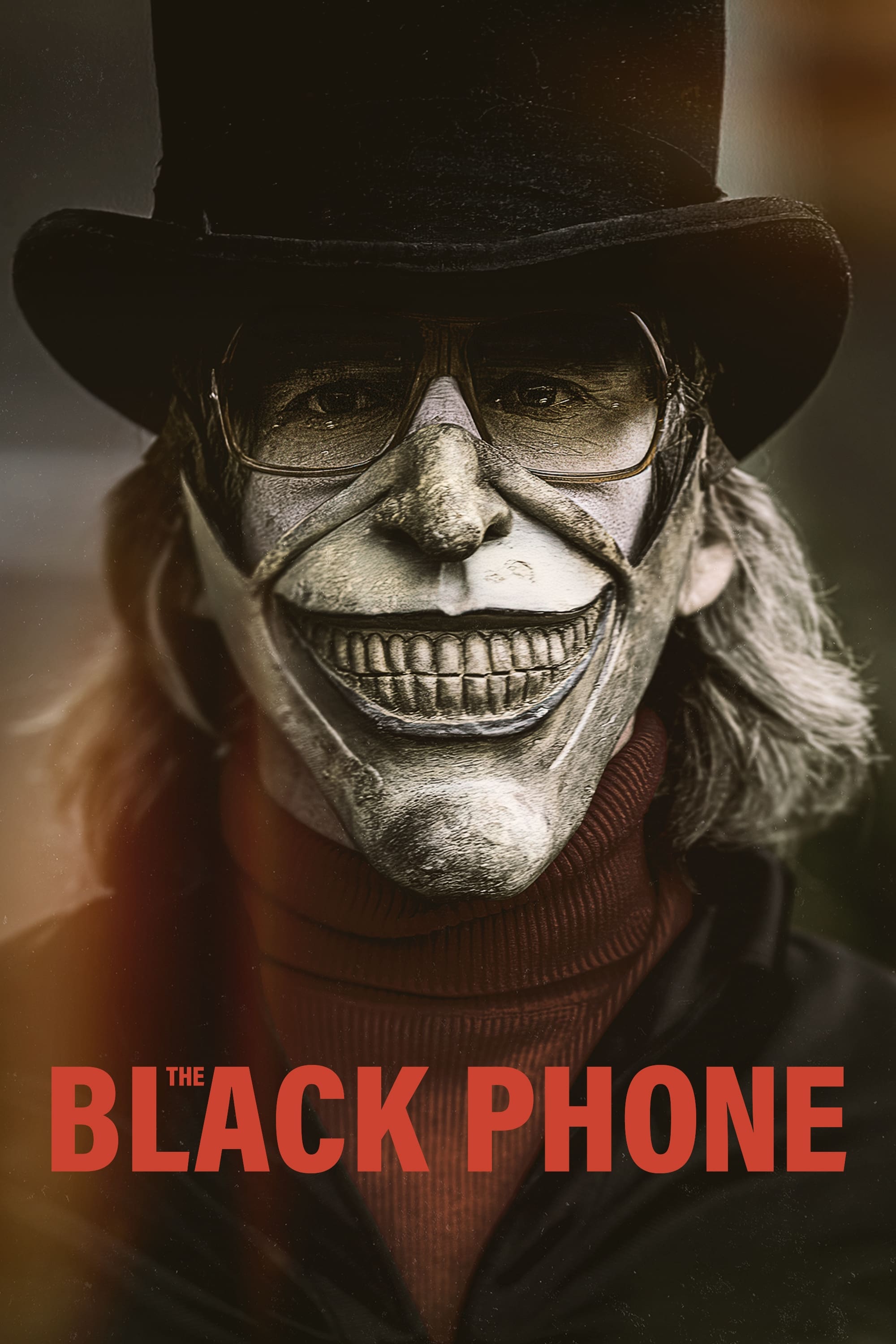
A boy is kidnapped and held captive in a basement. There, a phone that isn’t connected starts ringing, and the voices on the other end offer him help. The story reveals that other victims were taken from places like baseball fields and streets before ultimately ending up in the same room.
Items such as a freezer, a cable, and a secret combination serve as tools that can be put together to form a plan. The police search for missing children using flyers and by talking to people, and the sister relies on dreams for hints.
‘Event Horizon’ (1997)
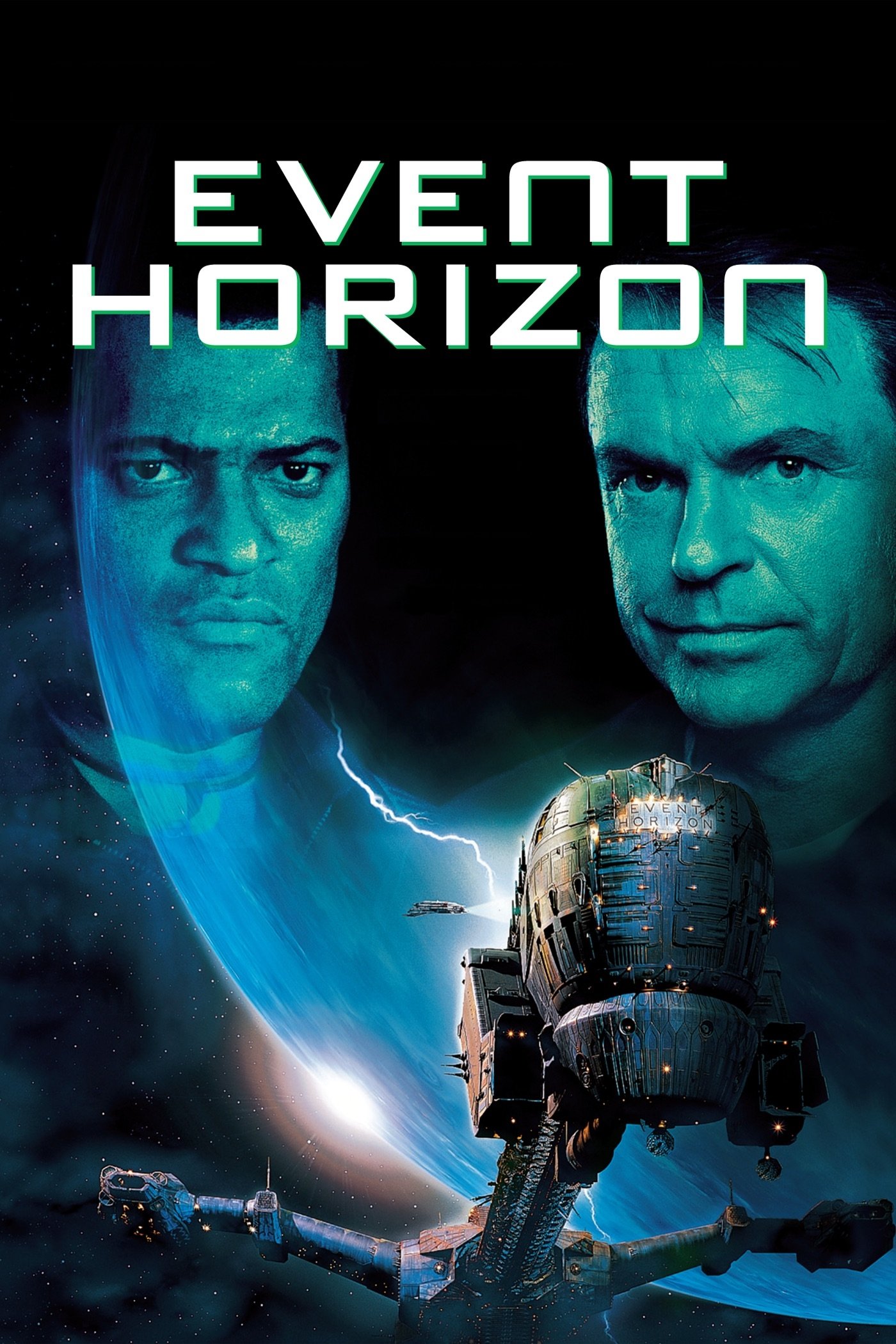
After an experimental drive was tested, a ship unexpectedly reappeared, prompting a rescue team to board it. They discovered ship logs containing damaged images. The investigation involved examining blueprints for the gravity core, reviewing medical records, and deciphering a Latin phrase taken from a distress signal.
The station features an airlock, a rotating tunnel, and a stasis bay containing evidence from the previous mission. The drive’s method of folding space is explained with a demonstration using a paper model to illustrate a direct, shortcut route.
‘The Lighthouse’ (2019)
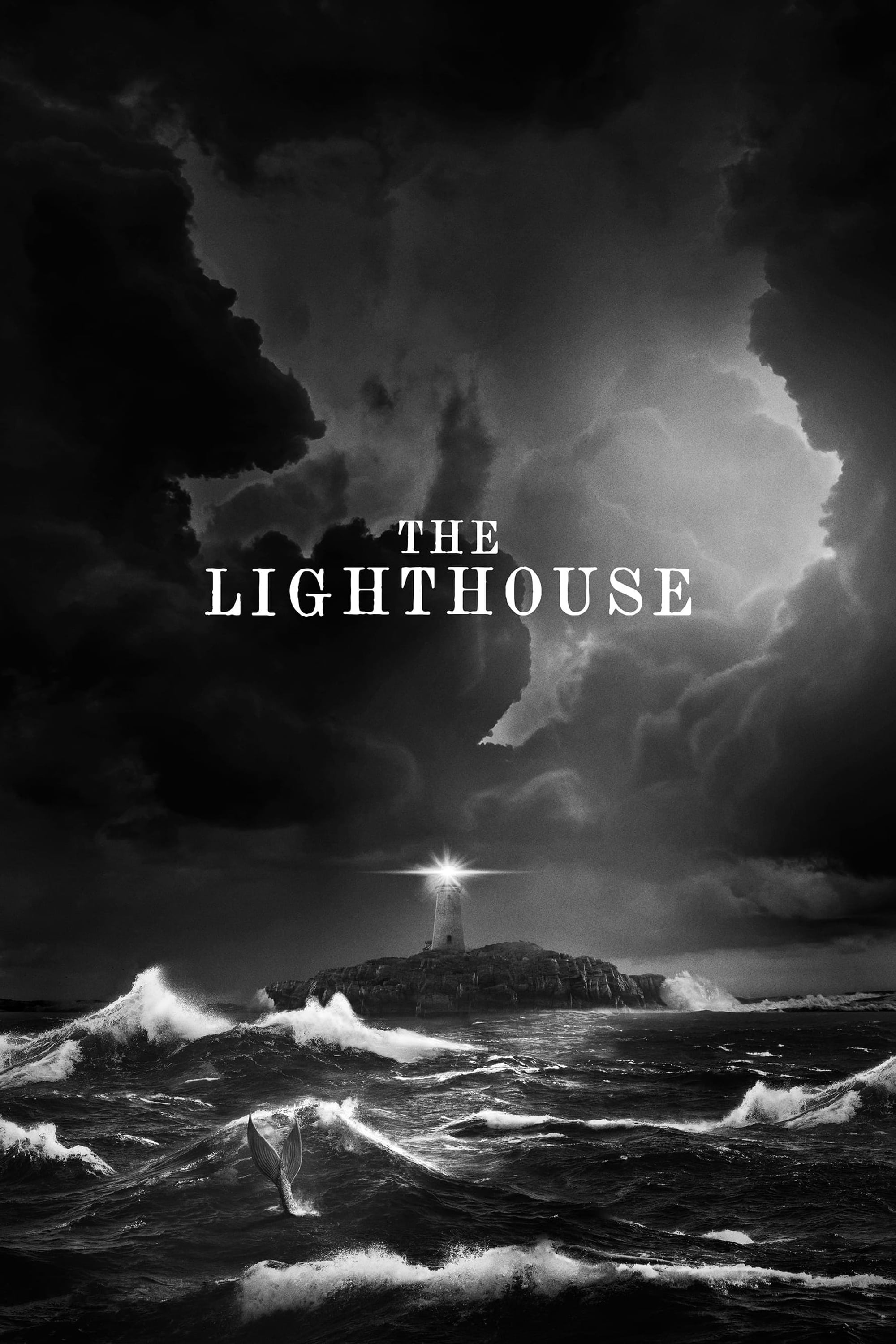
Two lighthouse keepers are stationed in a secluded location. Their work is often disrupted by storms which delay deliveries and regular inspections. Each day, they handle duties such as moving coal, looking after the water tank, and maintaining the lamps – a task that involves climbing to the lamp room’s gallery.
Daily routines of logs, food supplies, and work schedules provide order until things fall apart. The rectangular camera view, with its aged lenses, captures tight spaces, damp surfaces, and fog that obscures vision.
‘Ring’ (1998)

A journalist looks into a mysterious videotape, which is followed by a phone call and, precisely seven days later, a death. The investigation involves speaking with teenagers, traveling to a remote cabin, and reviewing footage of a televised event featuring someone known for creating images through psychic abilities.
The clues point to a well located under a building, and the investigation centers around a woman who possesses unique skills. A pattern emerges where duplicating the tape and transferring the curse becomes commonplace, ultimately influencing the decisions characters make as the story nears its conclusion. This creates a rule that alters character choices near the end.
‘Fright Night’ (1985)

A teen believes his new neighbor is a vampire and, frustrated by the police’s disbelief, seeks help from a host who specializes in horror. The neighbor’s home is quite peculiar, with blackout windows, a heavily guarded basement, and an assistant who takes care of everything during the day.
Surveillance and chance meetings happen in places like television broadcasts, school hallways, and nightclubs. The story ultimately circles back to the house, where features like stairs, mirrors, and doorways regulate who can go where.
‘House’ (1977)

A student hosts some friends at her aunt’s house in the countryside, only to discover the building is alive. The house features unusual occurrences – objects float around, portraits seem to move on their own, and a piano unexpectedly becomes a dangerous trap during a performance.
The film uses a mix of painted sets, special effects, and quick cuts to create dangerous situations with the objects on stage. The plot touches on a lost love and the trauma of war, which helps explain why the aunt has stayed in the house all these years.
‘The Gate’ (1987)
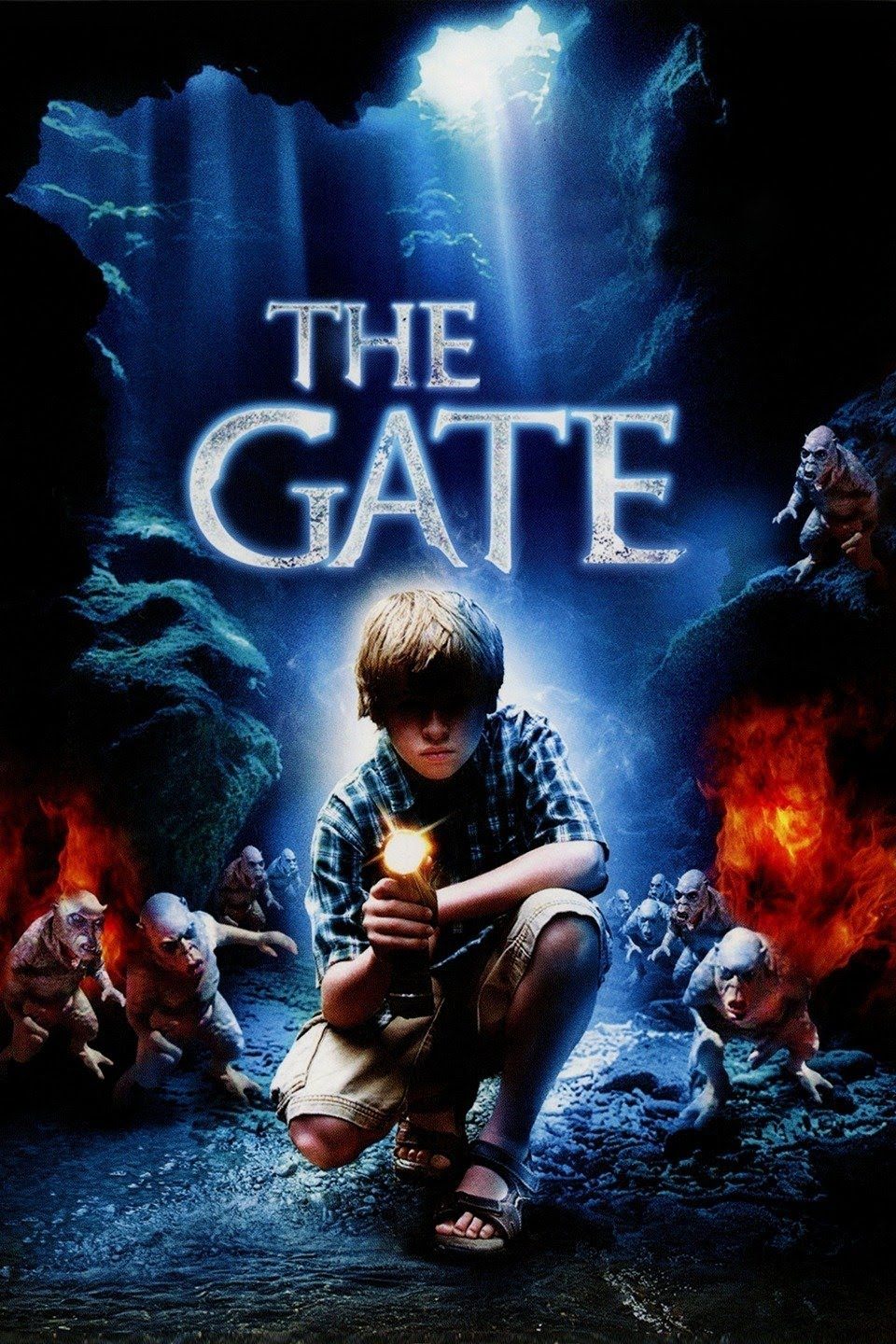
After a tree is taken down, two children dig a hole in the backyard and accidentally let out tiny creatures that are connected to an old record album. The album cover, a geode, and a book of spells all contain instructions on how to seal the portal they’ve opened.
The visual effects for the minions are created using stop motion animation, while scenes involving full-size characters and interactions with them utilize forced perspective. To solve the problem, the solution needs to include certain keywords and a family heirloom that can negate the ritual.
‘Over the Garden Wall’ (2014)
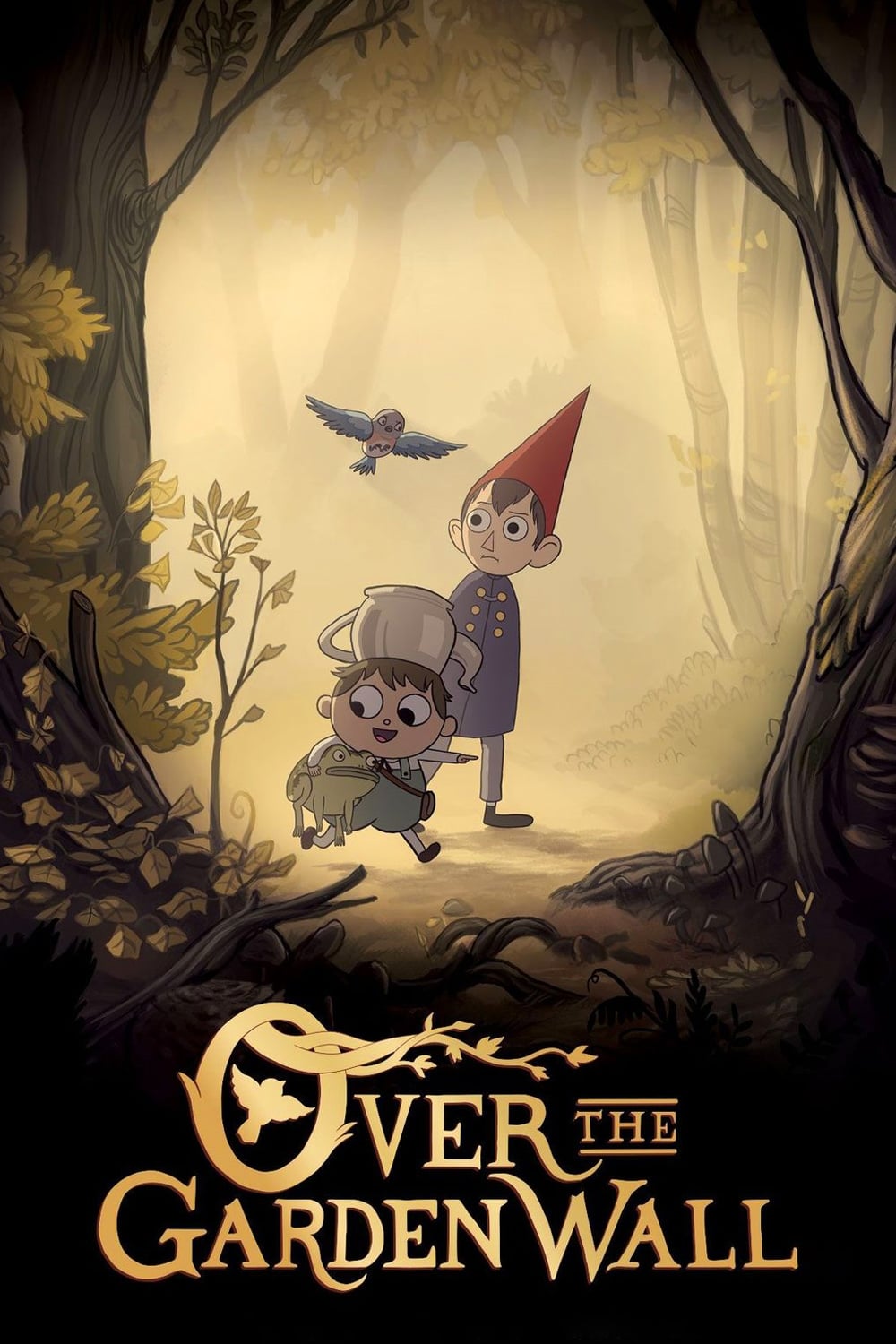
Two brothers journey through a forest, seeking a path home. Each town they encounter has unique rules and traditions. The story unfolds through episodes, including one about a woodsman, another about a school for animals, and a final one revealing a hidden secret during a harvest festival.
A lantern, a bluebird, and a frog whose name shifts often appear as recurring symbols throughout different settings. The conclusion reveals how the boys ended up where they are and how the changing seasons impact the creature living in the woods.
‘The Haunting of Hill House’ (2018)
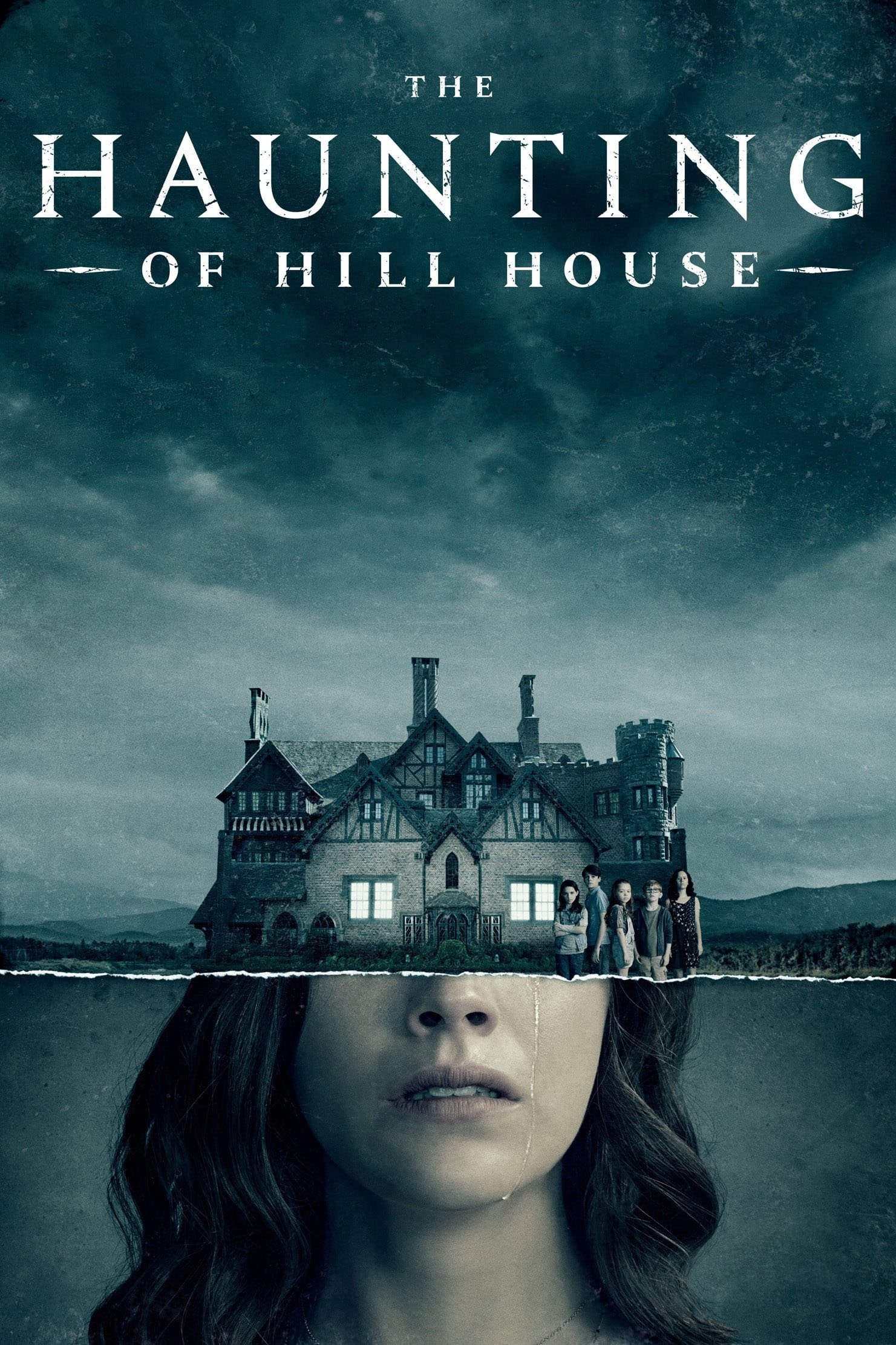
I just finished watching this series, and it’s a real slow burn. It centers around a family who decides to renovate their old family mansion, which then forces them to really grapple with how their childhoods – and specifically, events that happened *in that house* – shaped who they are today. What’s really clever is how the show jumps back and forth in time. We see scenes from idyllic childhood summers alongside what’s happening with the siblings as adults, and that constant shifting brilliantly reveals how past events directly caused the present-day conflicts and emotional baggage. It’s not a fast-paced thriller, but a character-driven drama that really makes you think. You can find more information about the series here.
The building’s design boasts a red room that visually transforms, and a library featuring a winding spiral staircase. One episode is filmed in a single, extended shot, following a storm’s path through different eras and employing theatrical staging to link various scenes.
‘Midnight Mass’ (2021)
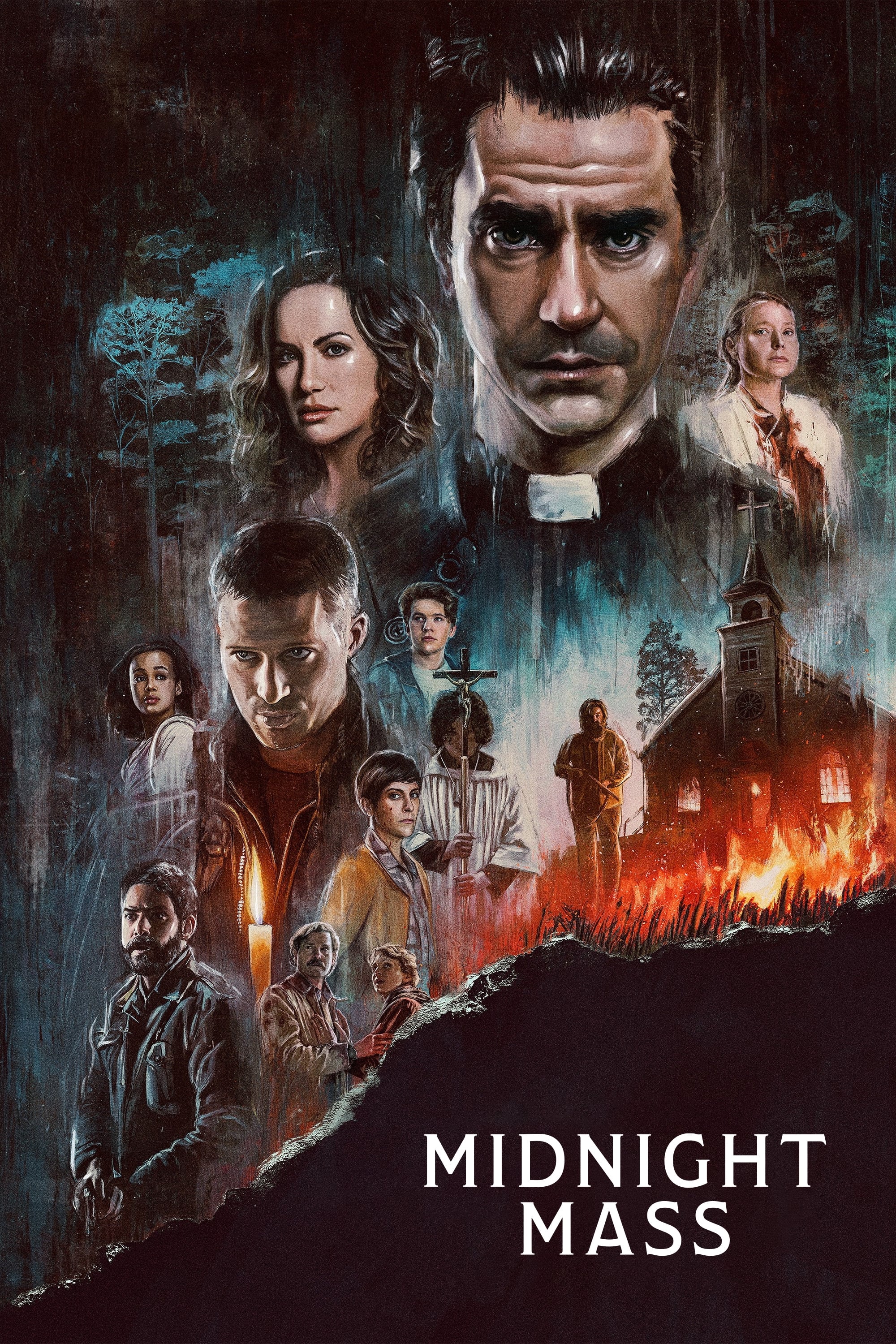
People living in a small island community begin to experience strange healings and unsettling events when a new priest comes to town, bringing with him unexplained cargo. Changes in what people believe and how they act are recorded through church services, confessionals, and local town meetings.
Important places within the game feature a recreation center, a small church, and a ferry dock that manages transportation. Sound recordings of sermons and passages form the basis for decisions, ultimately guiding you towards a concluding sunrise.
‘Halloweentown’ (1998)
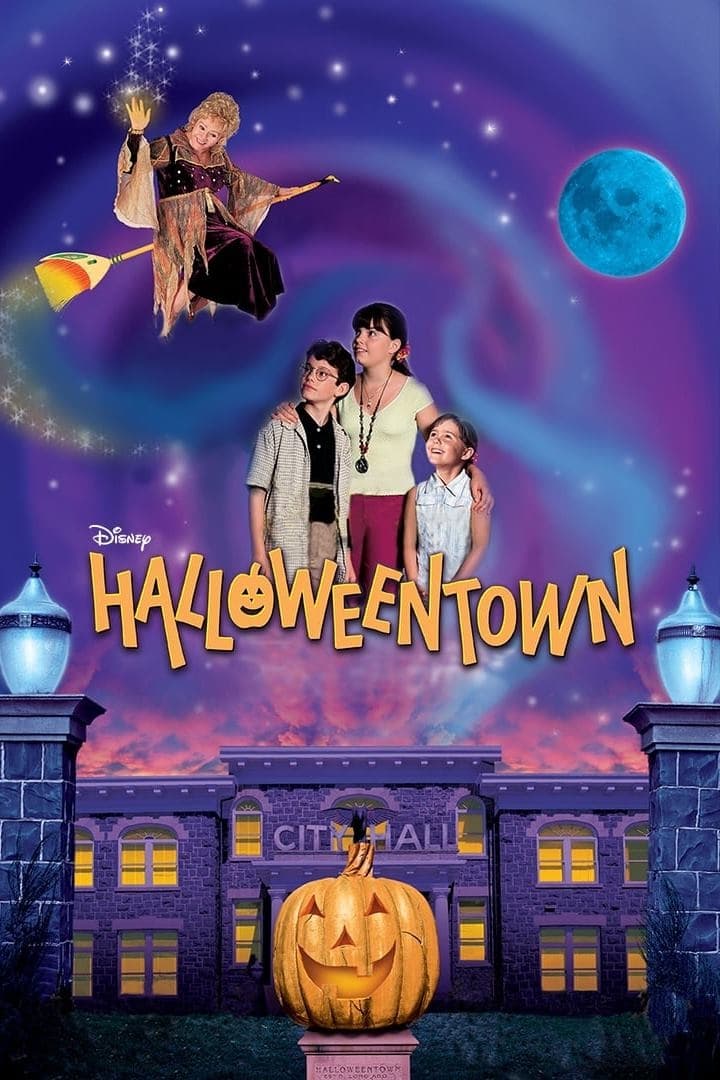
A young woman discovers her family’s history with witchcraft and journeys to a town populated by magical beings, traveling there by bus. Important places in this town include the office of its magical mayor, her grandmother’s home, and a town square featuring a prominent statue.
You’ll learn how spells, talismans, and portals work while you’re out gathering ingredients for tasks. The clock tower and a theater are where you’ll encounter a mysterious masked figure and ultimately put together the final charm.
‘Casper’ (1995)
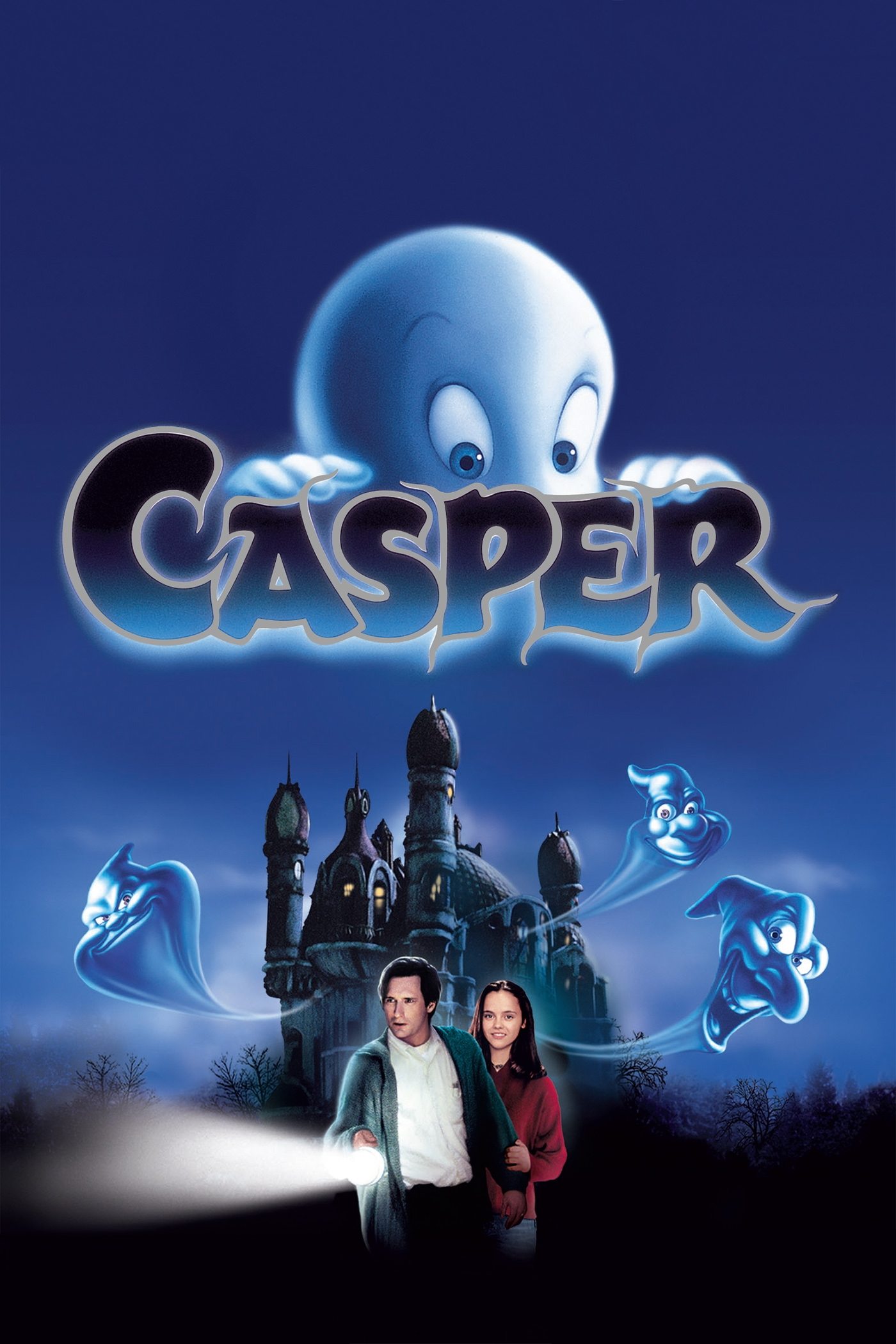
A physician specializing in the study of spirits relocates to a large estate with his daughter, hoping to communicate with the deceased wife of the home’s previous owner. He soon encounters a benevolent ghost who already resides there. The mansion is filled with hidden passageways, a dedicated laboratory, and an elaborate device intended to restore life to a body.
Three playful uncles establish guidelines concerning meals, ghostly energy, and how strong ghosts can be. Old newspaper articles and family films reveal the history of the inventor who previously inhabited the mansion.
‘Hotel Transylvania’ (2012)
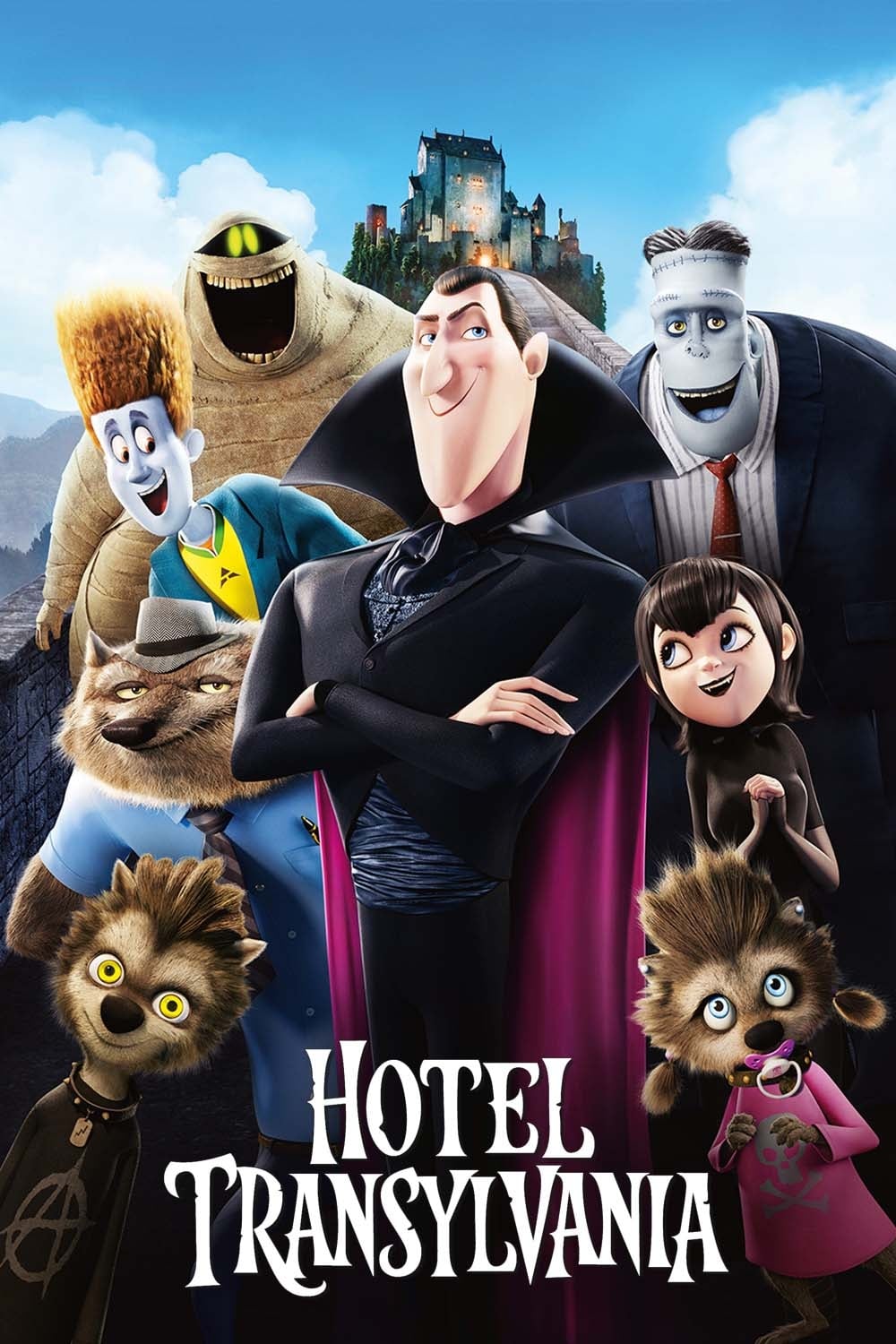
A vampire operates a resort designed to provide a safe and welcoming environment for traditional monsters, with very few humans allowed. The hotel features a large lobby, a dining area, and a rooftop space used for making announcements and hosting events.
The guest list includes mummies, werewolves with their many pups, and an invisible man who enjoys playing card games. New arrivals learn how things work through a food delivery and a lively music party.
‘Fear Street: 1994’ (2021)

In a quiet town, teenagers are grappling with an old, repeating curse. This curse transforms regular people into murderers and connects to unsolved crimes stretching back through the years. Key clues in the mystery involve a network of caves, a severed hand, and a shopping mall constructed on historically significant land.
The research took place across several locations: a school, a library, and a nearby town with better record-keeping. The music and how the shops were arranged help establish the time period, and the closing scenes hint at a journey to 1978 to uncover more information.
‘The Final Girls’ (2015)
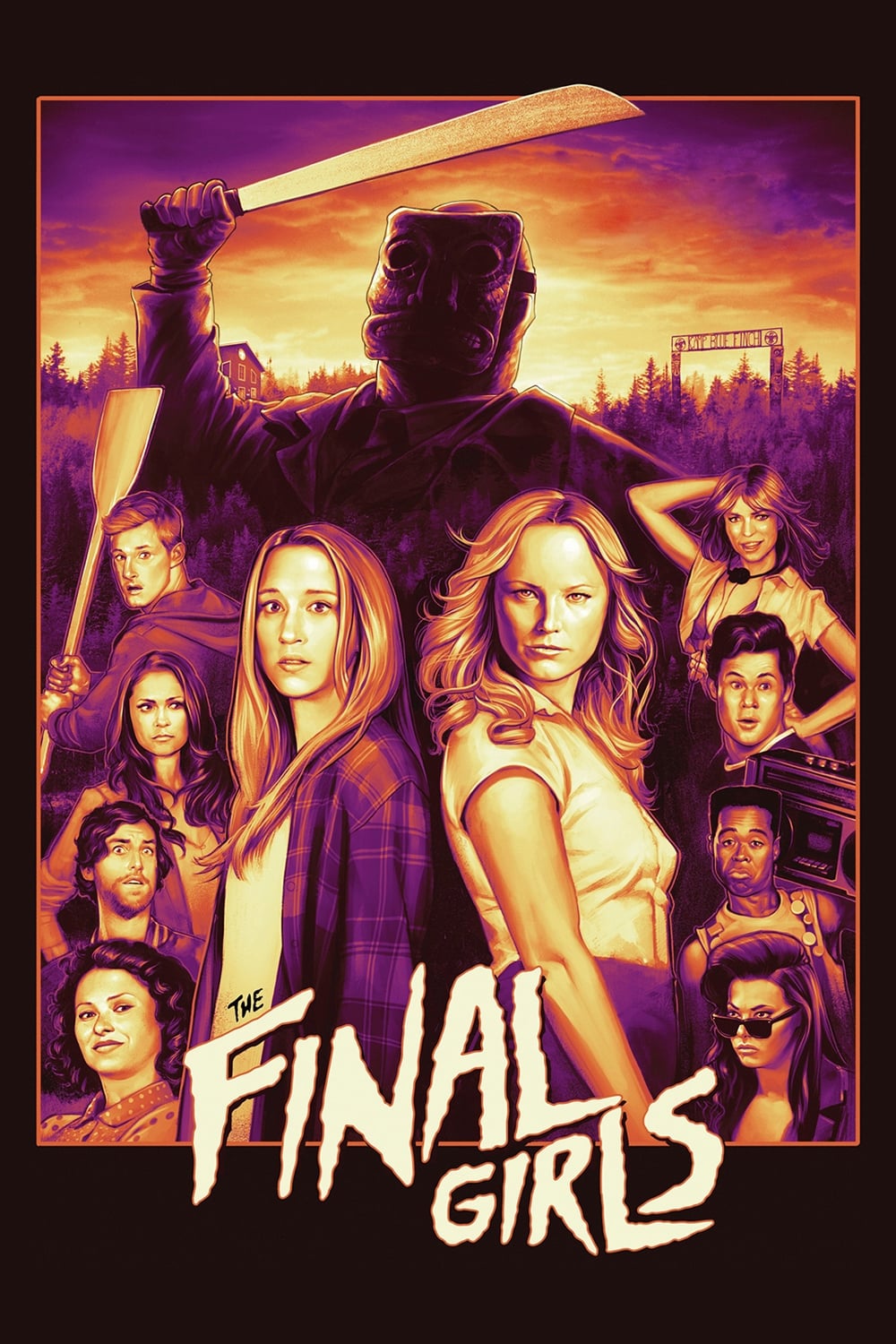
A young woman steps into the world of the horror film that launched her mother’s career, and attempts to rewrite the story to save the characters. The group experiments with how elements like flashbacks and scene changes affect the plot, and they question the trope of the final girl – the last survivor who always confronts the killer by herself.
Changes between the movie’s story and interruptions from the real world are signaled by visual hints, such as chapter headings and short musical phrases. Fake weapons, hidden traps, and a map of the cabin all serve as ways to change what viewers expect to happen.
‘Little Shop of Horrors’ (1986)
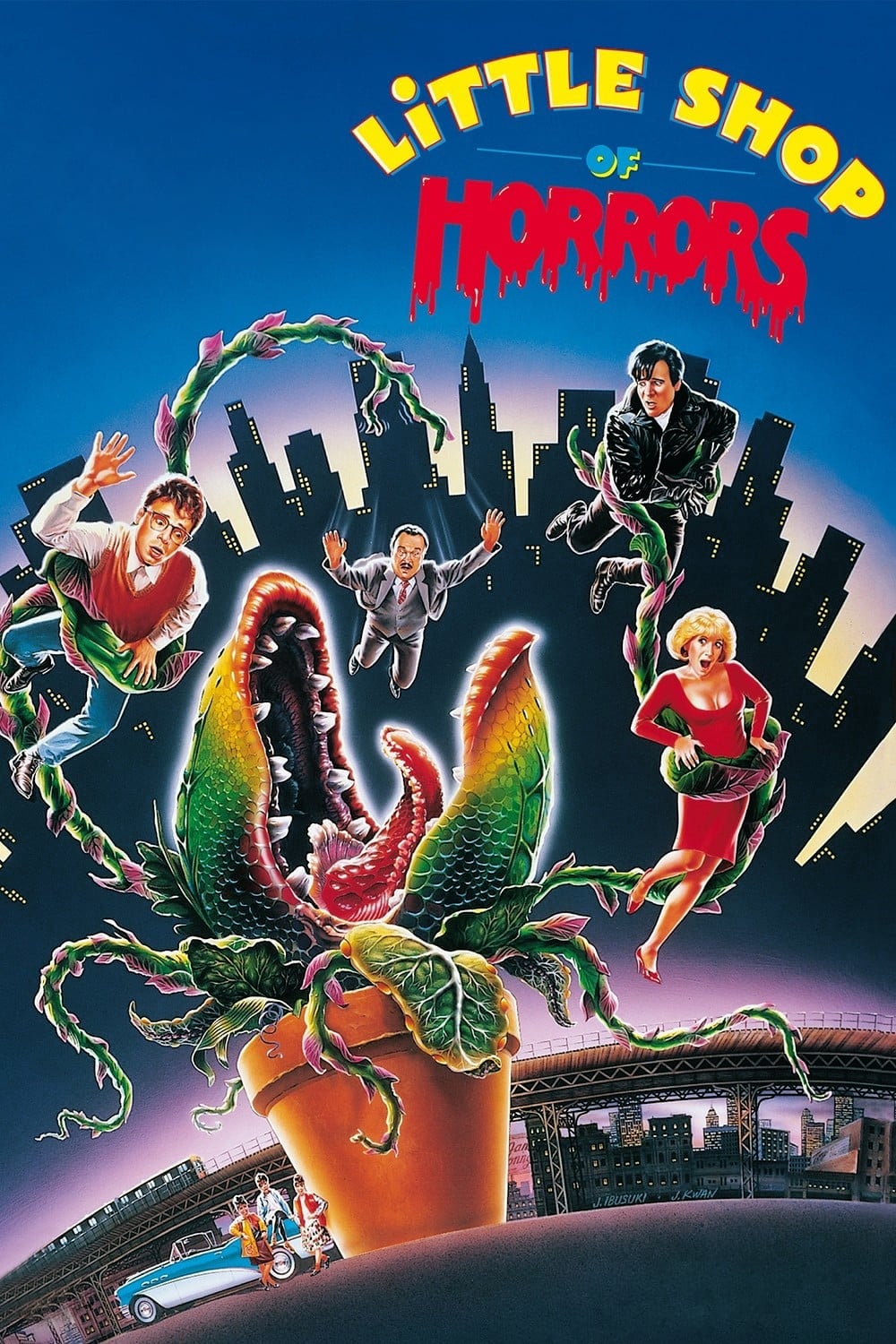
A florist’s helper nurtures a plant that needs blood to grow, and it eventually becomes a talking being with ambitions for recognition and power. Because the flower shop is on a declining street, the plant cleverly uses radio and television to gain notice.
The story uses musical numbers to reveal what drives the characters and how the plant came to be, employing a fun, doo wop style for the chorus parts. The scenes are set in places like a dentist’s office – featuring a mechanical chair – and a rooftop used for important talks and negotiations.
‘Housebound’ (2014)
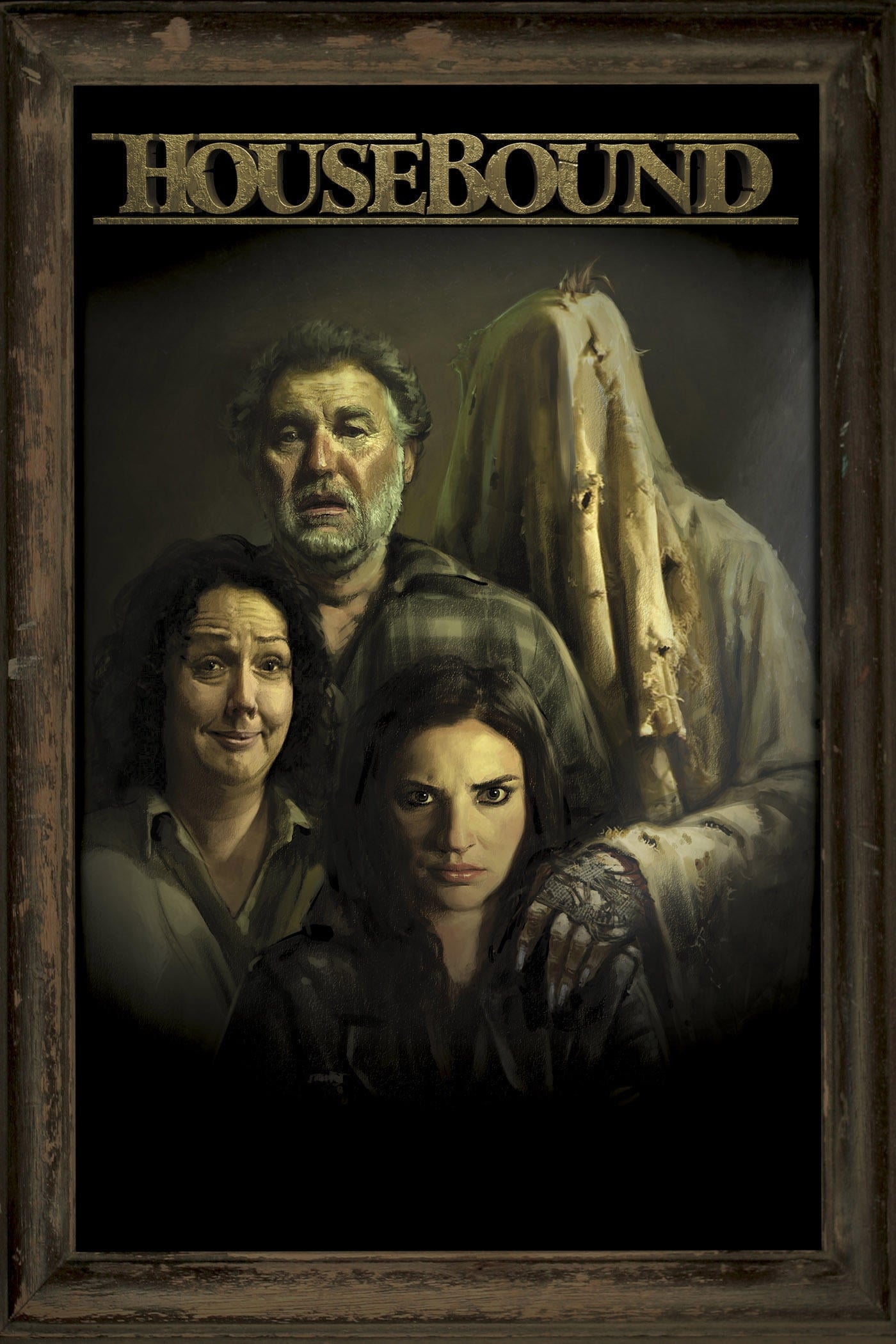
A woman serving home detention at her mother’s house begins to believe someone is secretly living inside the walls. The investigation unfolds with the help of monitoring devices, motion sensors, and regular check-ins from her parole officer. Home detention creates a unique and unsettling scenario.
The investigation uncovered concealed areas for crawling, a mask, and a link to a former mental health institution. Records show a history of mistaken alerts, altered electrical wiring, and a comprehensive list detailing who has access to each entryway. This information is crucial to understanding the situation. Further investigation is needed. See details.
As a huge Halloween fan, I’m always looking for the perfect movie marathon! I’d love to hear what double features you guys are planning this October, and if you have any hidden gems you think everyone should check out. Let’s share our ideas in the comments and help each other create the ultimate Halloween movie lineup! Share your picks!
Read More
- Silver Rate Forecast
- Gold Rate Forecast
- Красный Октябрь акции прогноз. Цена KROT
- MSCI’s Digital Asset Dilemma: A Tech Wrench in the Works!
- Bitcoin’s Ballet: Will the Bull Pirouette or Stumble? 💃🐂
- Dogecoin’s Big Yawn: Musk’s X Money Launch Leaves Market Unimpressed 🐕💸
- Binance and Botim Money Join Forces: Crypto in the UAE Gets a Boost-Or Does It? 🚀
- 🚀 Cardano’s NIGHT Token: A Tale of Insanity, Dumplings, and $10B Dreams! 🌙
- 🤑 Coinbase’s Solana DEX: A Bridge or a Heist? 🤔
- Guardian Wealth Doubles Down on LKQ Stock With $1.8 Million Purchase
2025-10-03 03:41